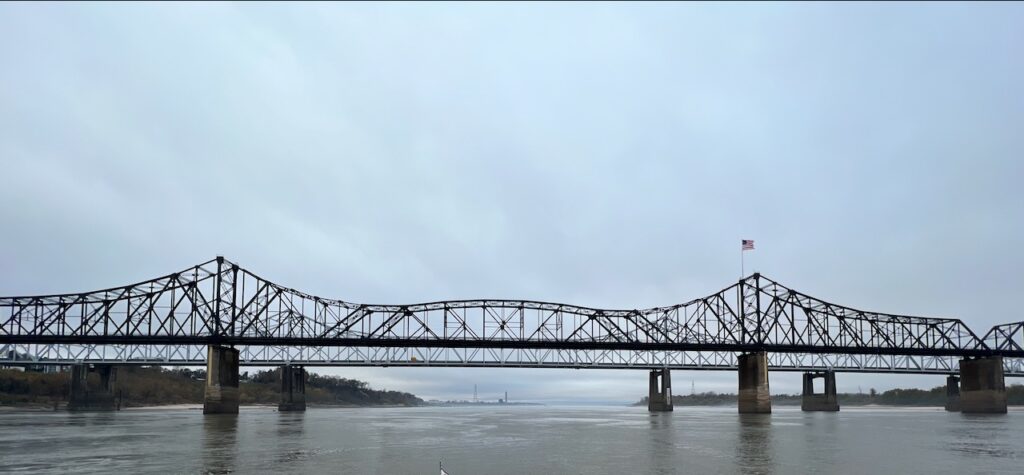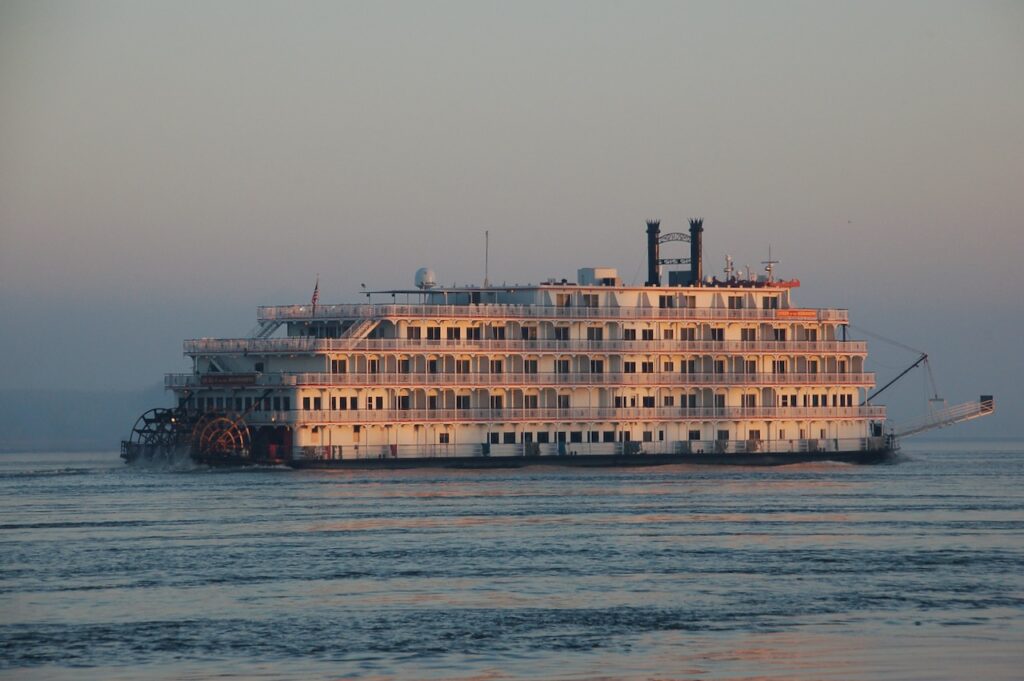…to live vicariously through you. Thank you for sharing!
Frohe Weihnachten 
…to live vicariously through you. Thank you for sharing!
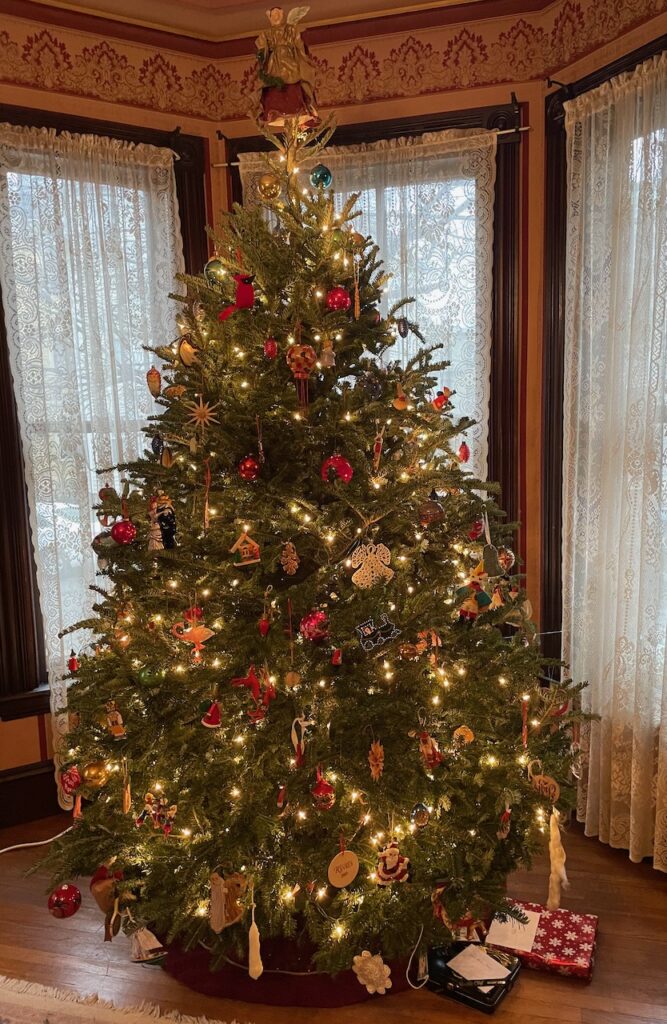
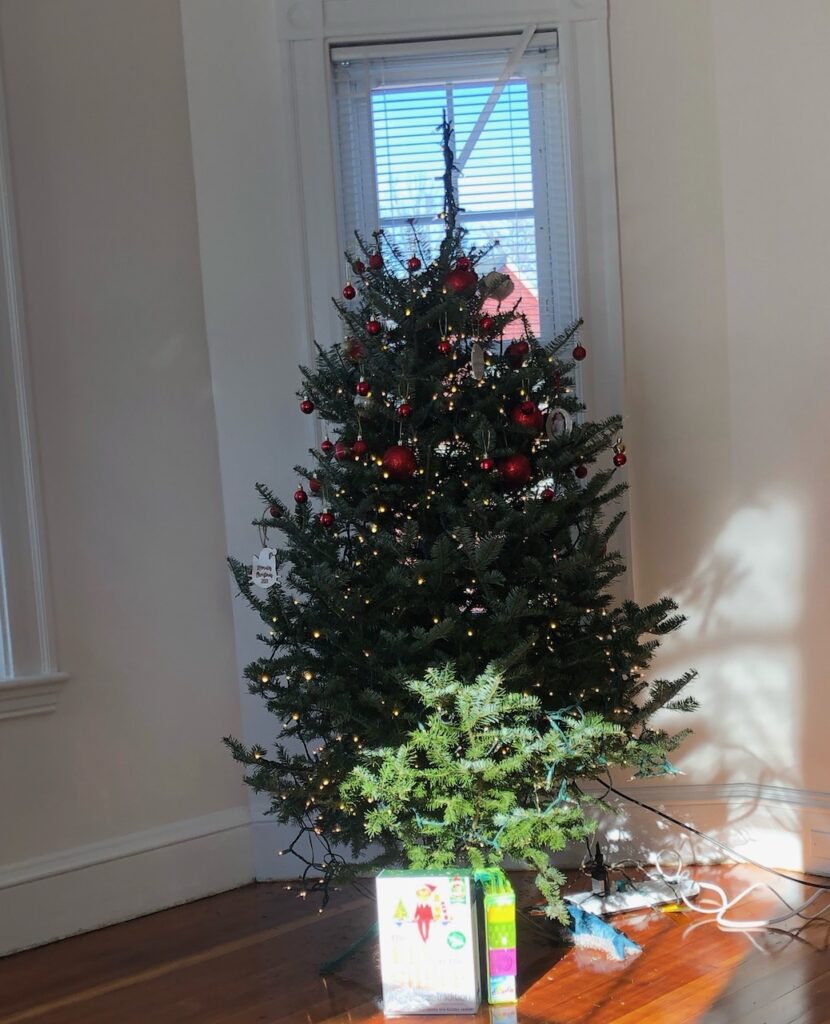
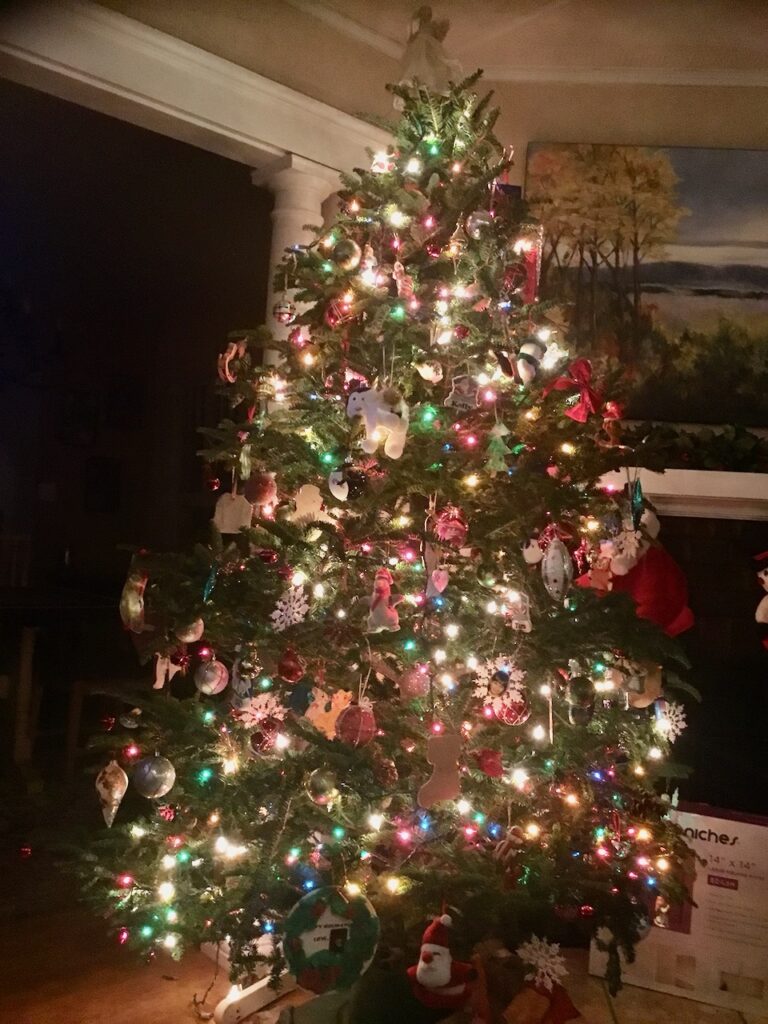
Frohe Weihnachten 
The Lower Mississippi was so worth it to arrive here!
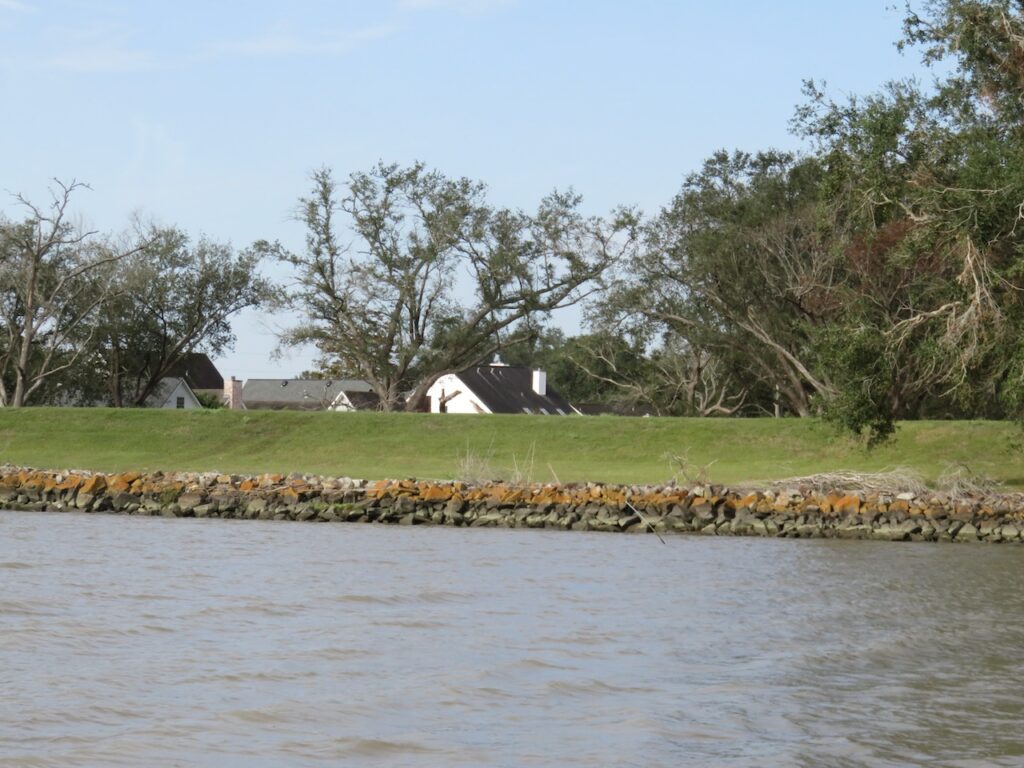
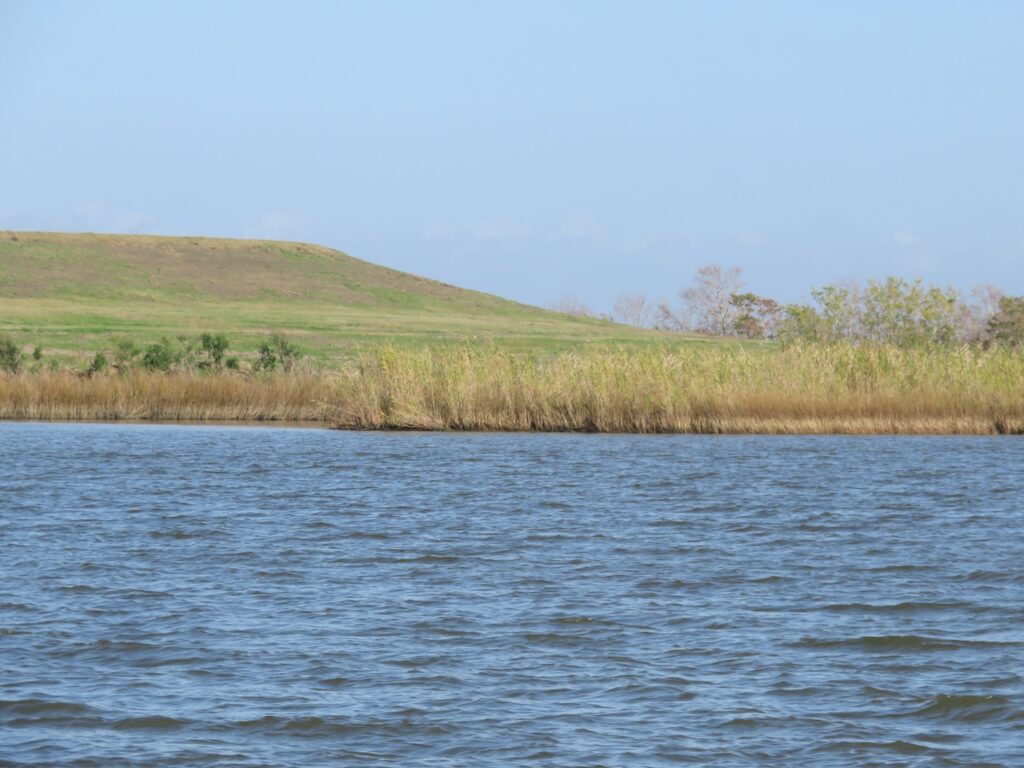
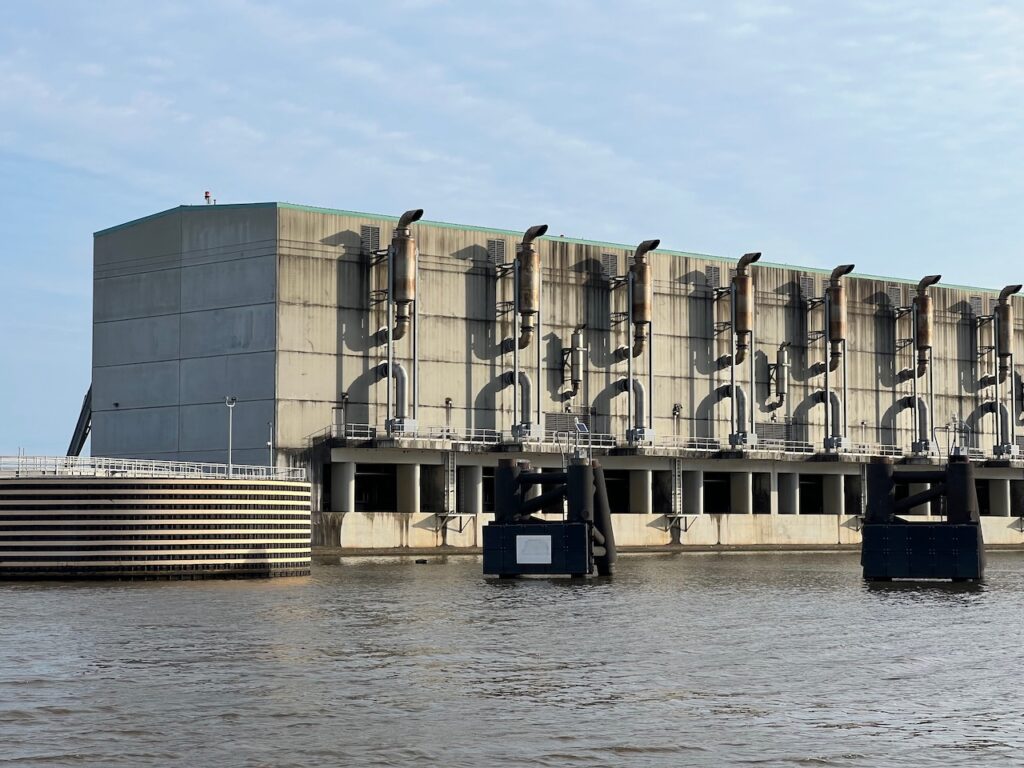
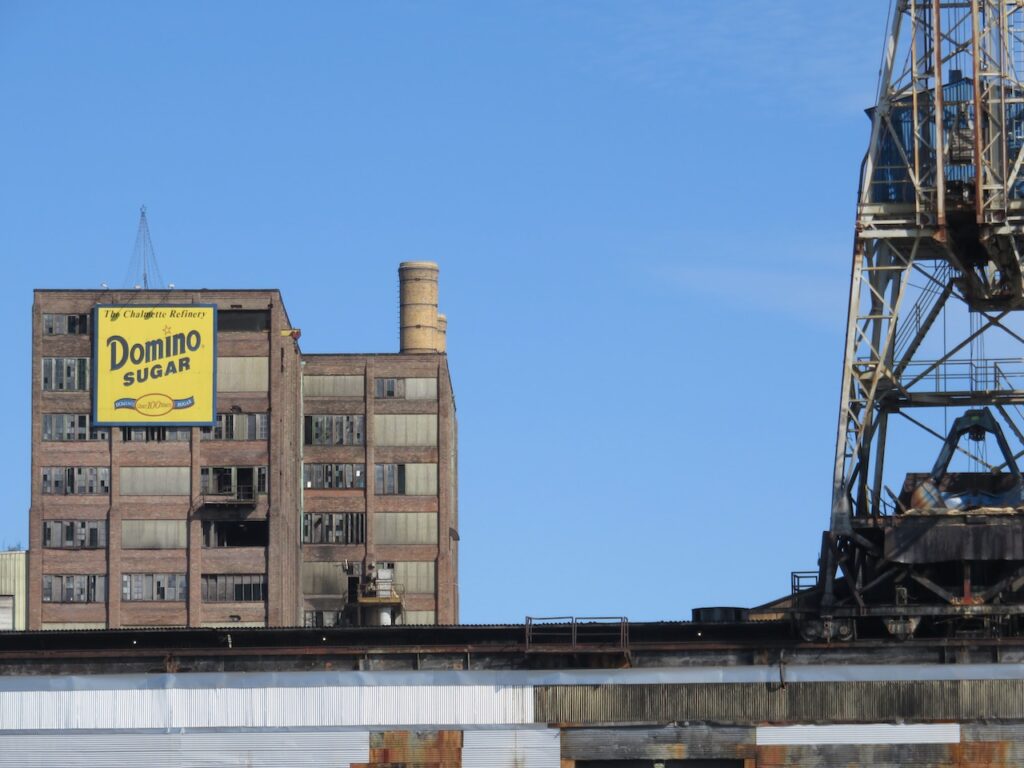

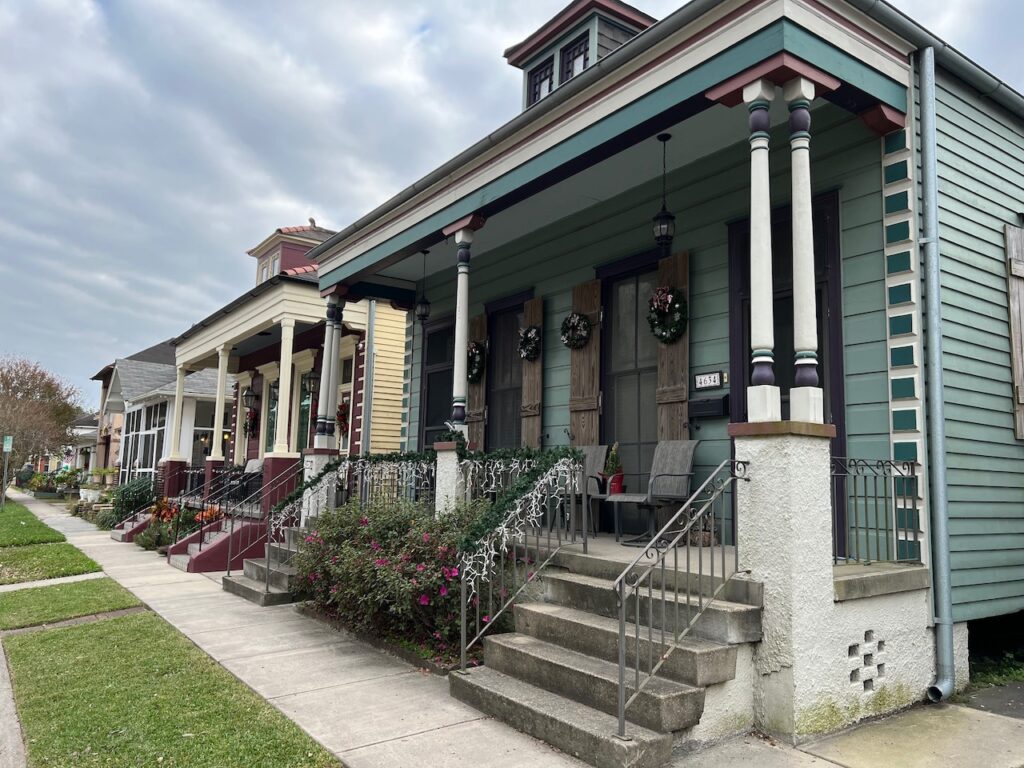

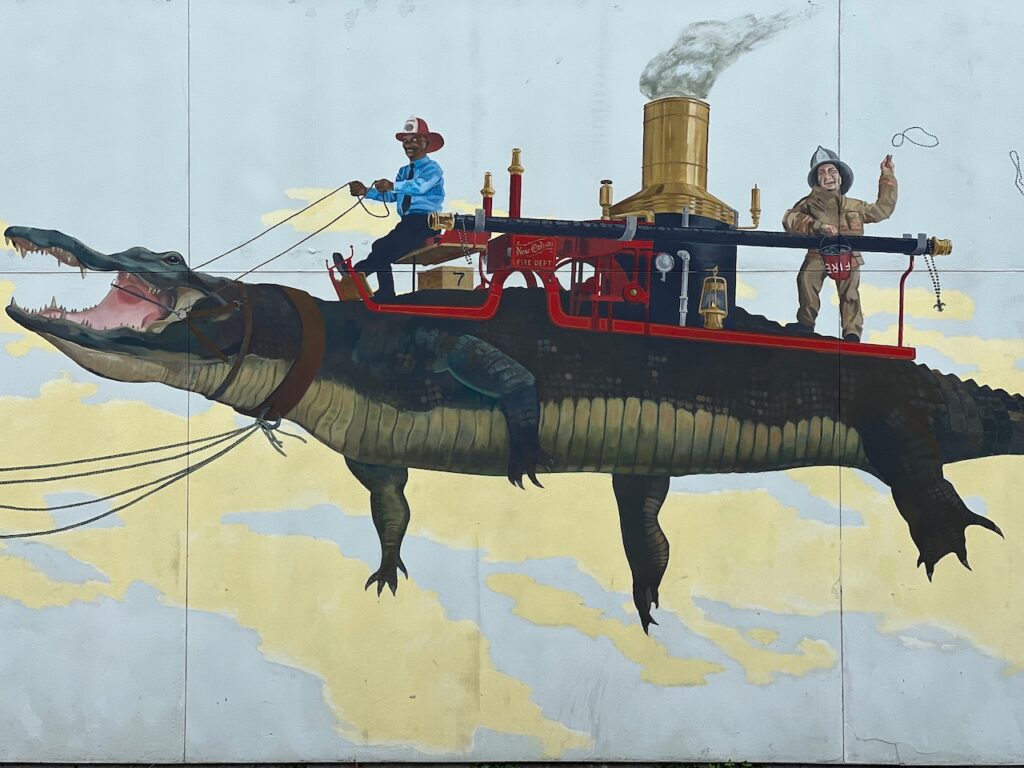
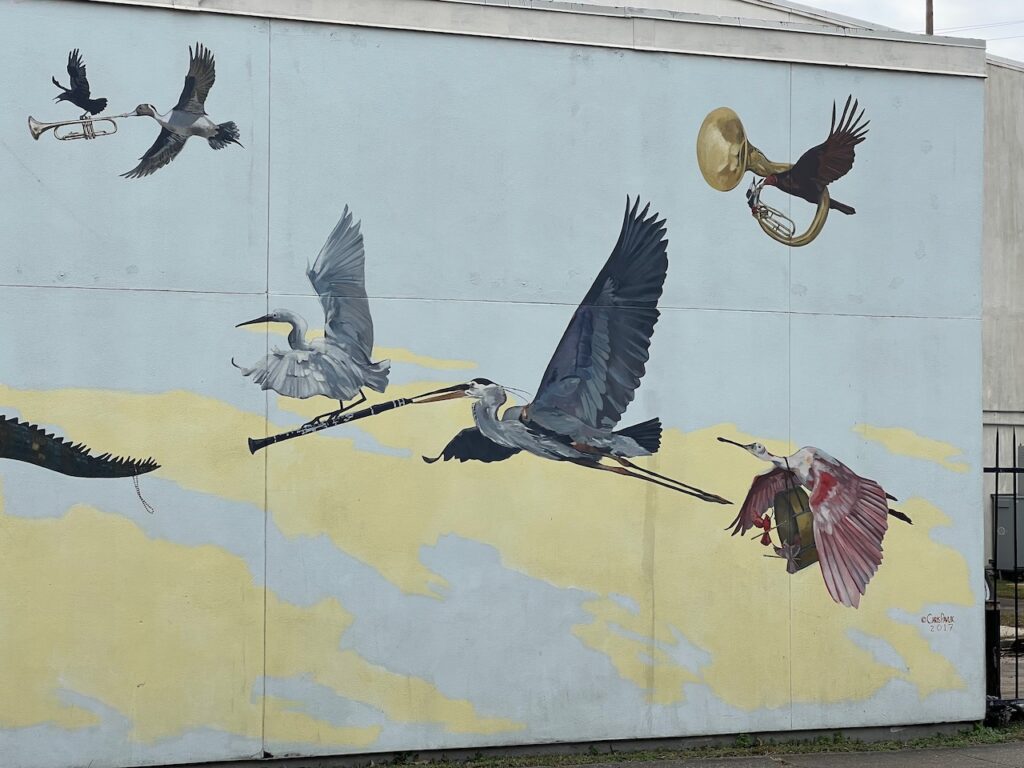
You gotta love a city with a sense of humor…
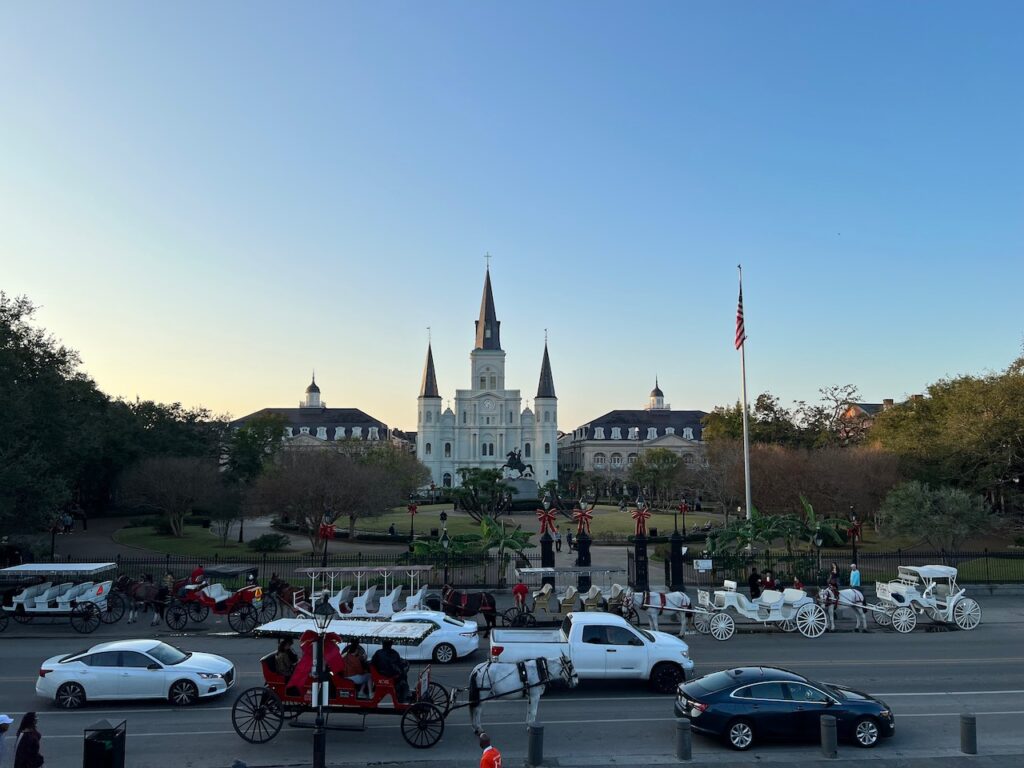
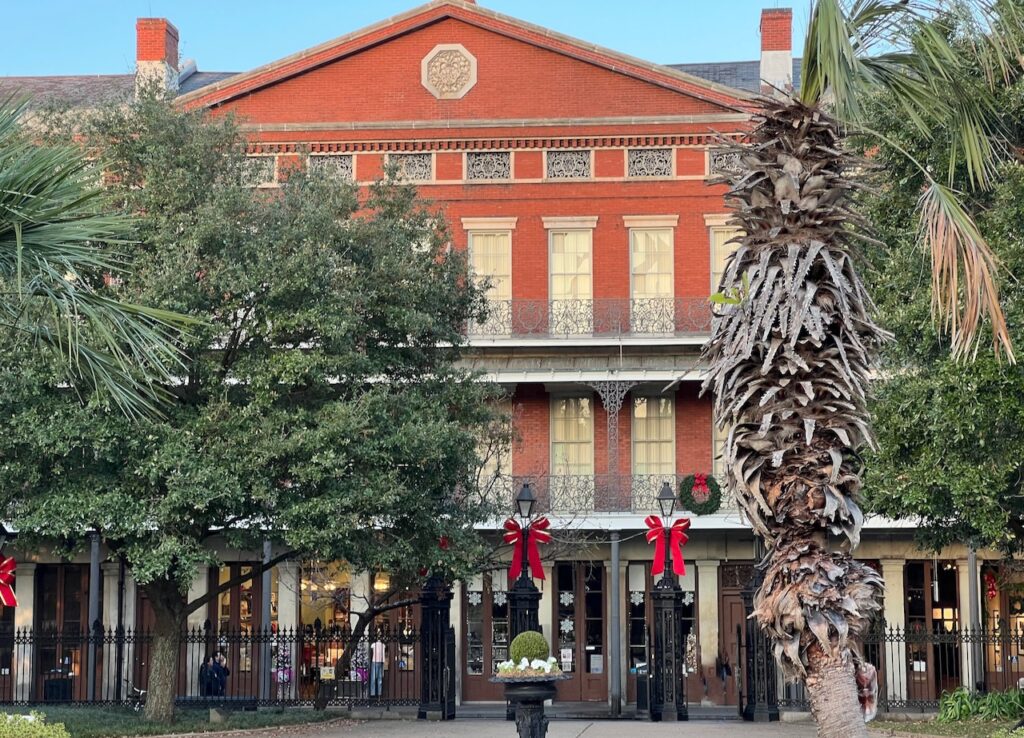
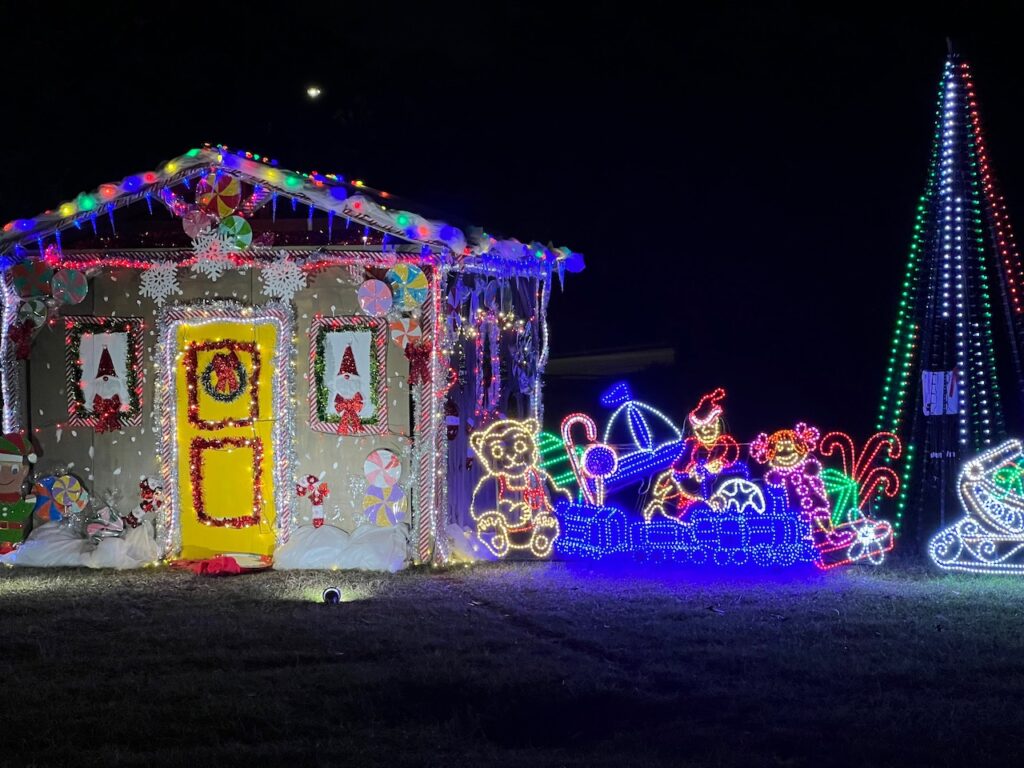
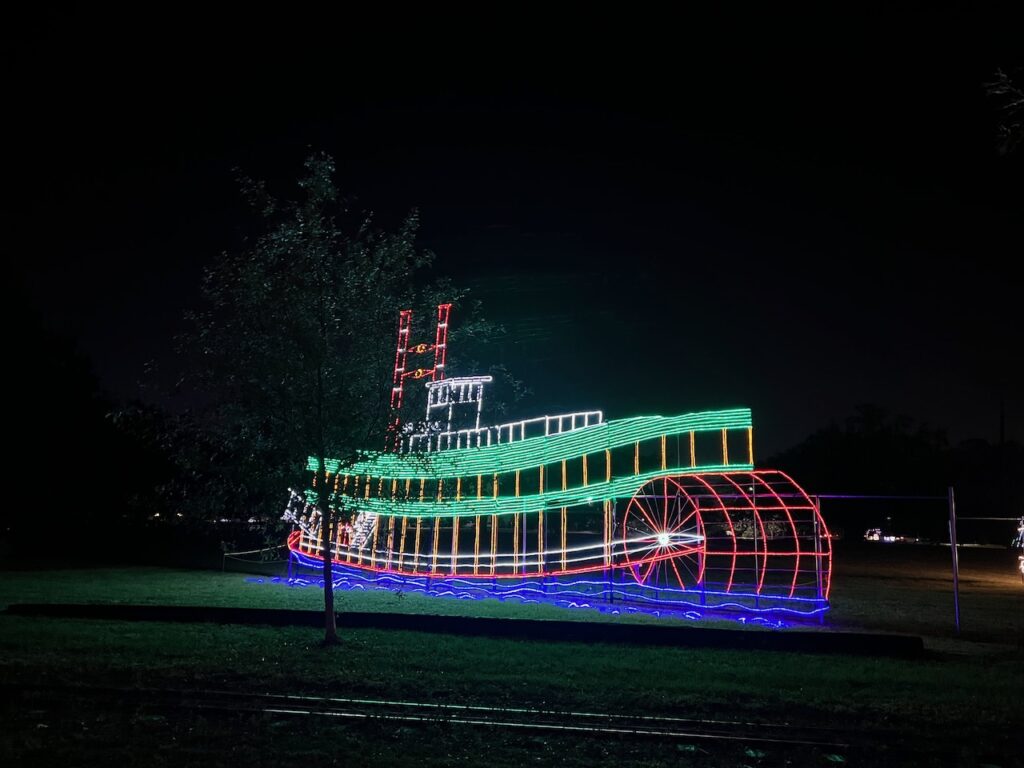
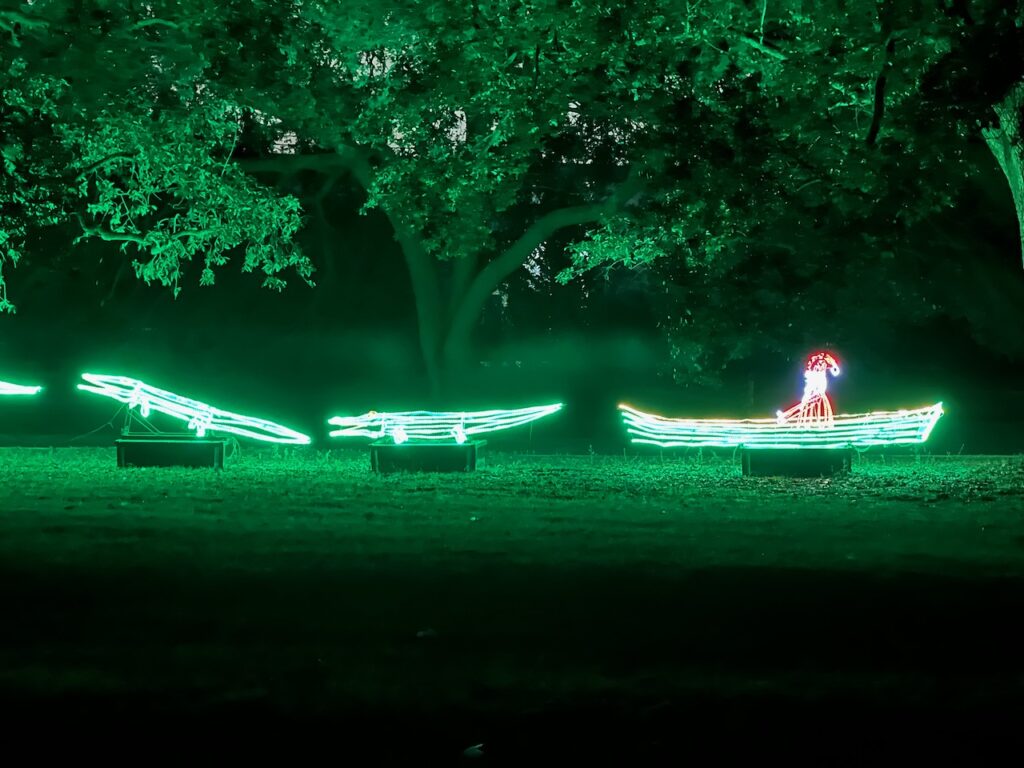
The Christmas lights in City Park (Celebration in the Oaks), 2.25 miles and over 1 million lights!
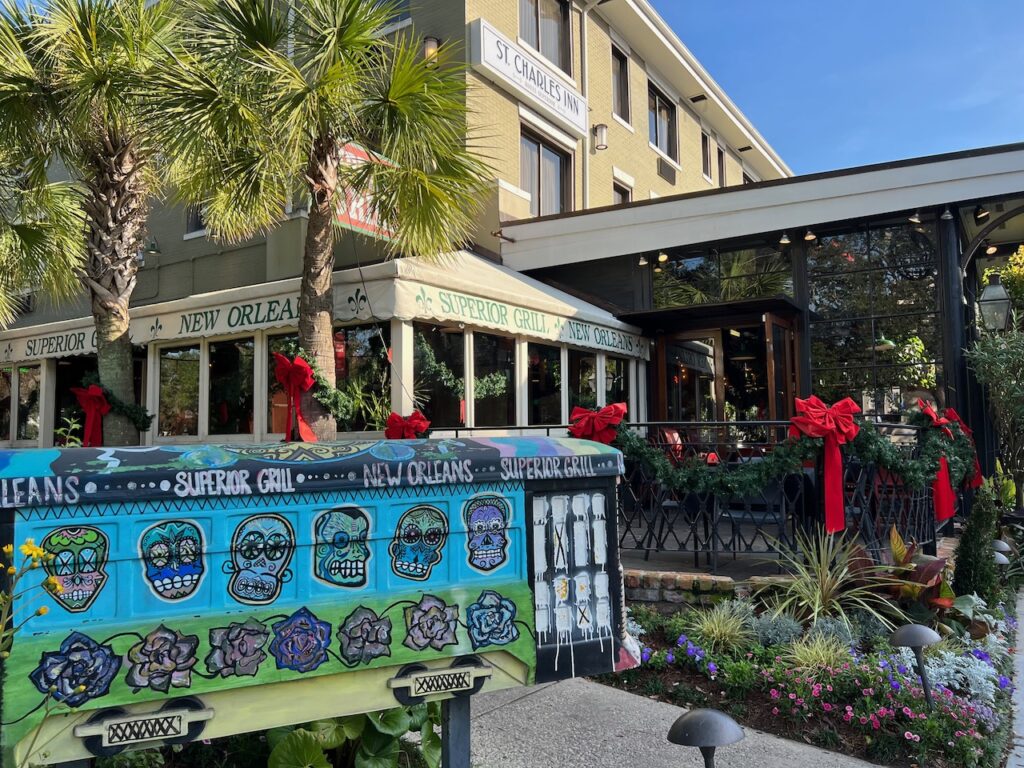

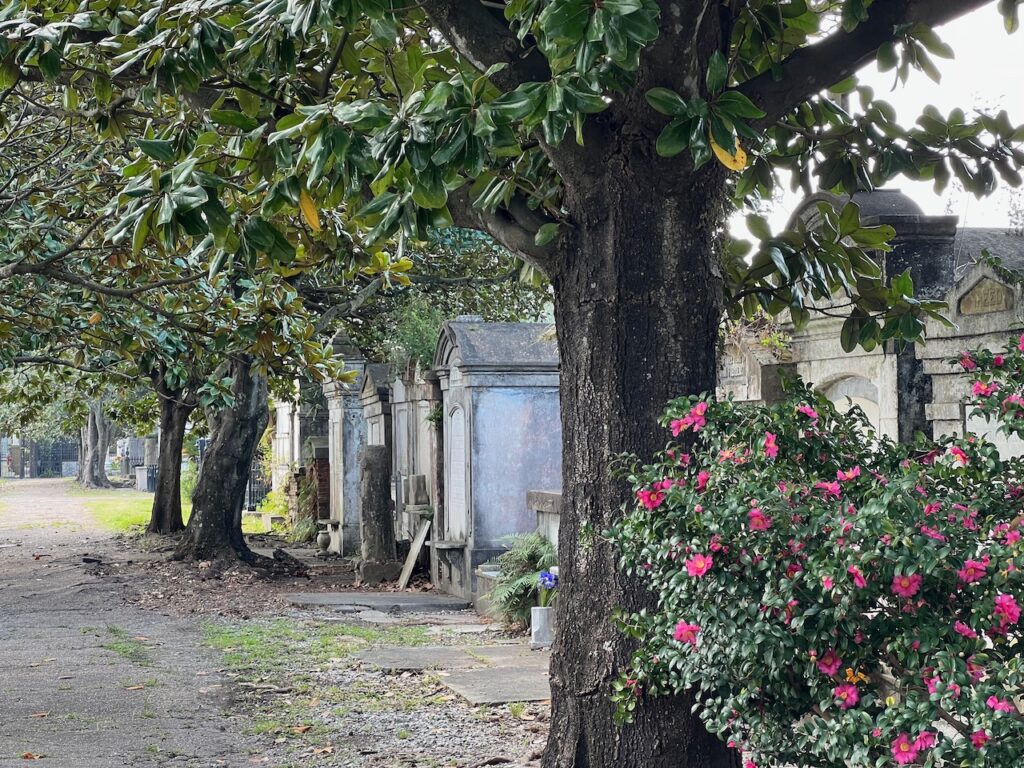
No one (practically) is buried, everyone is interred in these beautiful cemeteries.
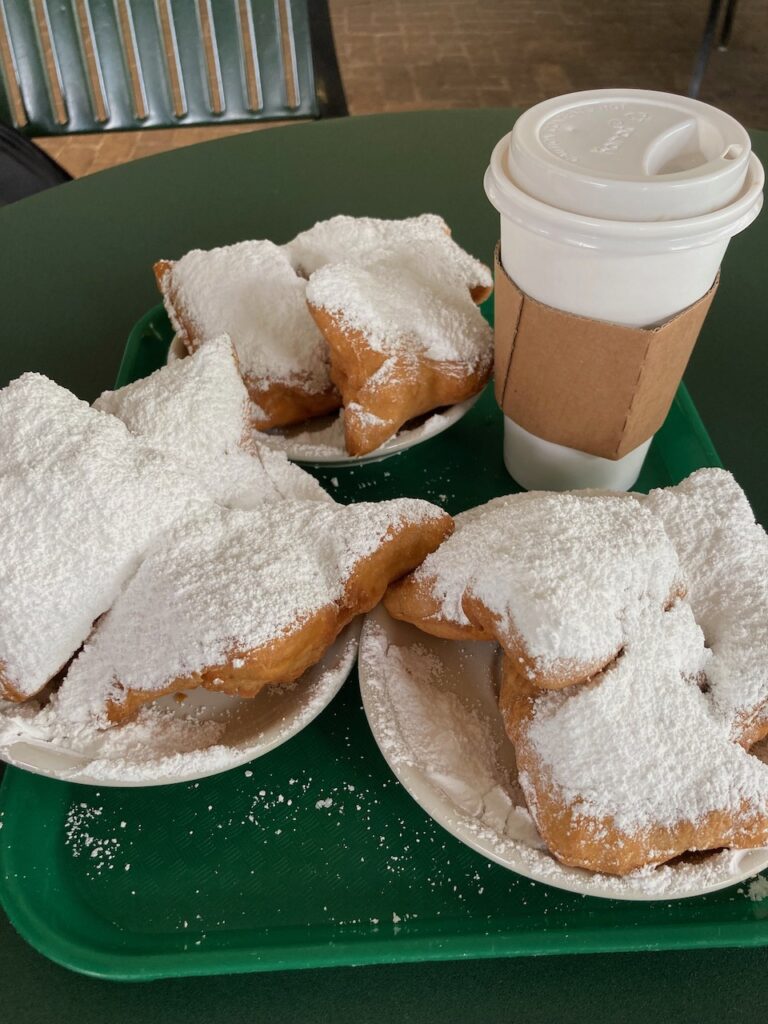



…where we meandered through the haunting bayous, past the land of blue-roofed houses, through Cajun parishes with names like Terrebonne and Cane to the culinary capital New Orleans. Nature’s raw beauty and savagery on full display…
The grassy banks of the inland bayous give way to cypress forests and shallow lakes as you get closer to the Gulf.

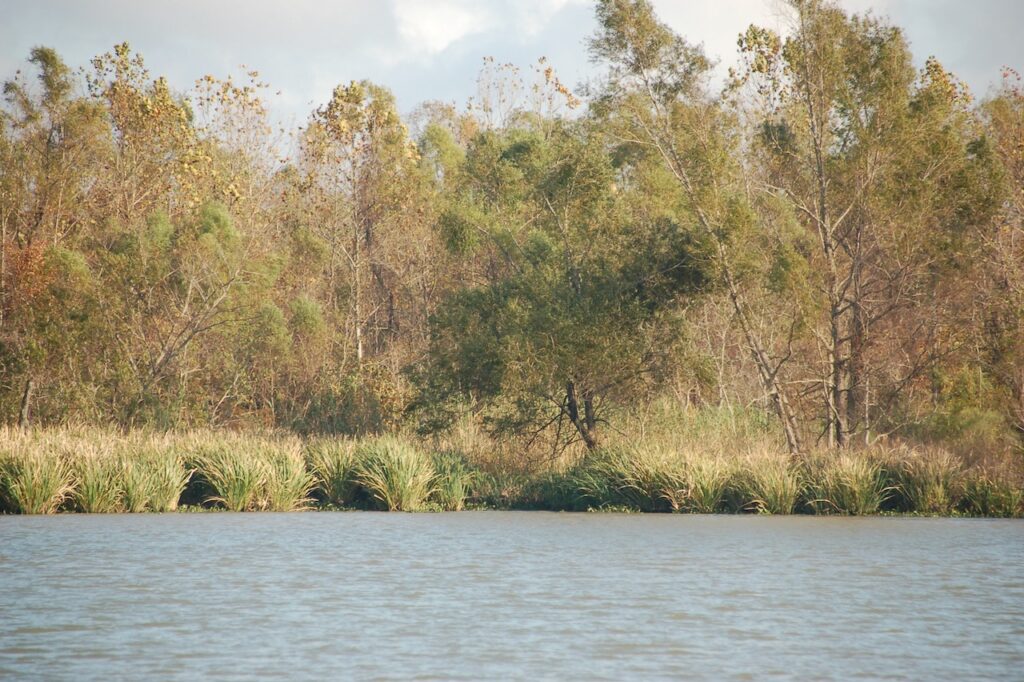



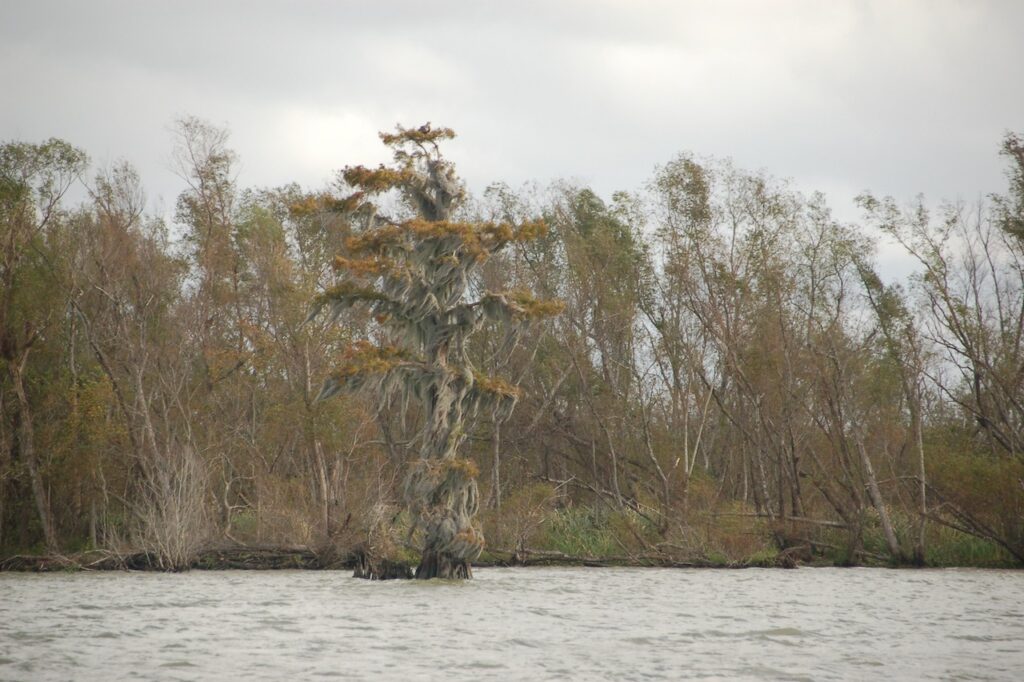
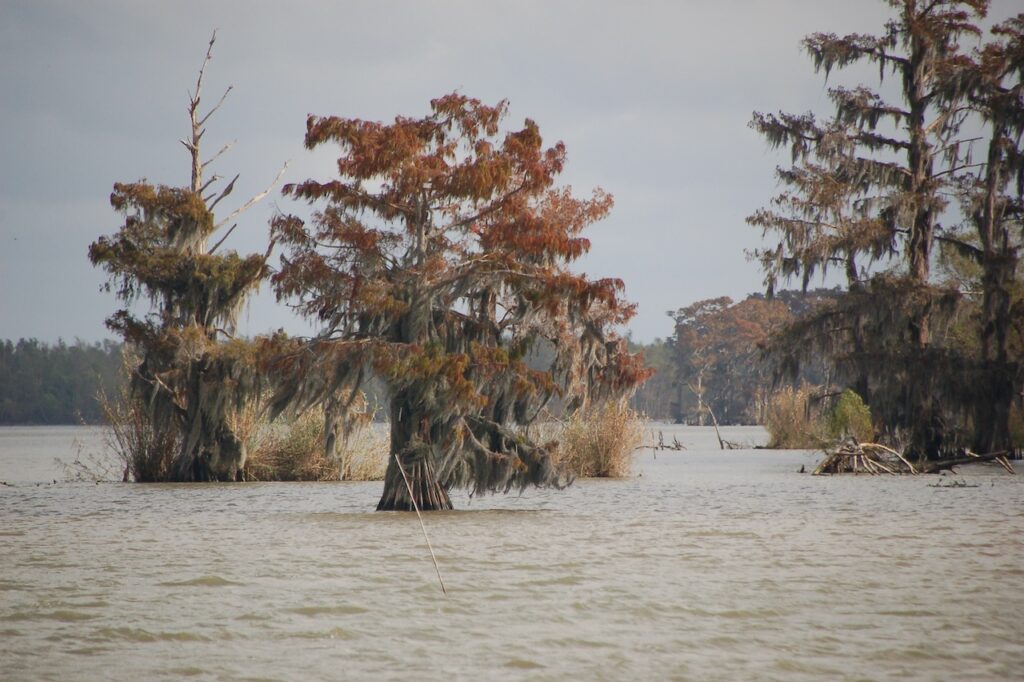
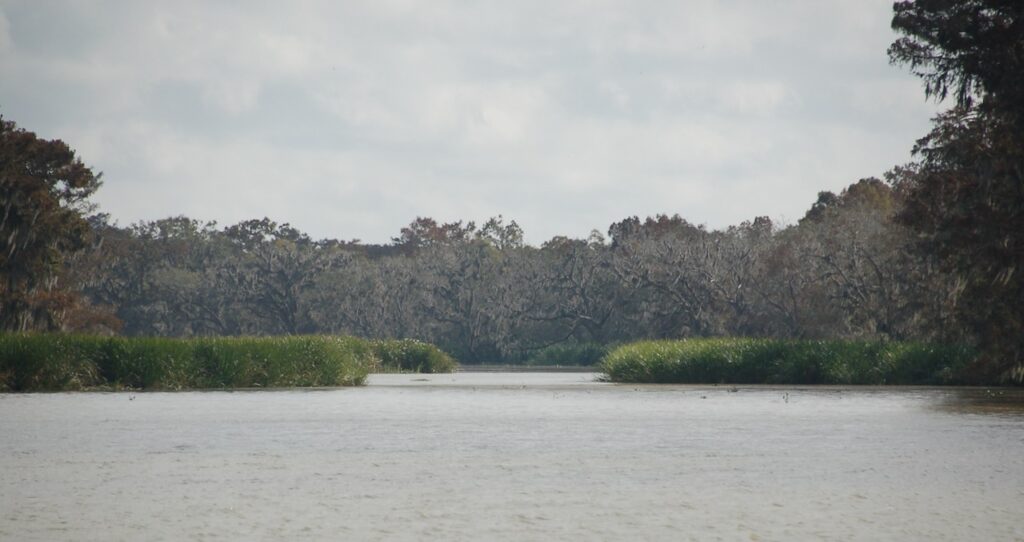
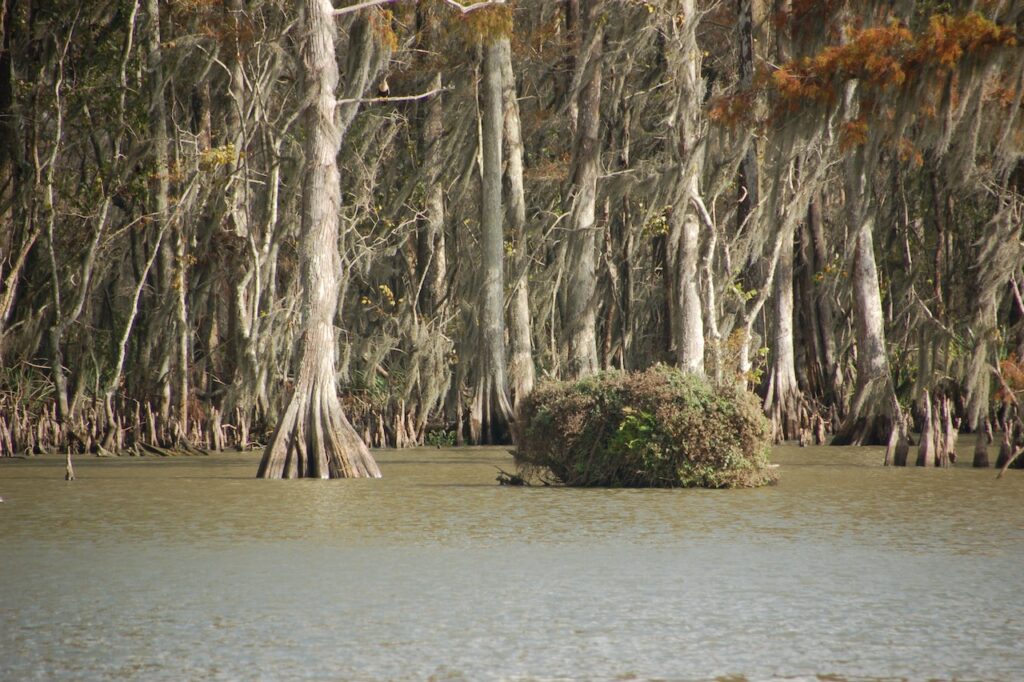
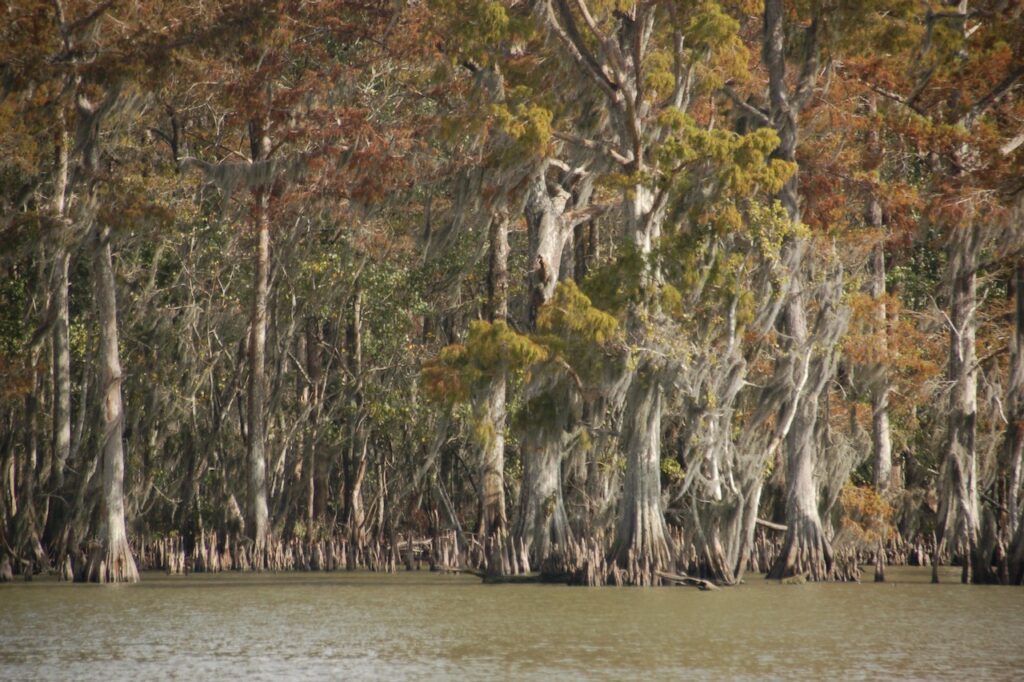
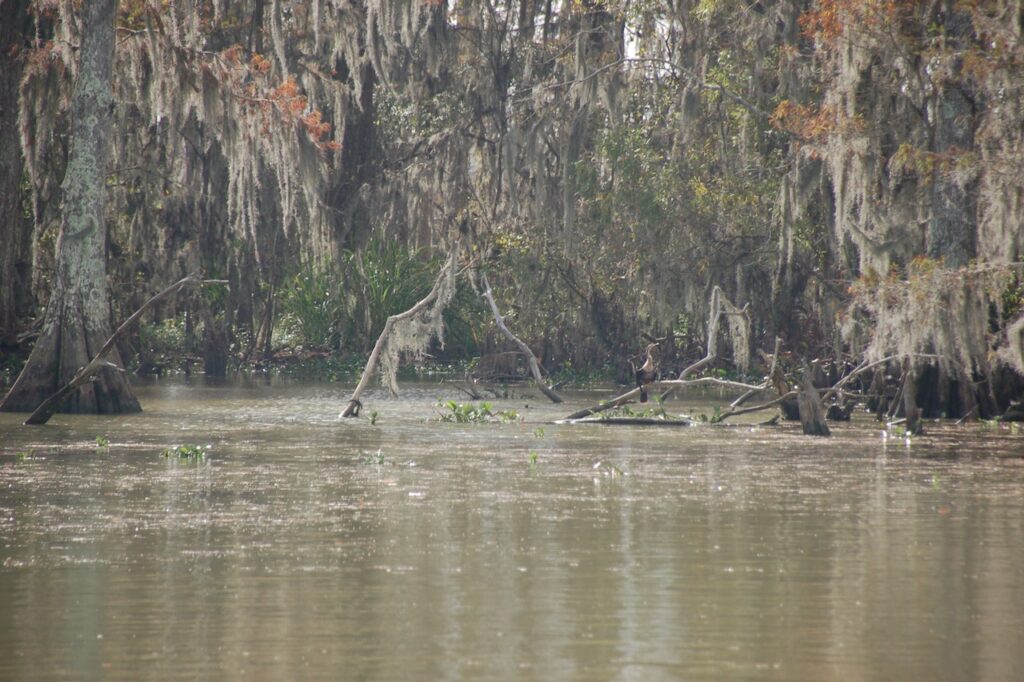

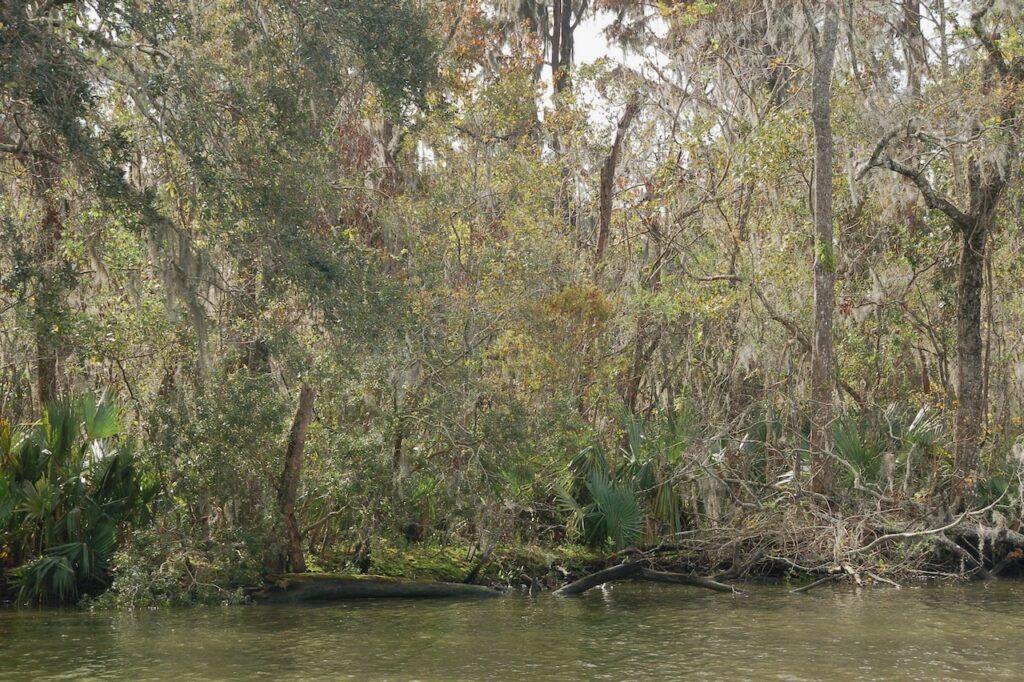

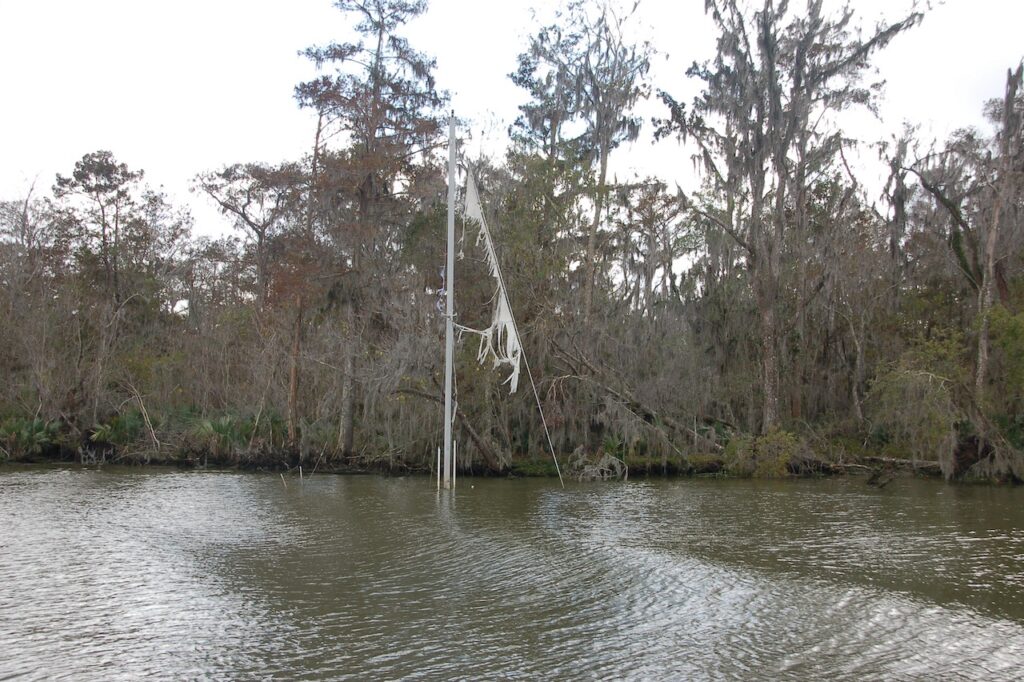
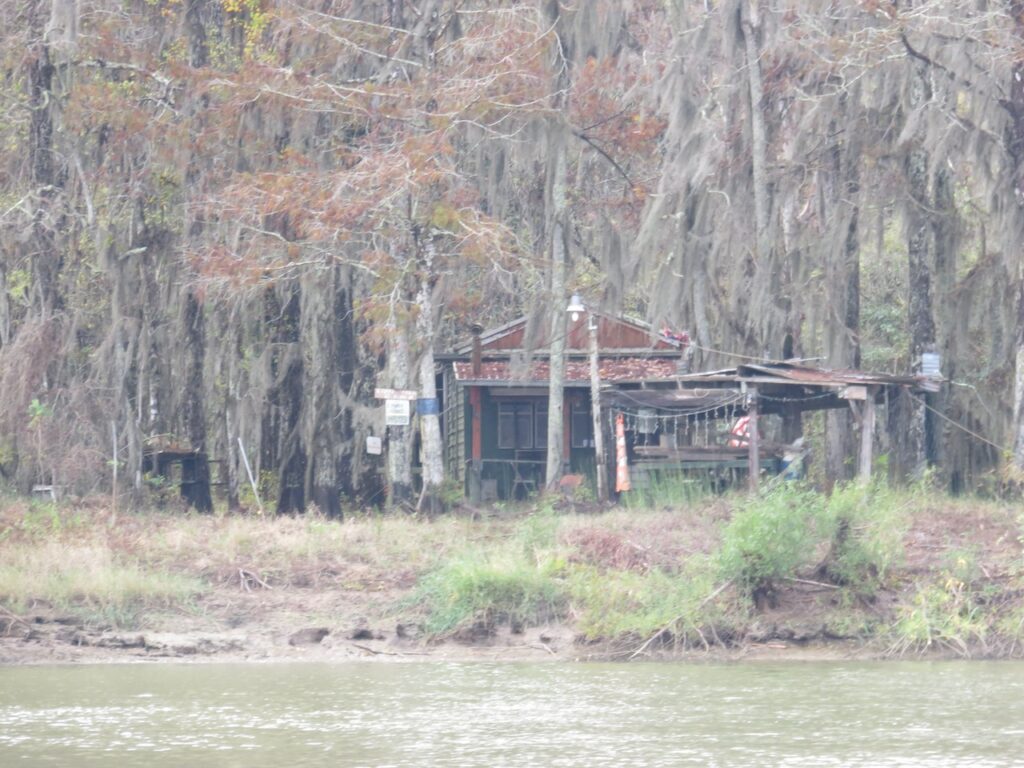
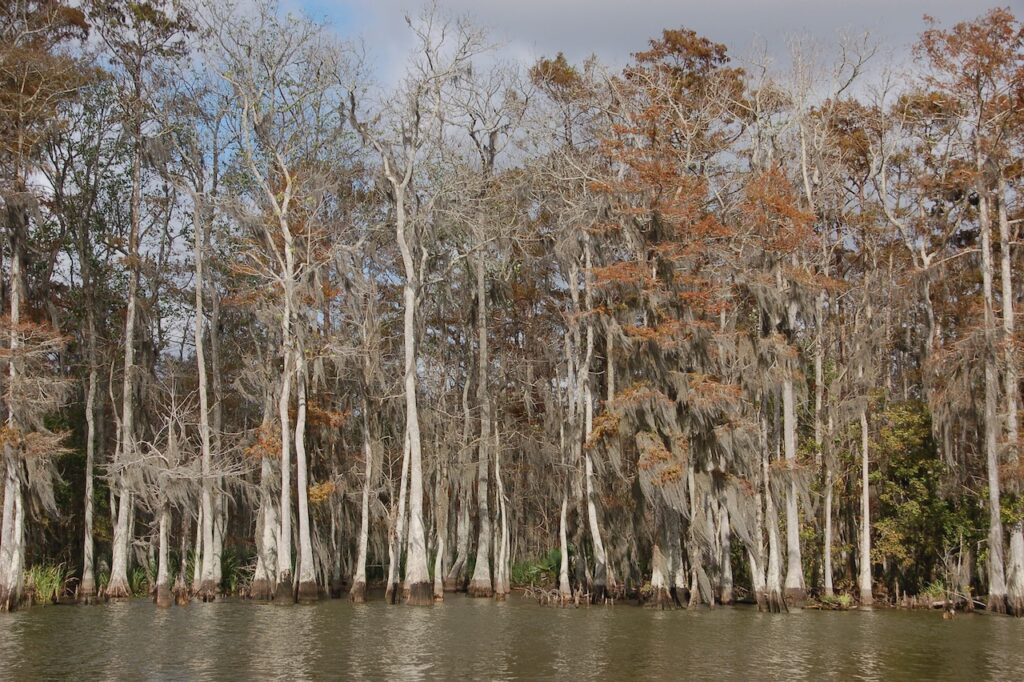
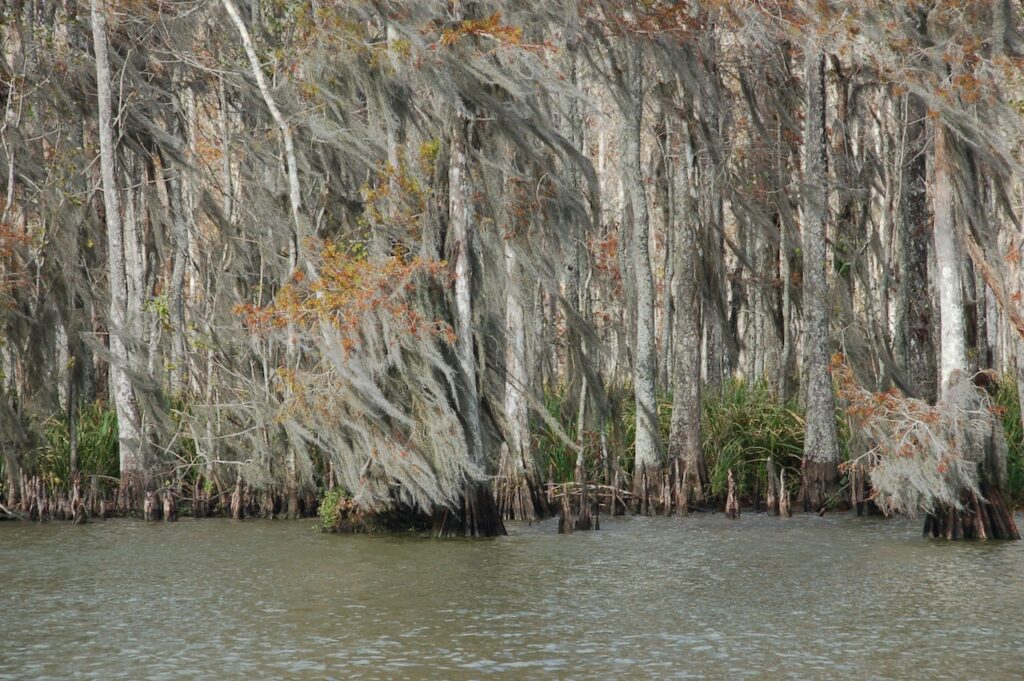

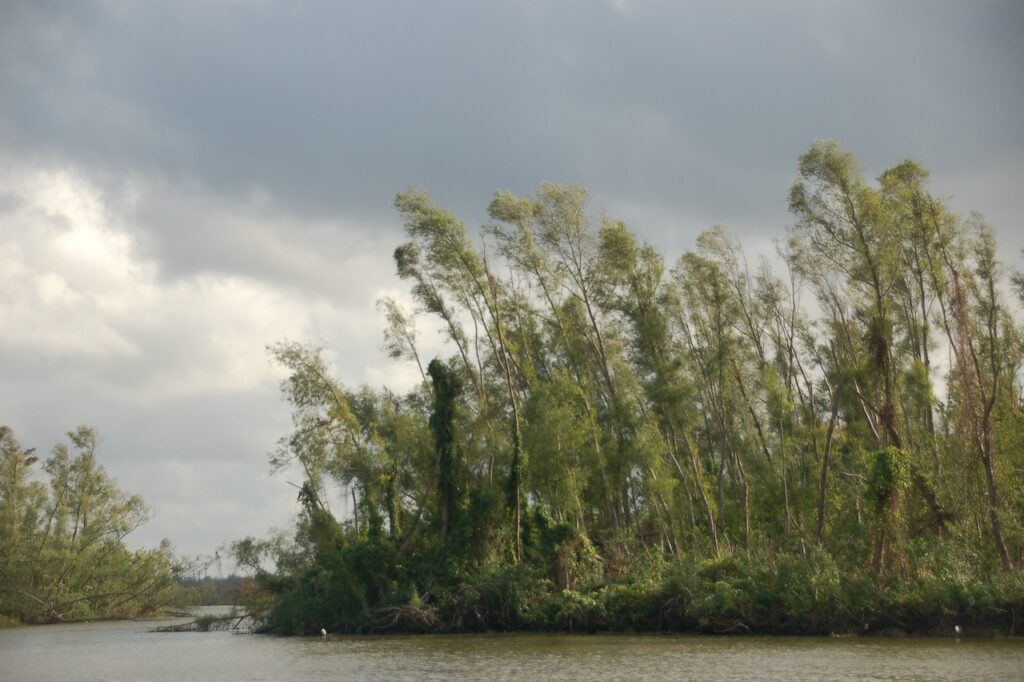
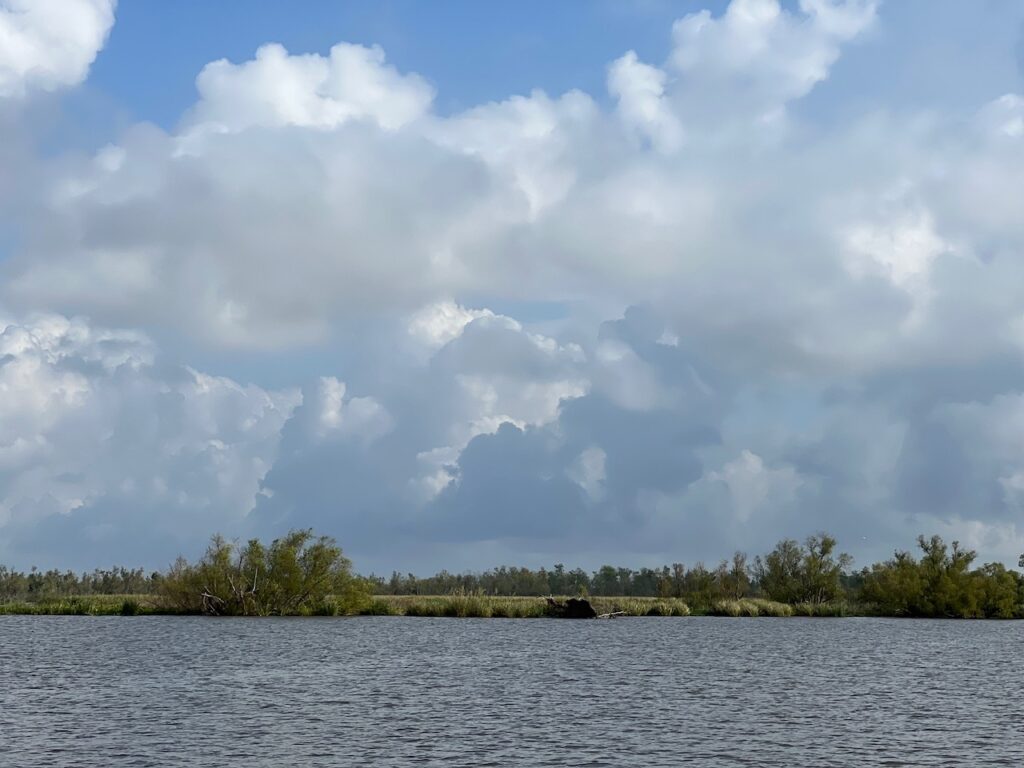
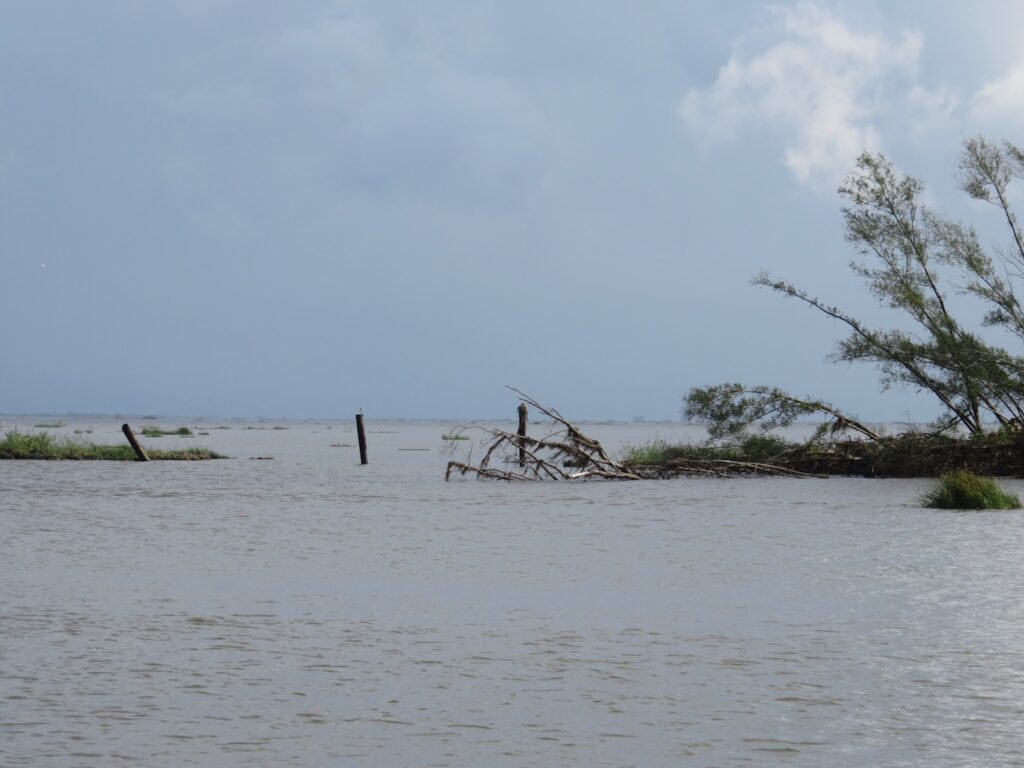
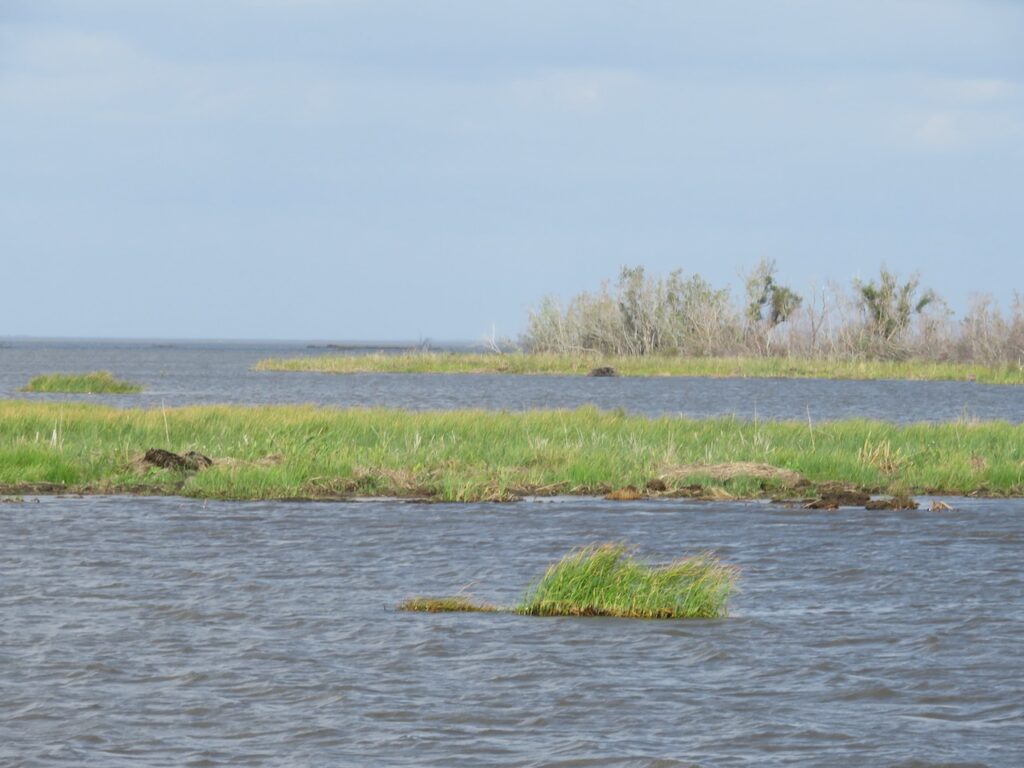
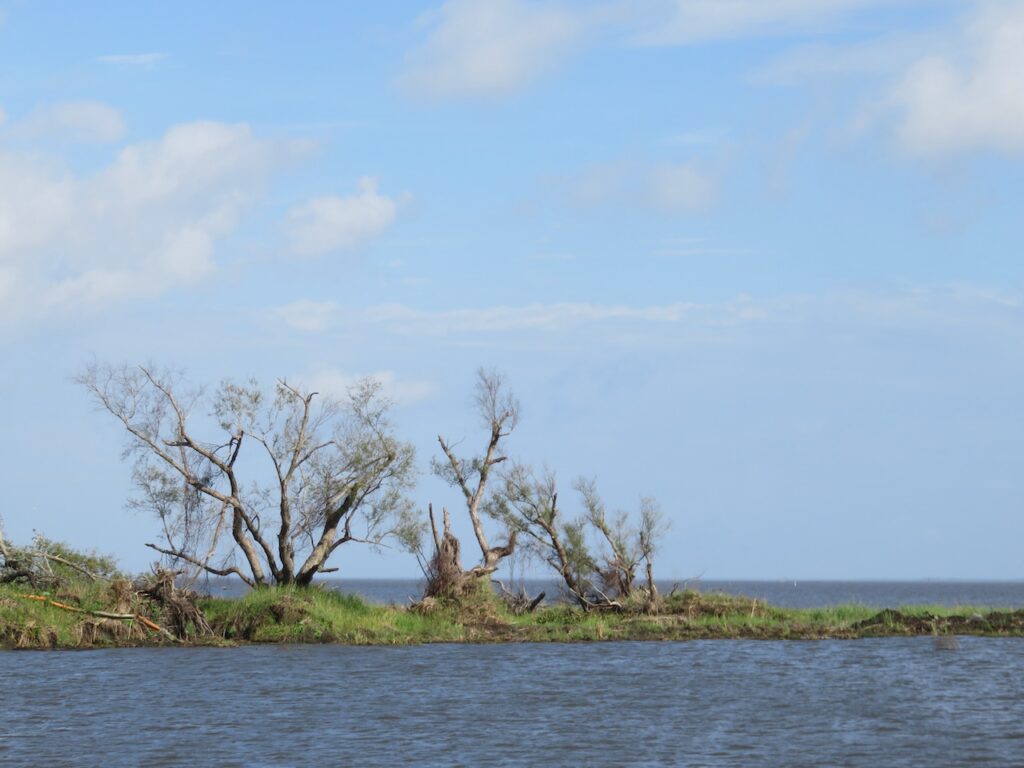

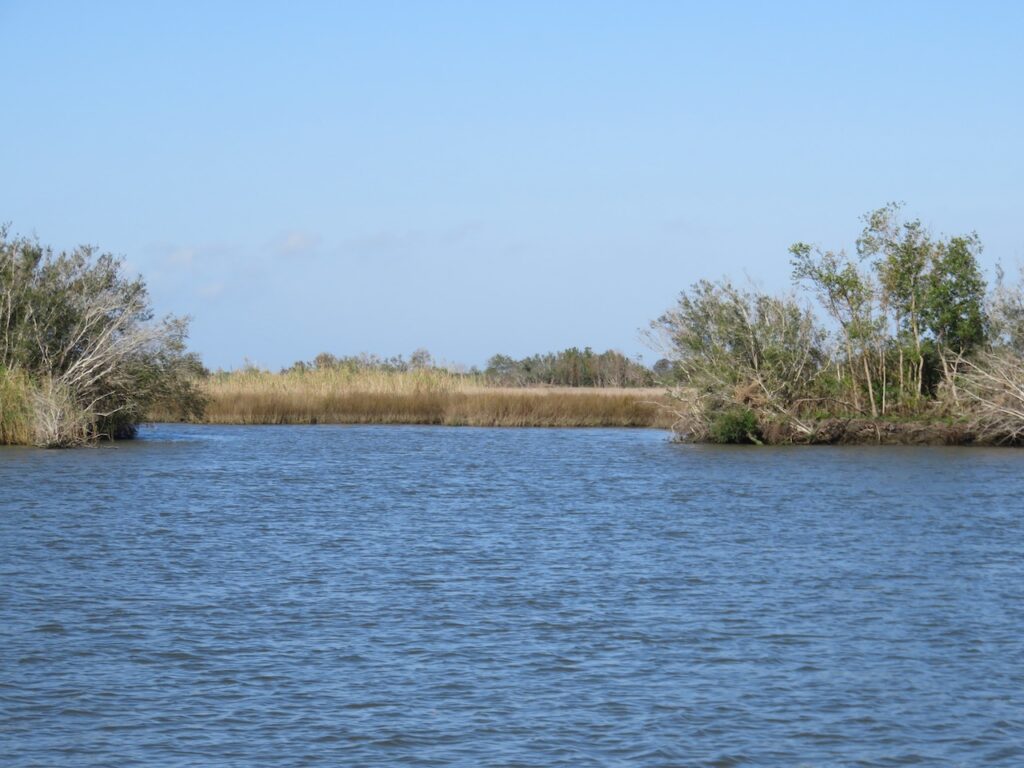
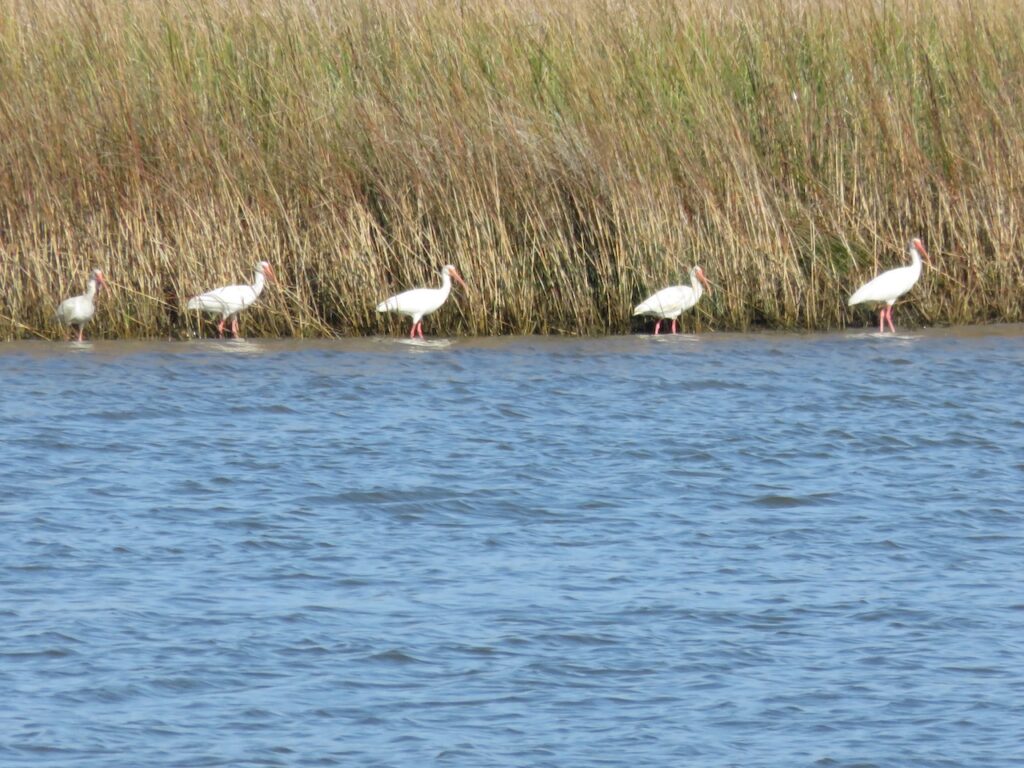
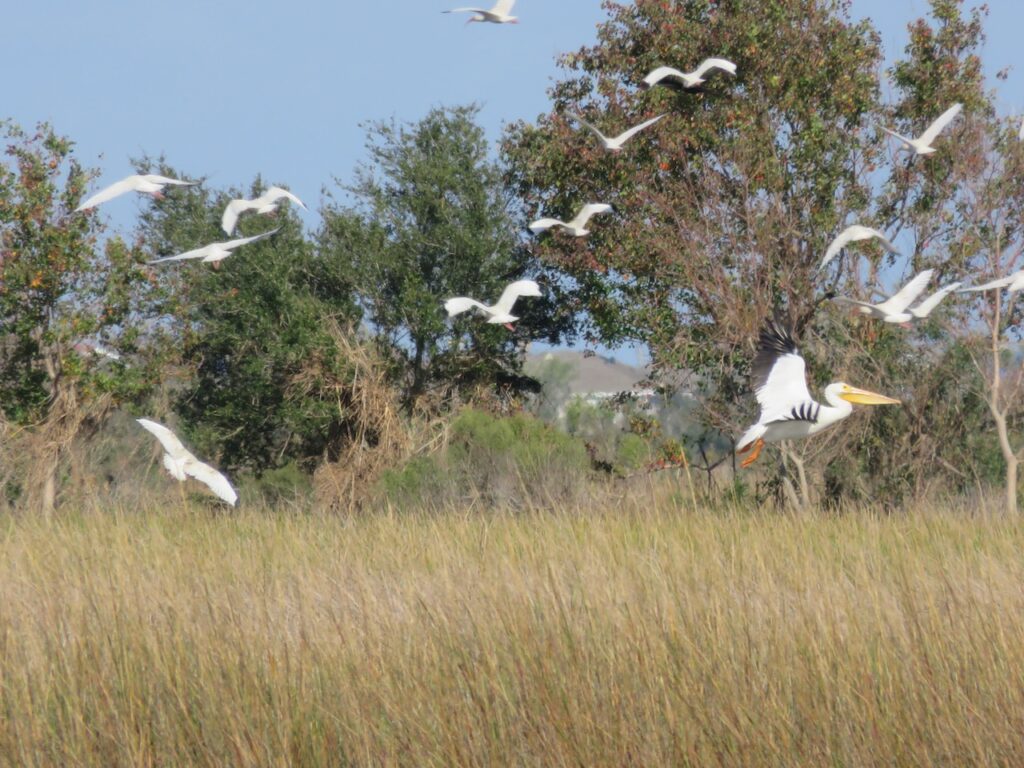
Scars from storms, recent and past, are everywhere in the bayous.


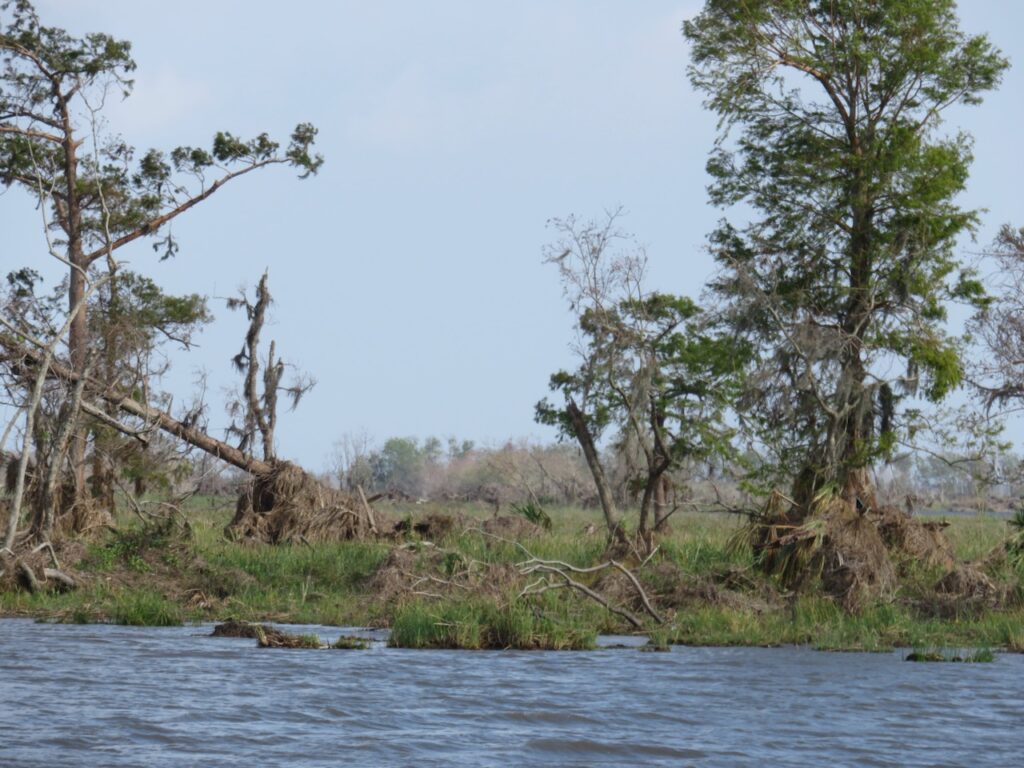
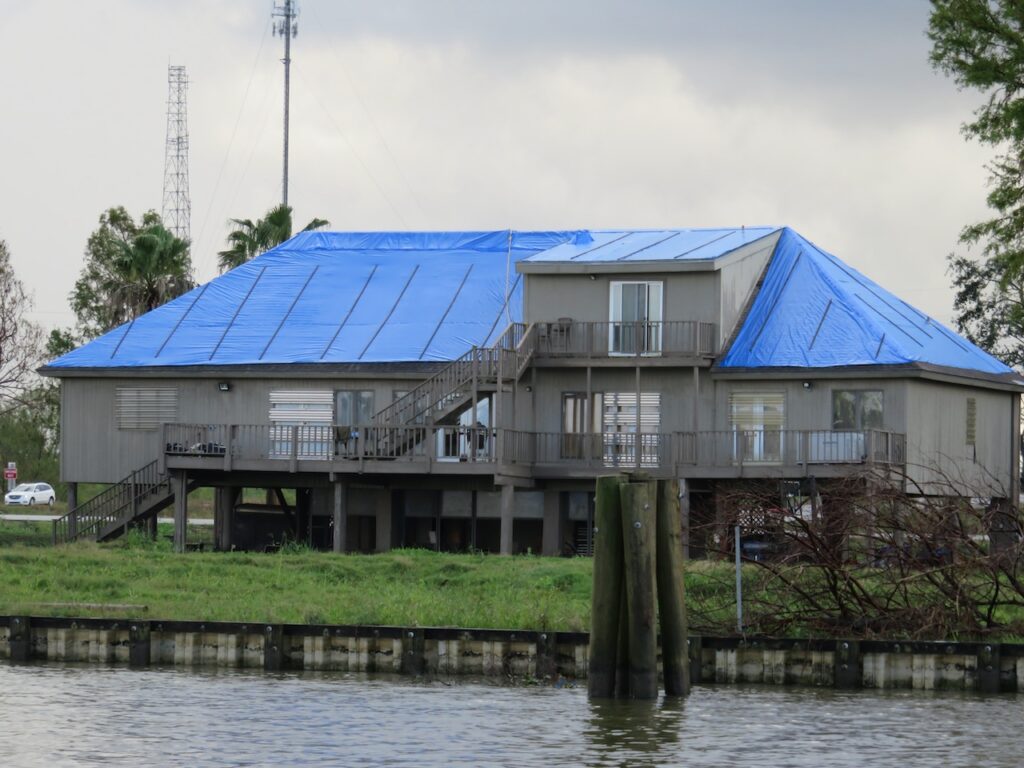
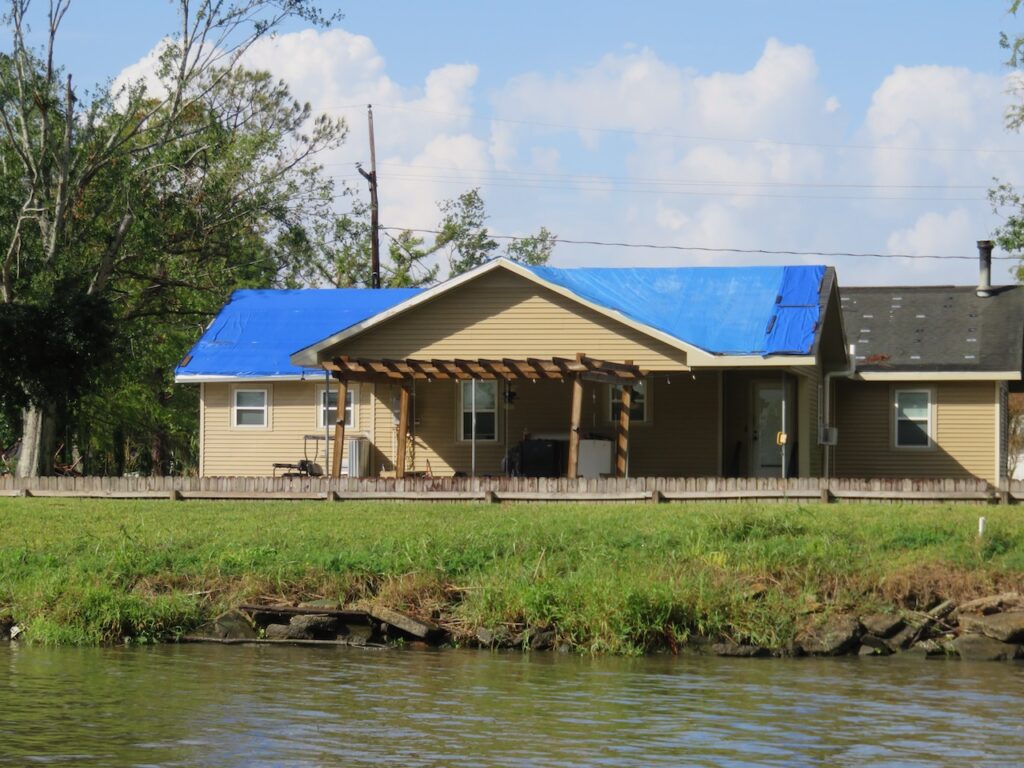
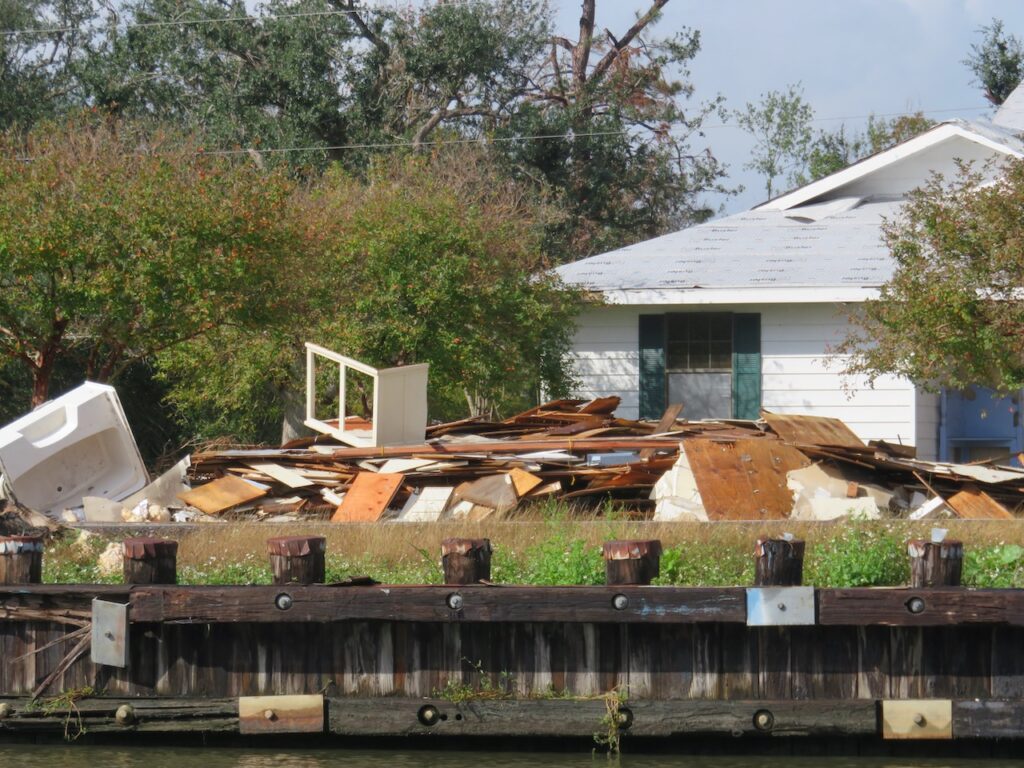
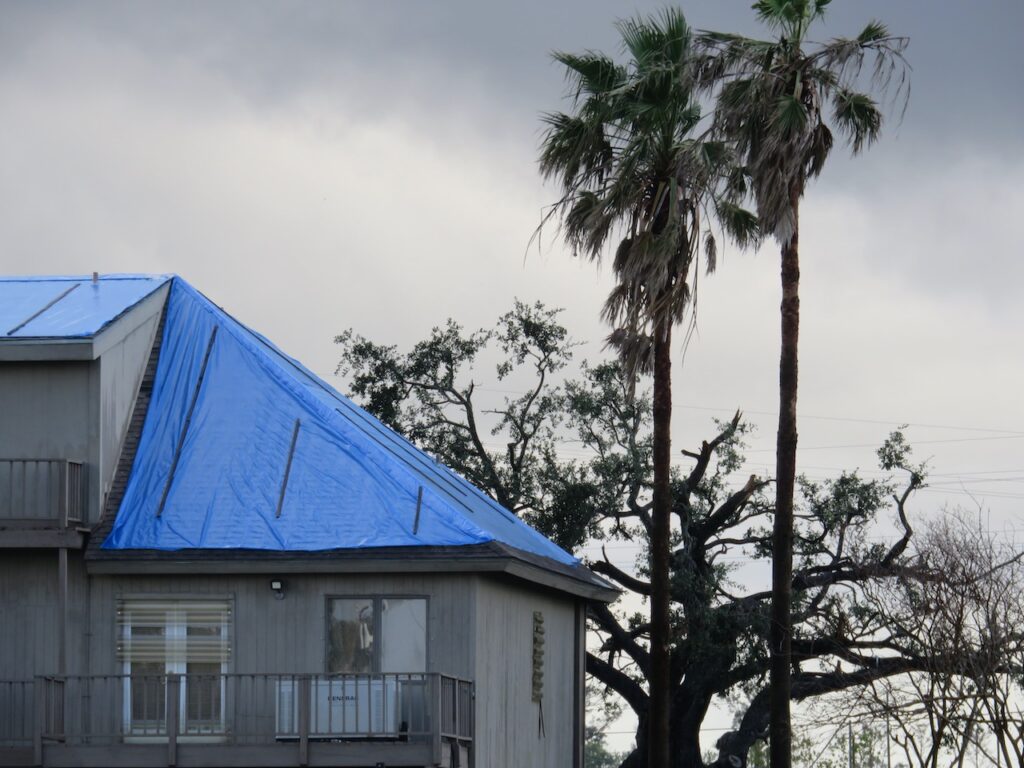
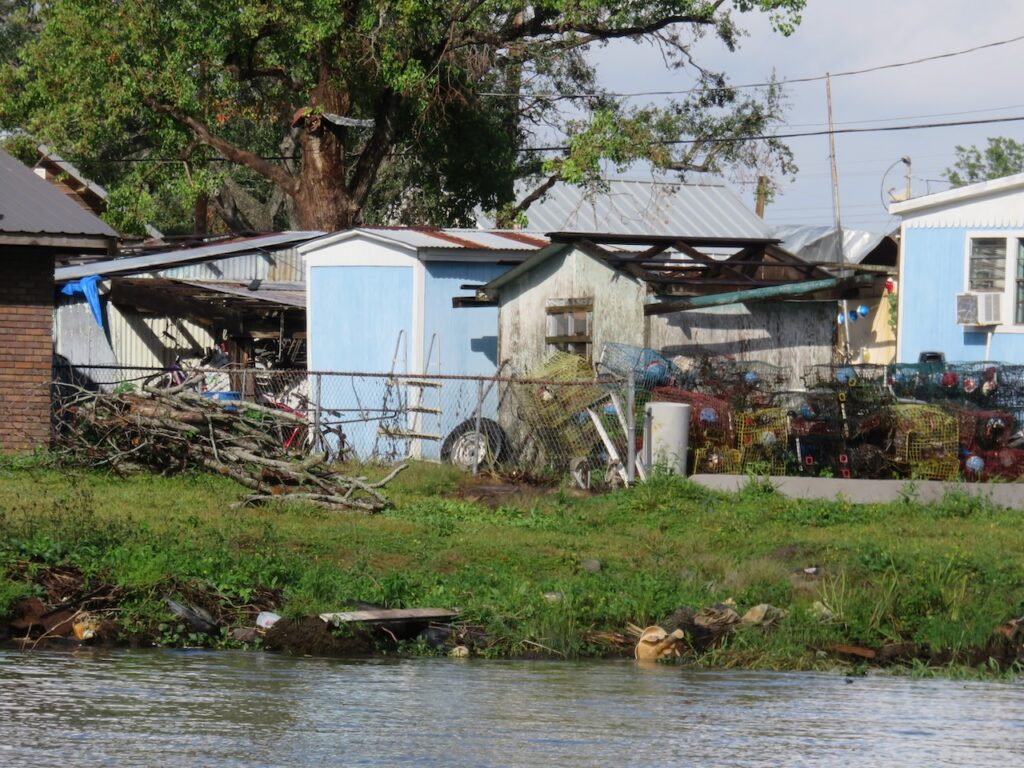
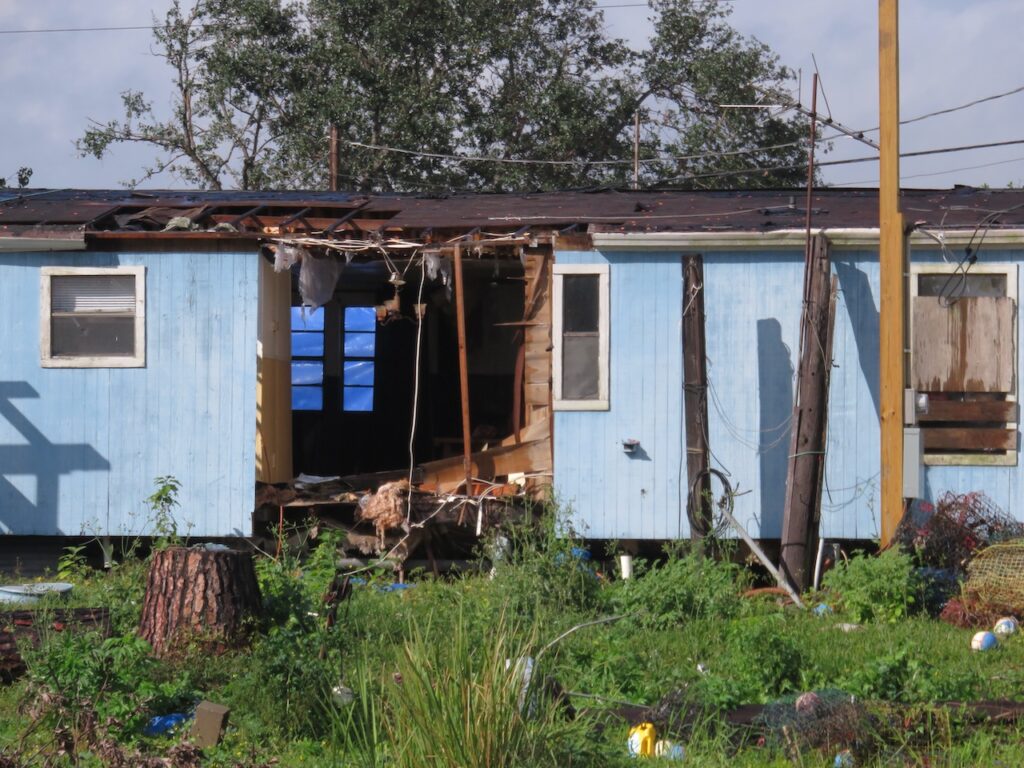
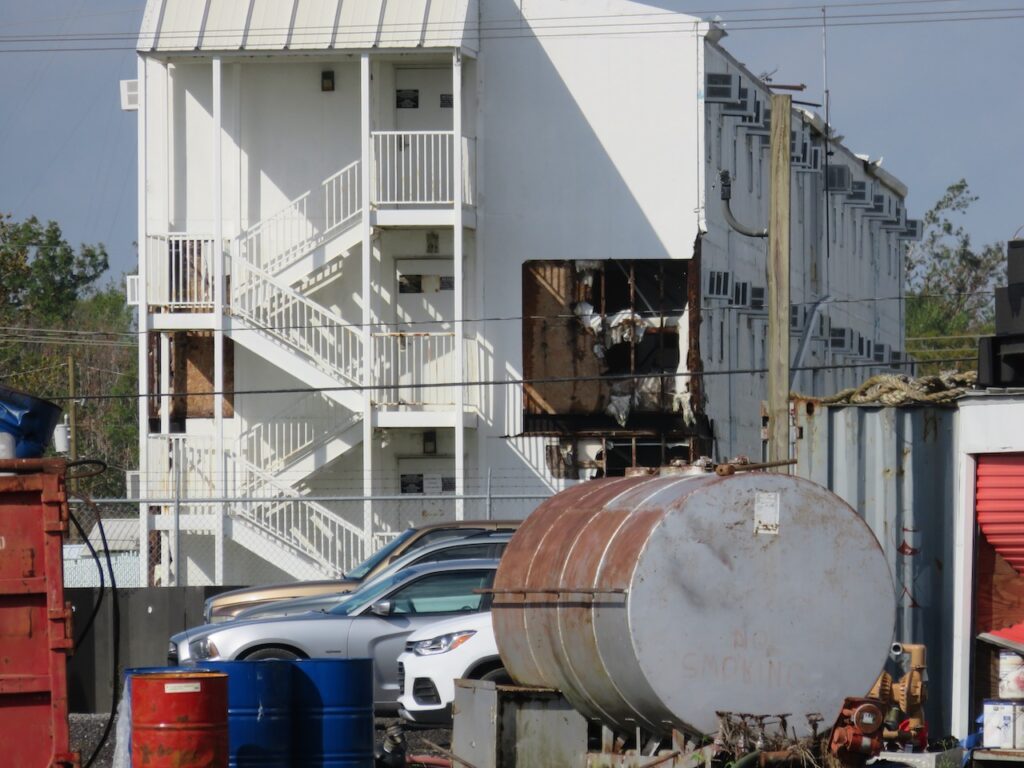
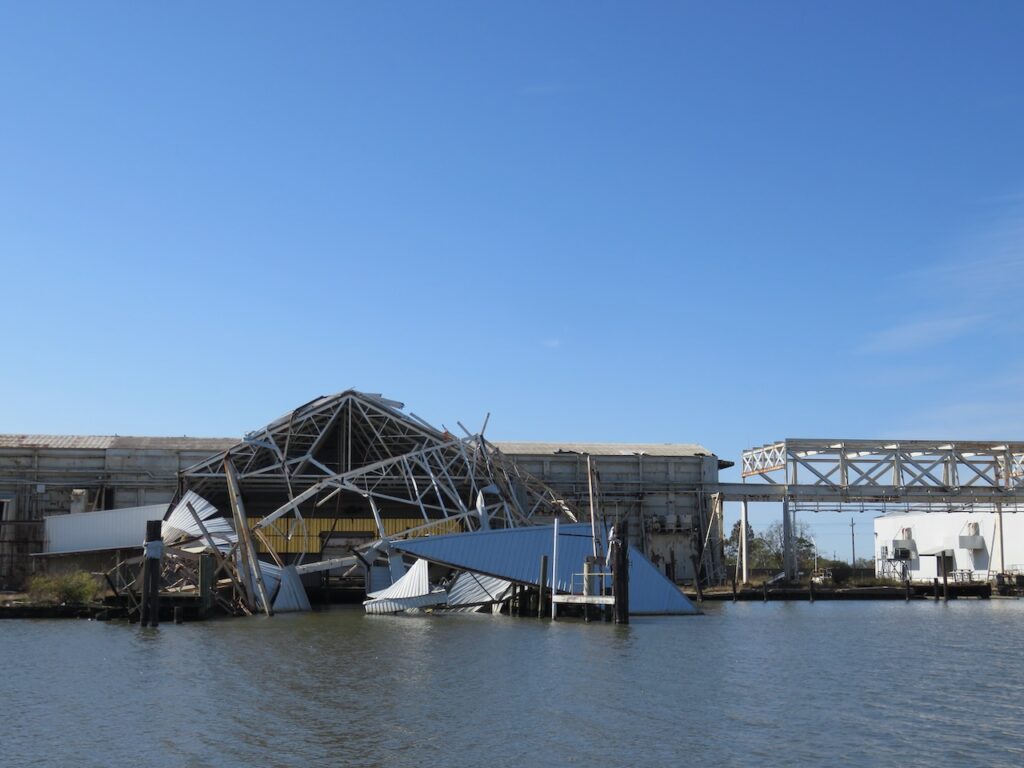
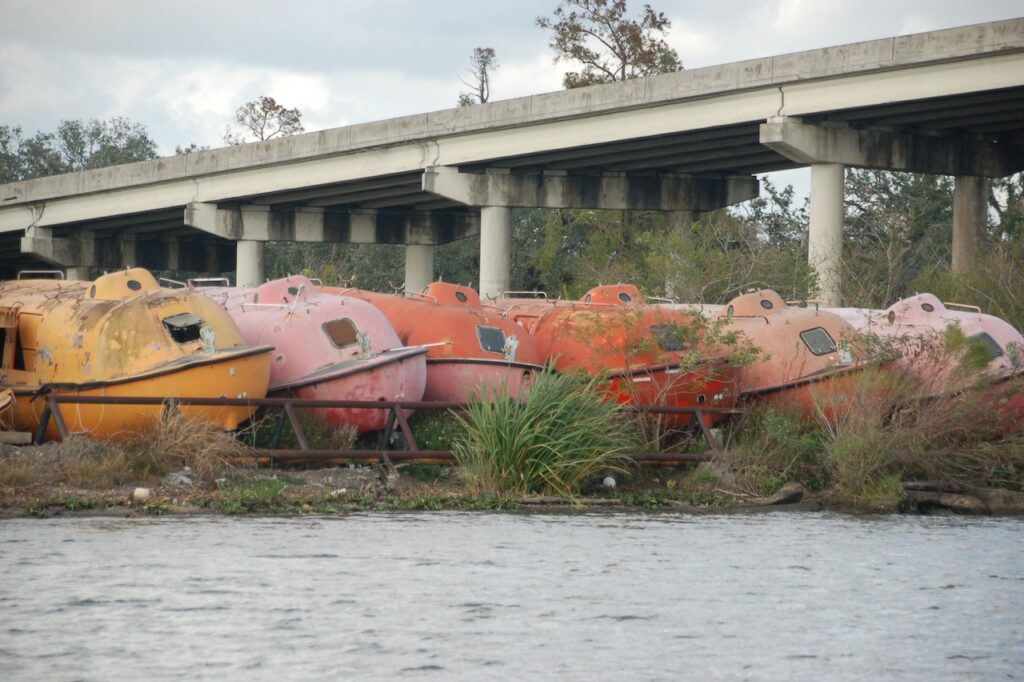
In each of the places we have visited this year, we have met friendly, engaging people. Some have been boaters – in Greenville, Hal, who was kind enough to educate us on the area and its history AND offered to take us anywhere we needed to go – and some have had nothing to do with boating – in Presque Isle, the fellow ice cream customer who rides his Harley across the US once a year and took the time to tell us his story. We did not ever imagine that we would be more surprised, and pleased, at the generosity and kindness of strangers after our previous experiences… until Morgan City. There, we met Pete the town dock master (and local building inspector and cemetery manager) who checked in with us several times just to make sure we were okay. There, we met the kind clerk in the gift store who offered to drive me to another store to buy a postcard because she did not have any. There, a tow captain alerted us that our next lock lock was closed and told us to contact Berwick Traffic Control. There, the owner of Shannon Hardware had one of his employees drive us (in HIS car) to a competitor because he only sold 7/8″ anchor line in 300ft rolls but his competitor would cut us the 100ft we needed. There, the supervisor at EJ Fields Machine Works let us use their degreasing bath and cleaned off a work bench for us to re-assemble our sail-drive clutch assembly. And Virgil, who not only does the most thorough, fascinating tour of Mr Charlie, but also gave us to the tip to ask EJ Fields AND helped us to properly dispose of two cans of questionable diesel fuel. I think there must be something in the water there that makes everyone soooo gracious!
But on to Mr Charlie, the subject of this post… Mr Charlie is the first, and only remaining of its vintage, “re-useable oil rig”. Re-usable in the sense that it was mobile because it was built on a barge. It could drill a well and then be moved to drill another, elsewhere (up to that point in time, deep water rigs were permanent structures). Laborde, the naval engineer who championed the design, struggled to convince his company, or other major players, of the viability of the idea. He did though, finally, manage to get backing and Mr Charlie was built, deployed and proved that the barge concept was productive and safe
Virgil’s tour took us up and down the rig: into the crew quarters, onto the drilling platform, down in the mudroom. Along the way, he provided the color for each of these areas, explained how an oil well was drilled, spoke to us about the Deepwater Horizon tragedy and explained the effort he was engaged in trying to obtain a National Historic site designation. The rig is an engineering marvel and deserves the designation; it has already earned awards from the ASME (American Society of Mechanical Engineers) and the AWS (American Welding Society). If you are interested in supporting the effort to earn National Historic site designation, look for the app ‘Shadow – Puzzle Game’ which the museum developed and is using as a fund raiser. And do not miss this tour if your travels bring you this way; it was right up there with the factory tour at BMW!
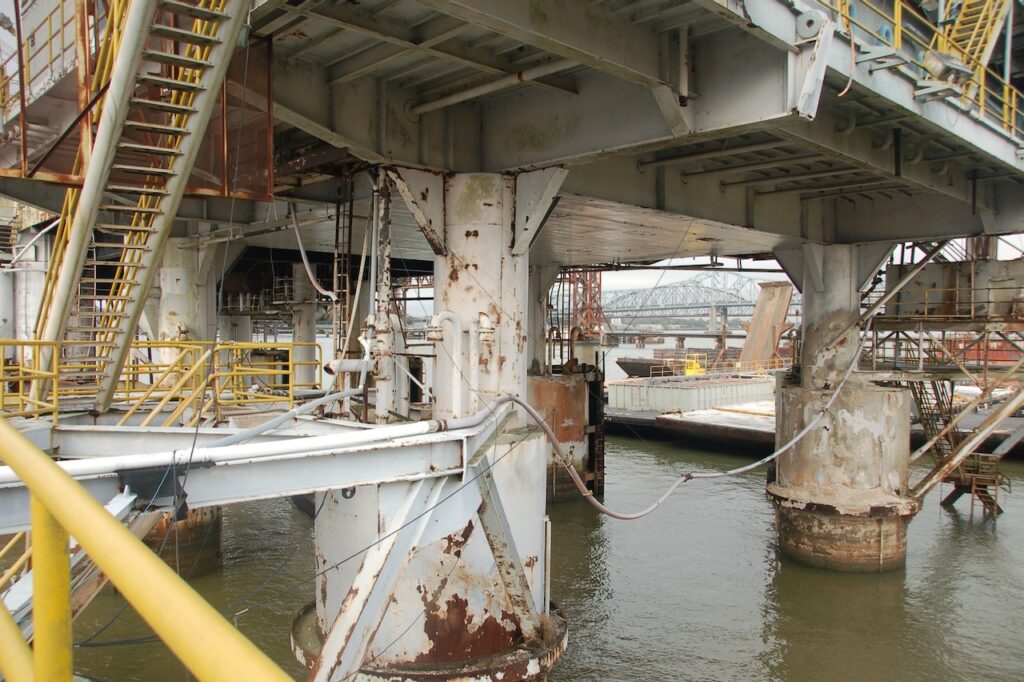
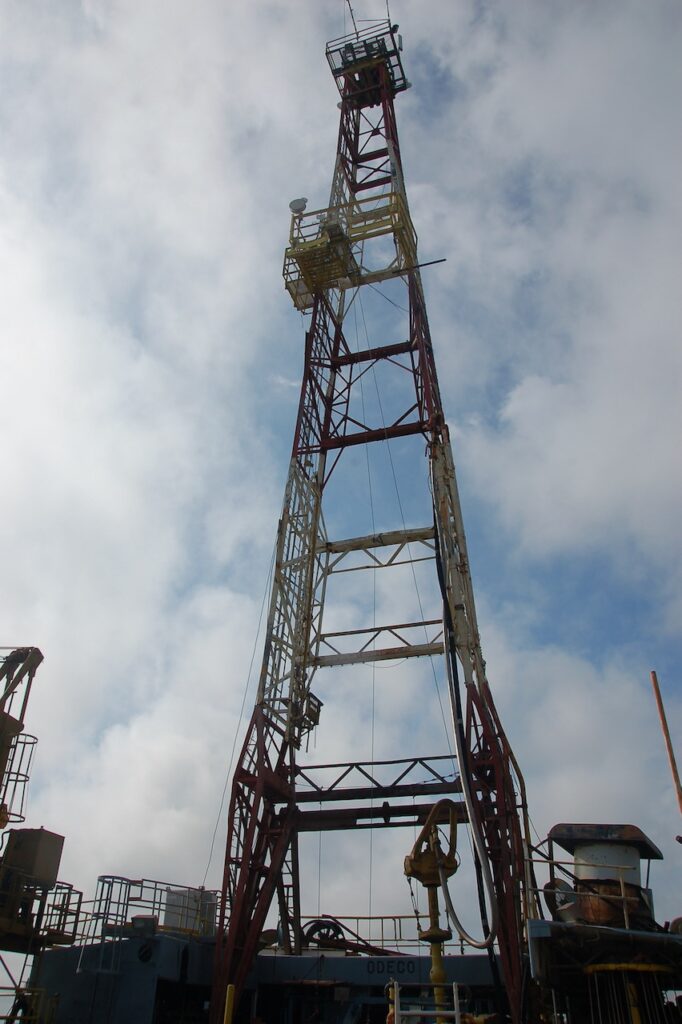
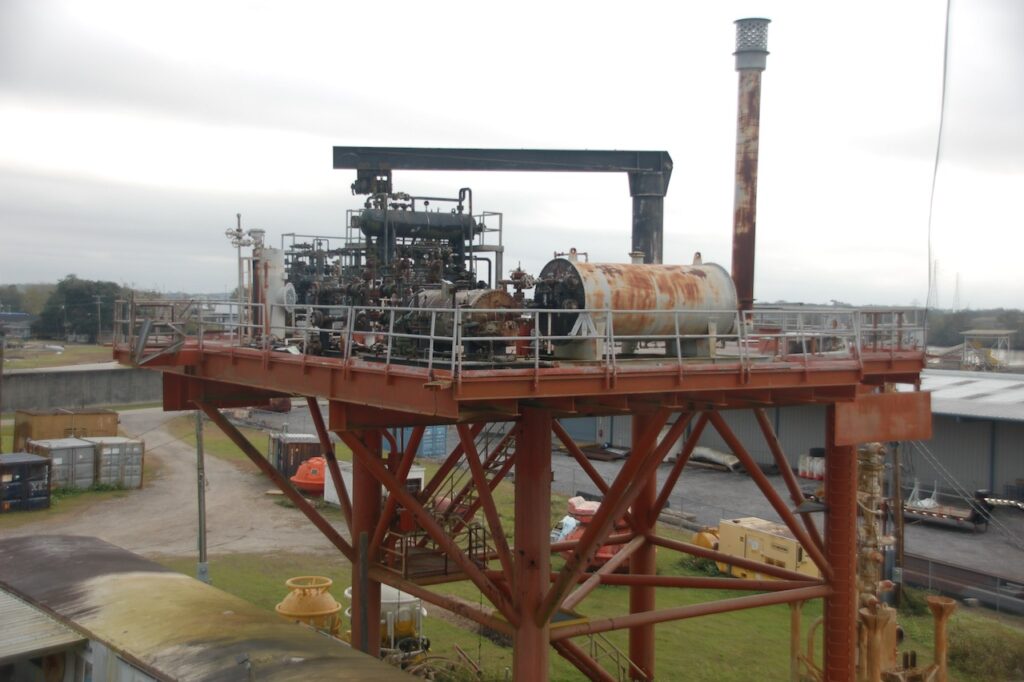

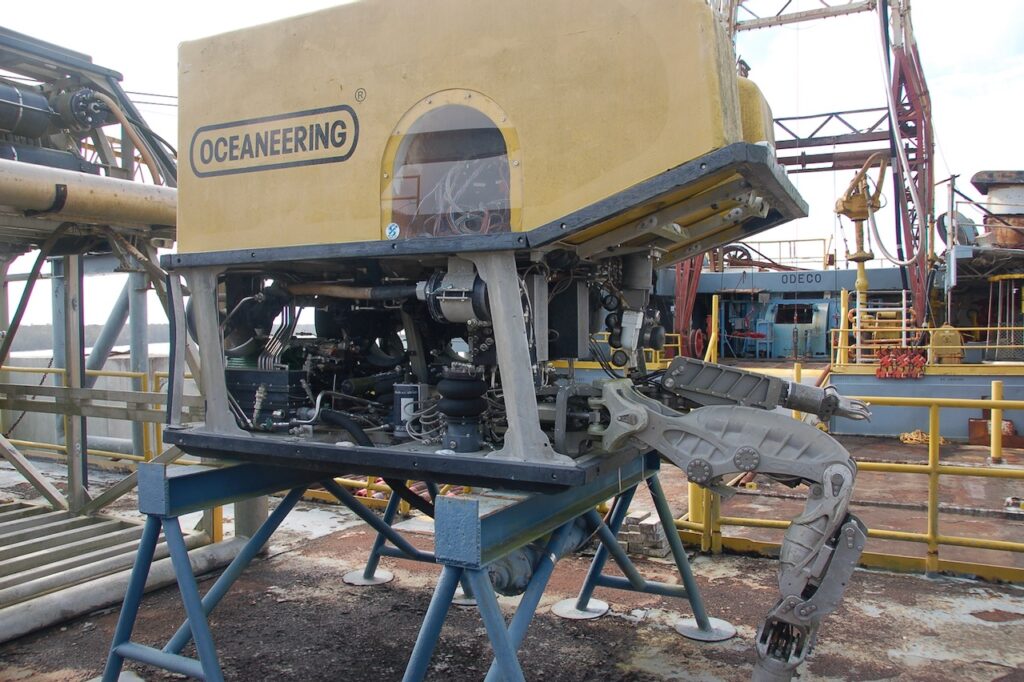
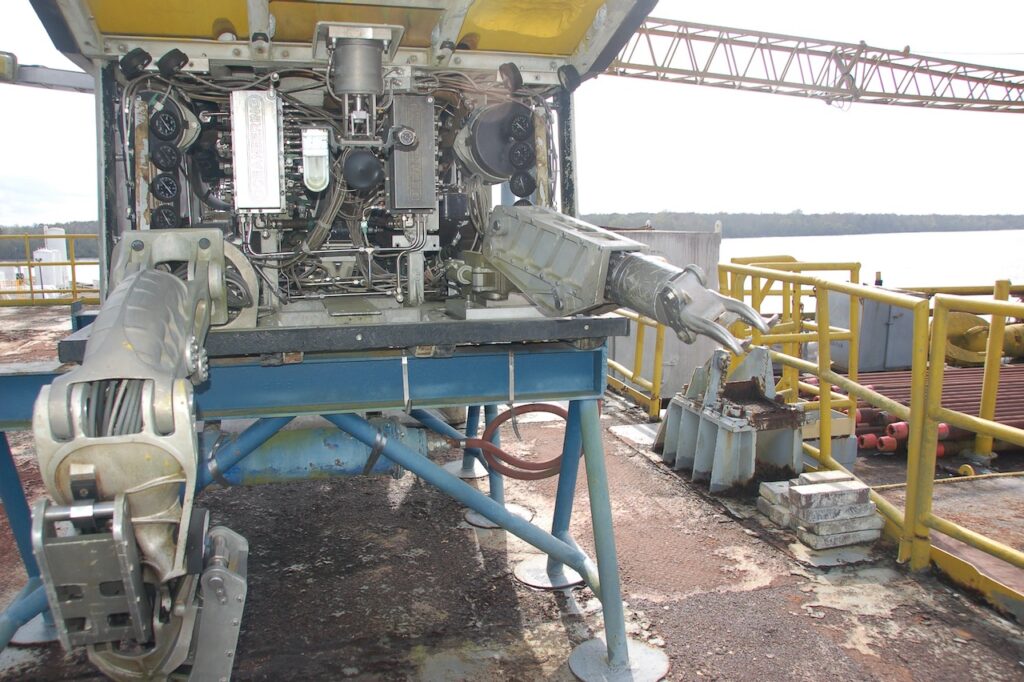
The pipe handling robot.

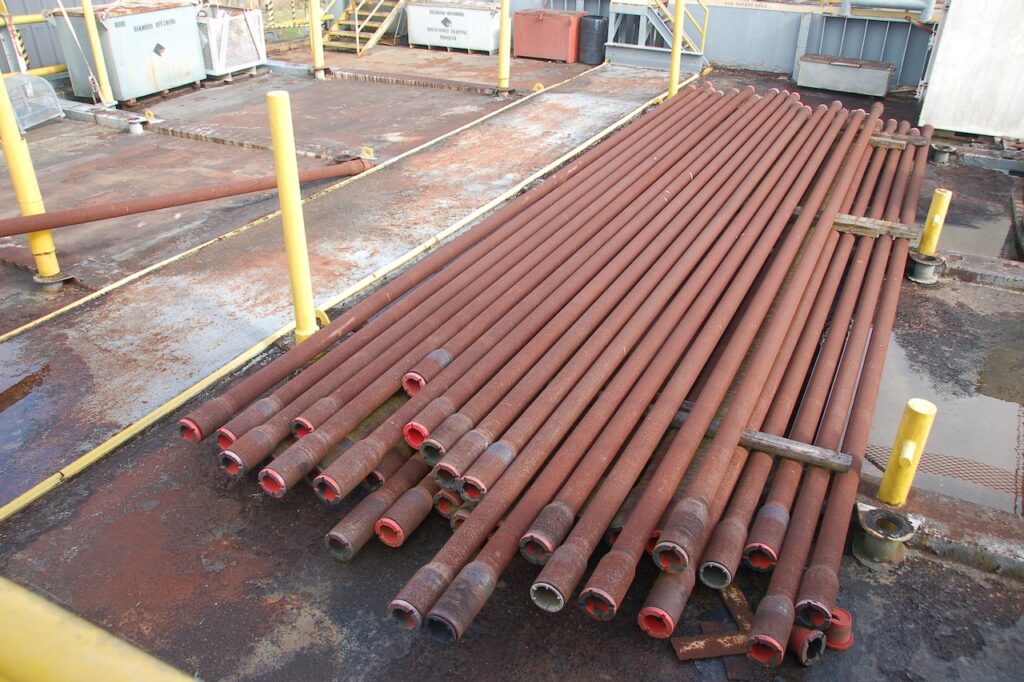
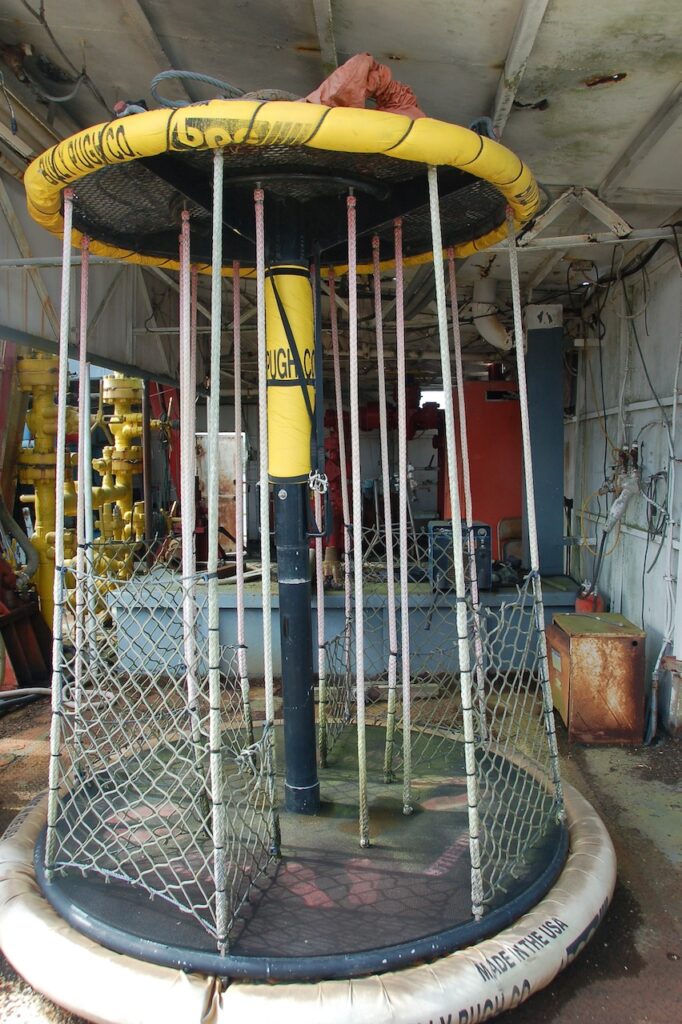
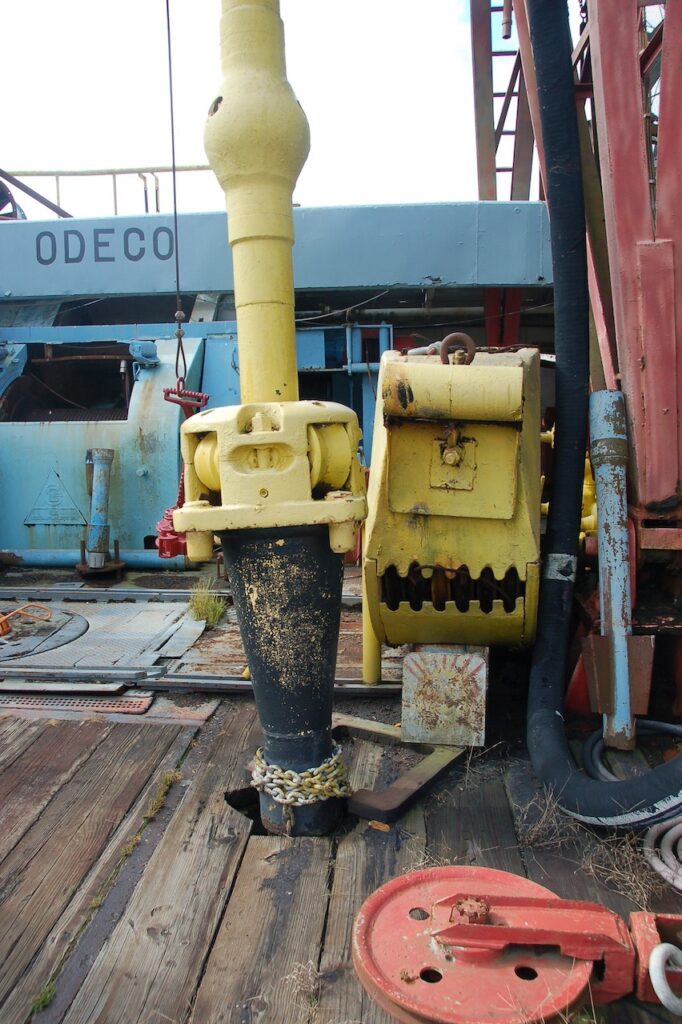
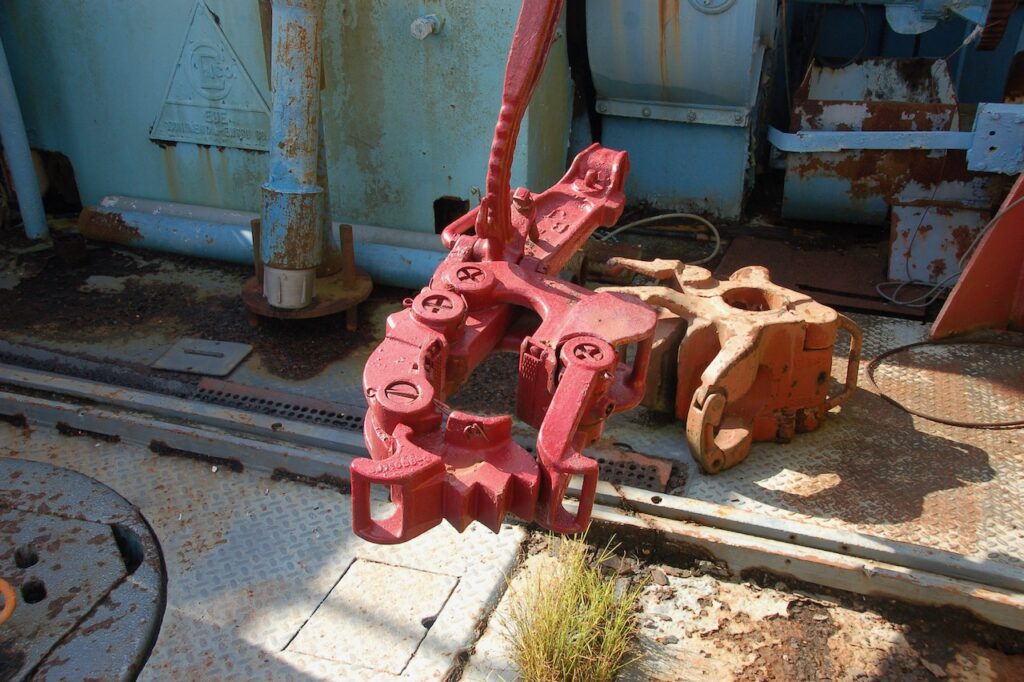


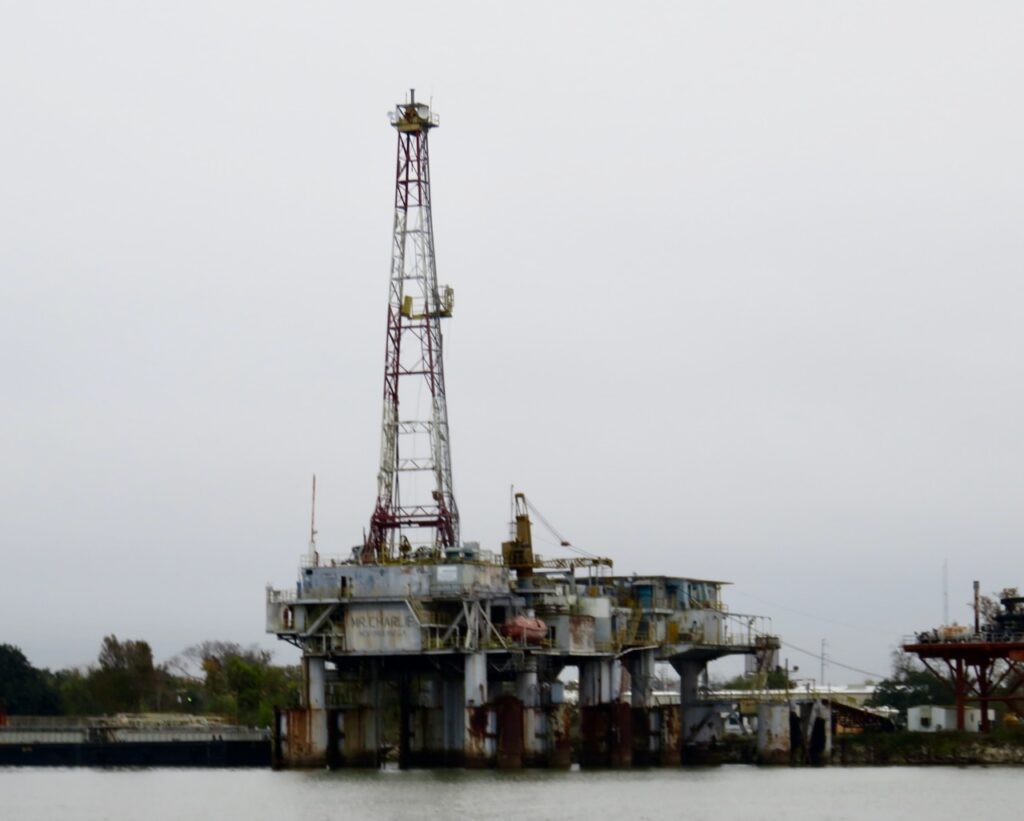
We left the Mississippi River at the Old River lock to continue south on the Atchafalaya River, the 5th largest river in North America by discharge.
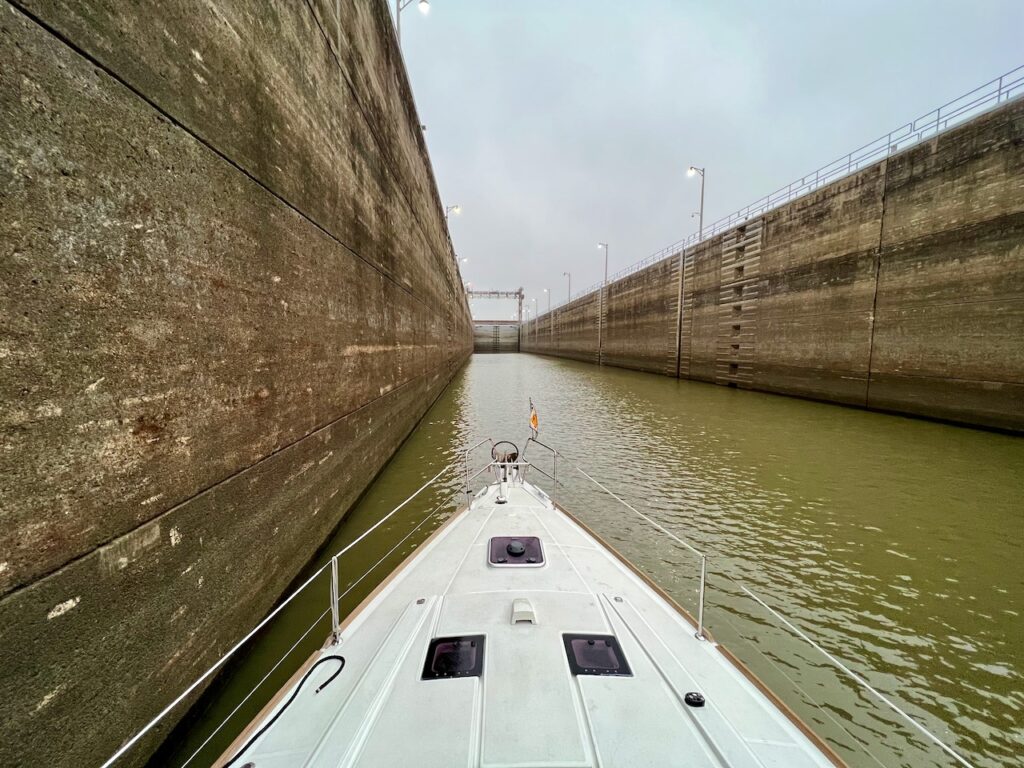
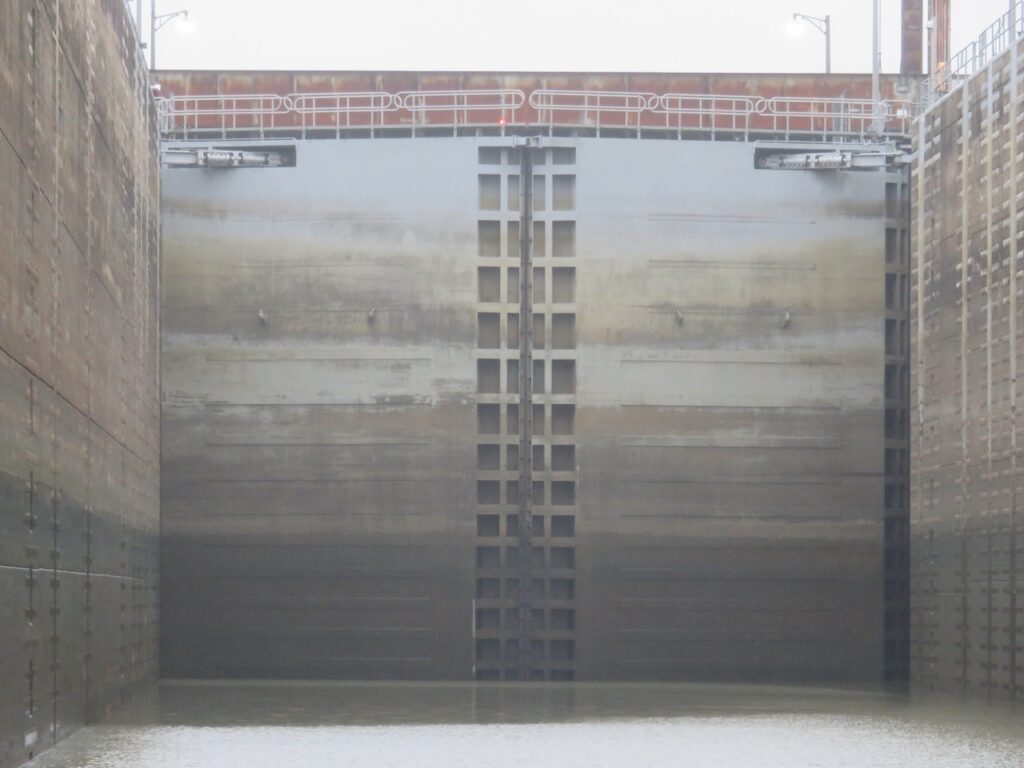
… this is the symphony we enjoyed while locking through. Listen!
It is hard to comprehend the sheer scale of the Mississippi. From St. Louis (where we joined the Mississippi with the Illinois River) to New Orleans it is about 1000 miles long (1600 km). But it is its width, the bends and the islands (tow heads) which make the river truly majestic.


















The Atchafalaya River meets the Gulf Intracoastal Way (GICW) in Louisiana’s twin cities of Berwick and Morgan City. The cities sit opposite one another with railway and highway bridges connecting the two. Our destination was Morgan City but there was a large dredging machine on the city dock when we arrived so we were lucky enough to get a glimpse of Berwick, as well.
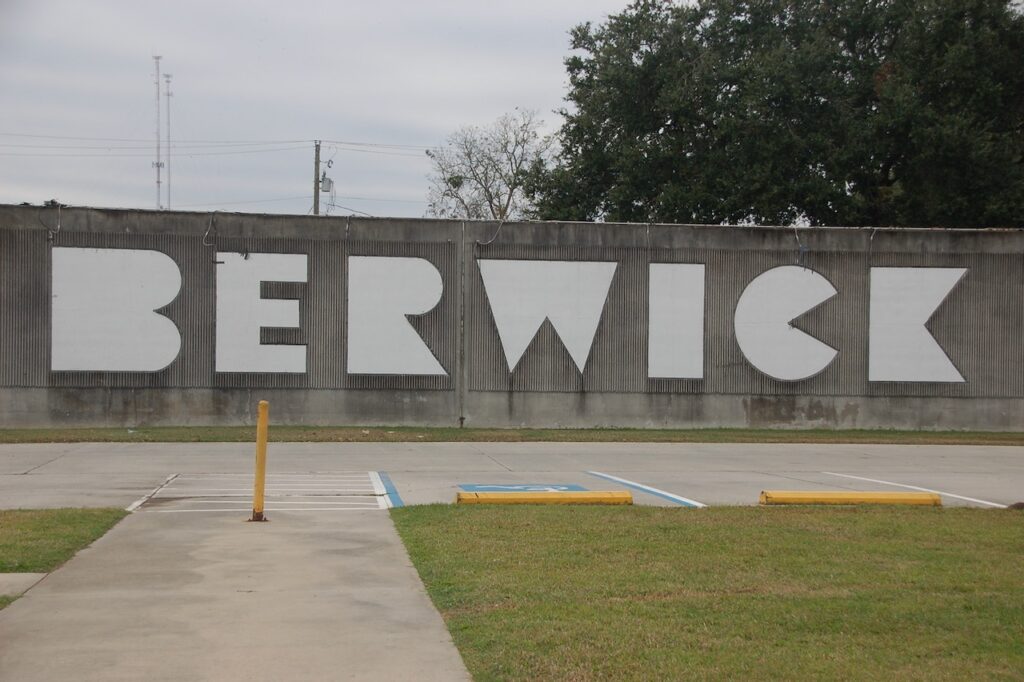
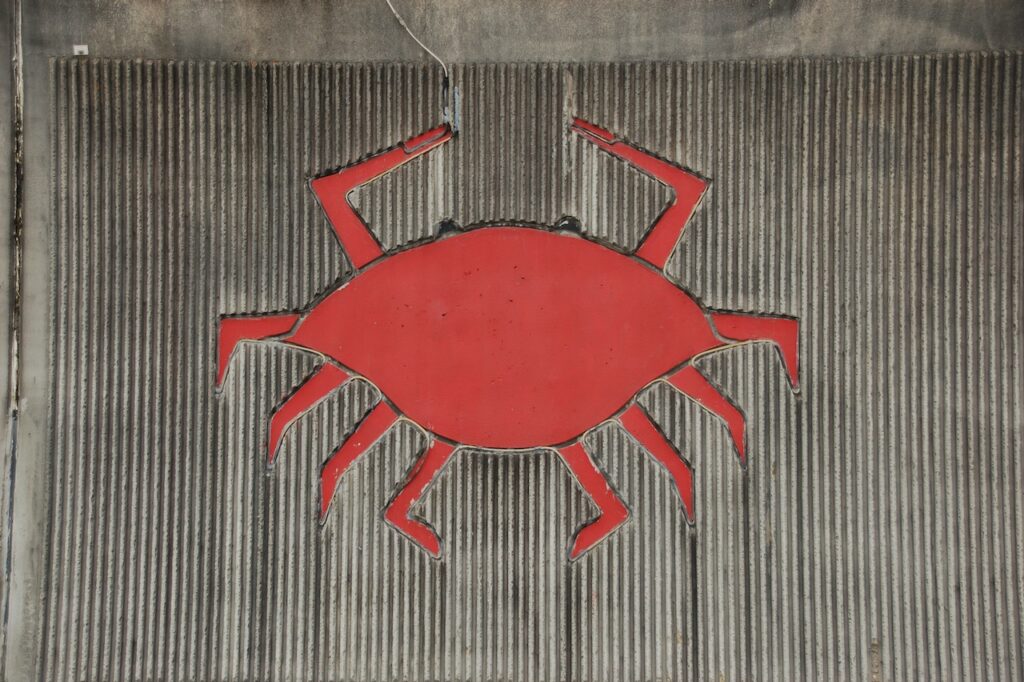
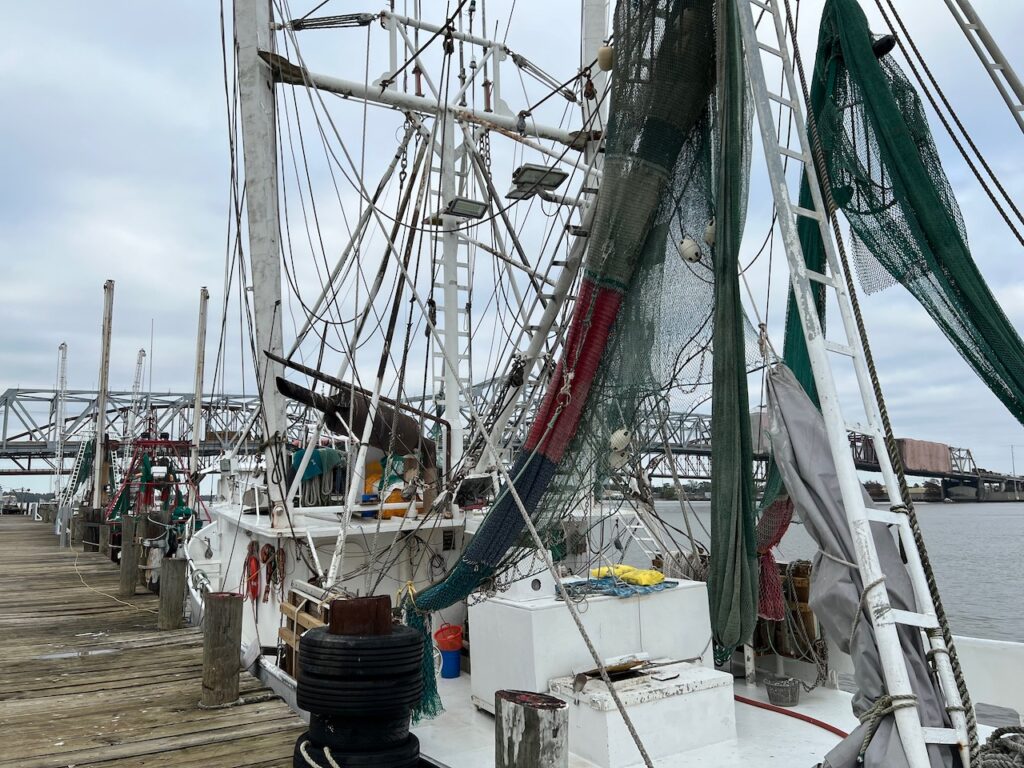
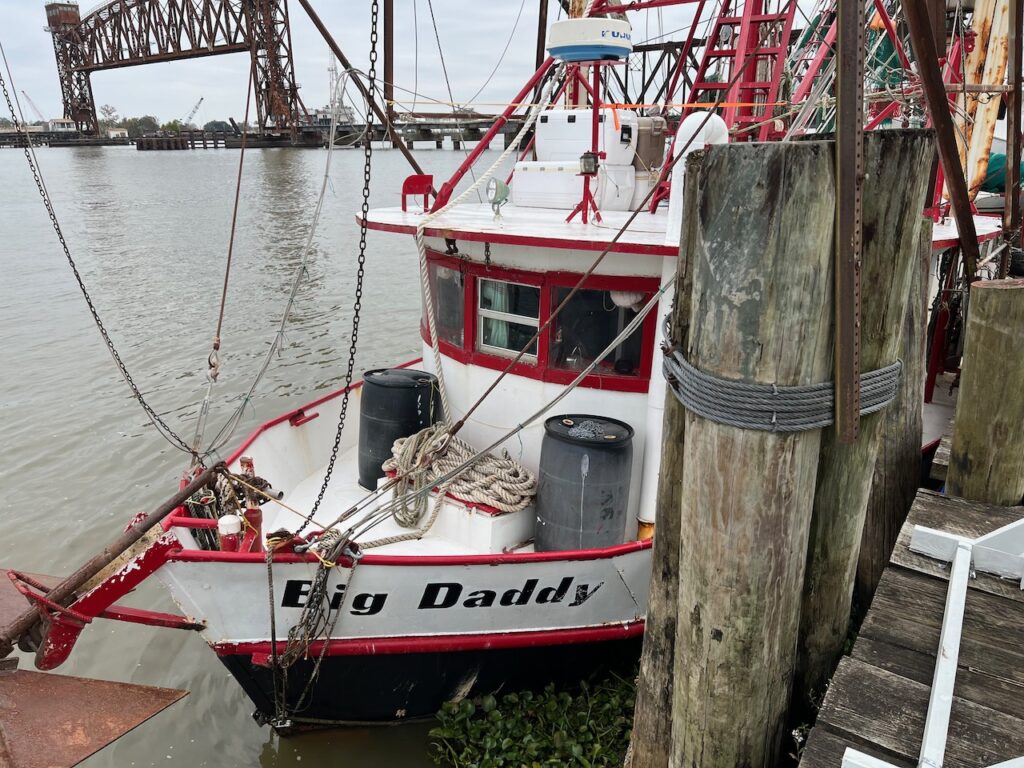
Berwick was the fishing side of the river. We docked in front of a seafood processing plant between these guys…
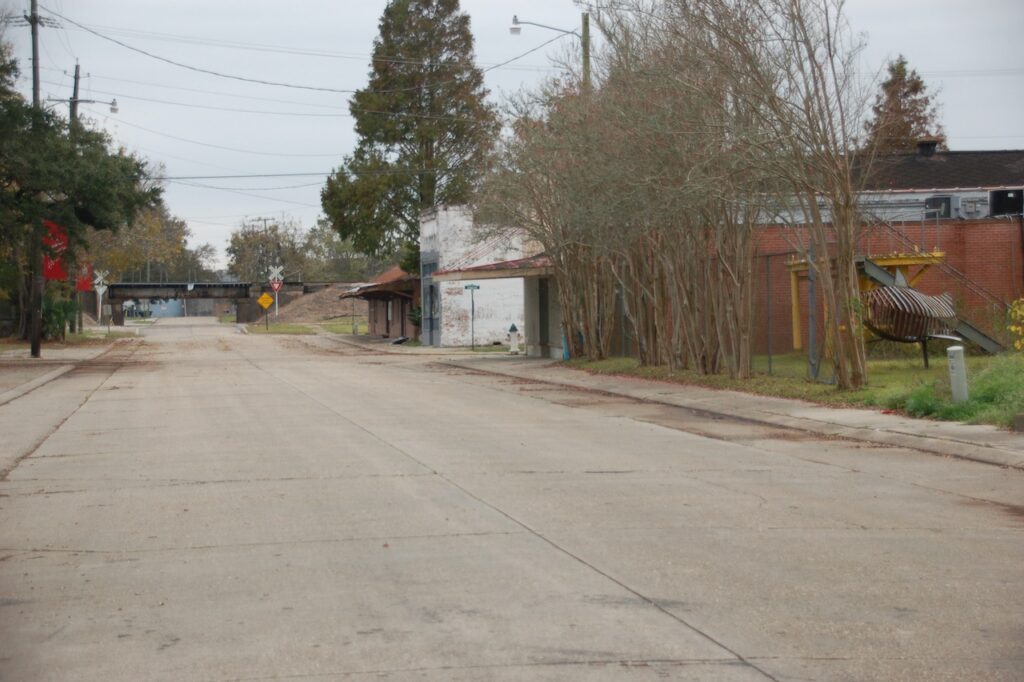
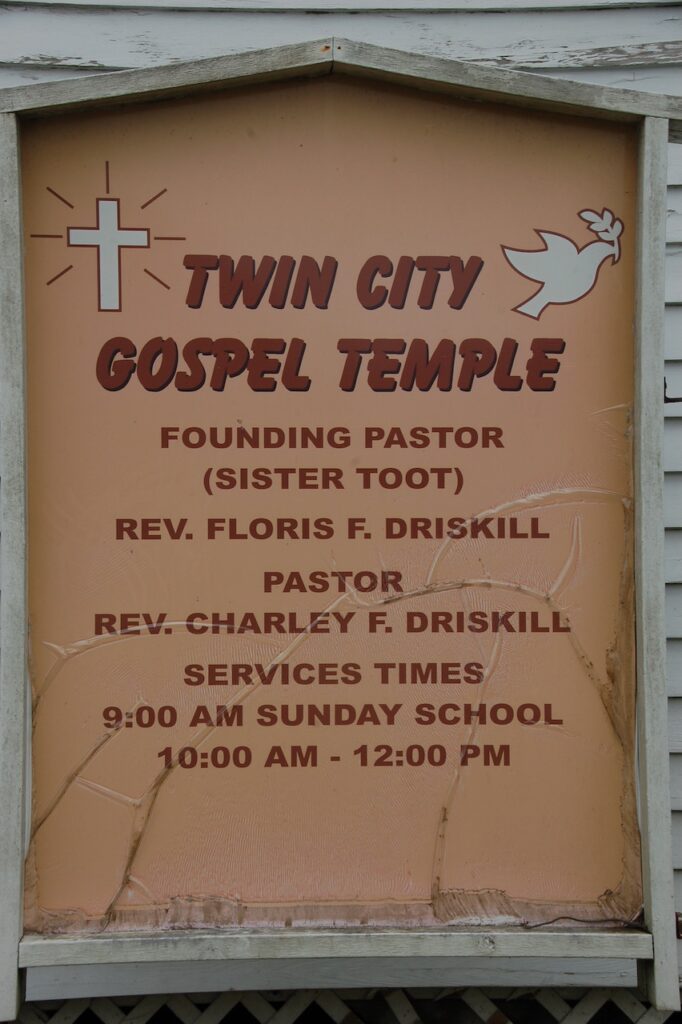


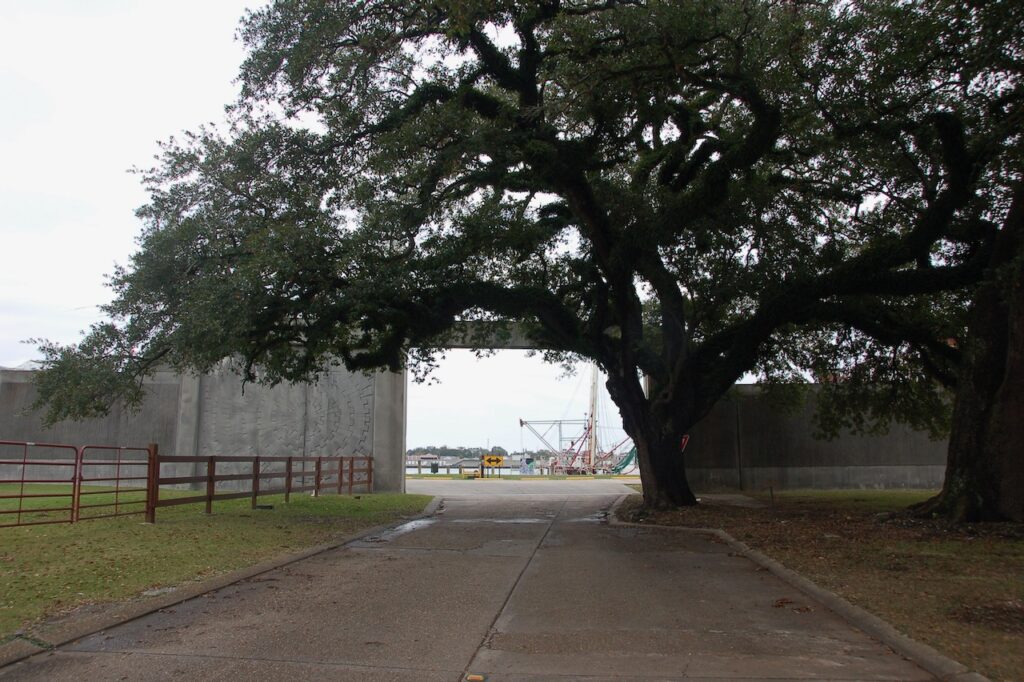
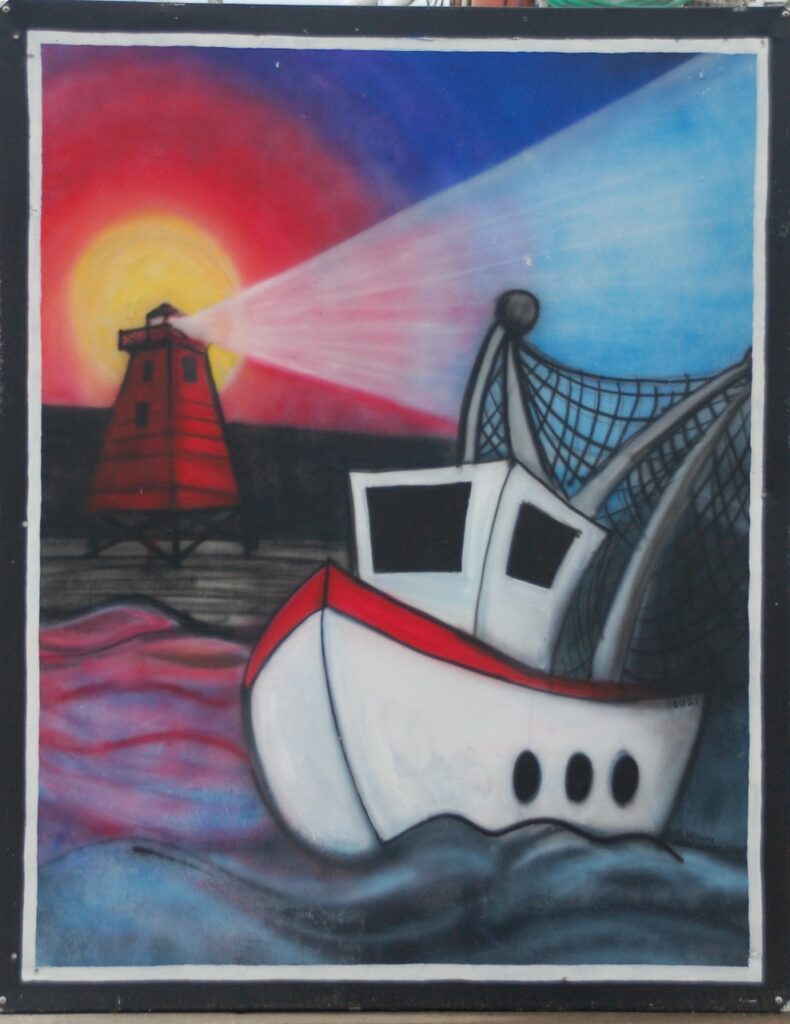
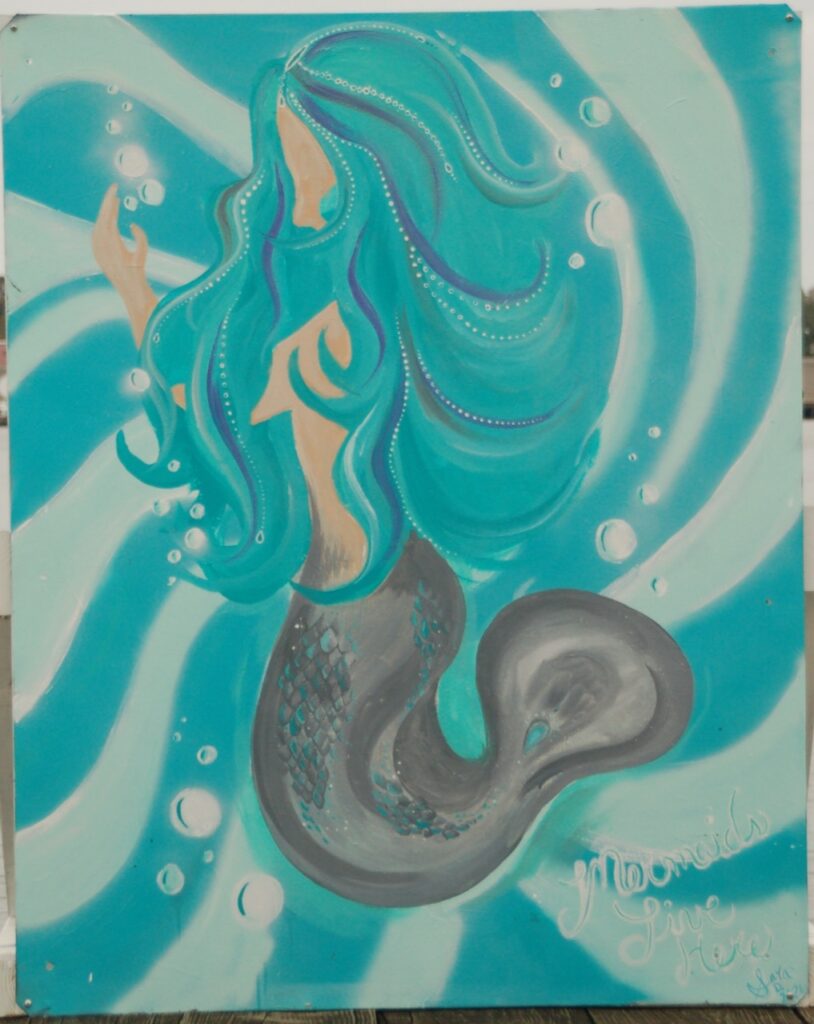
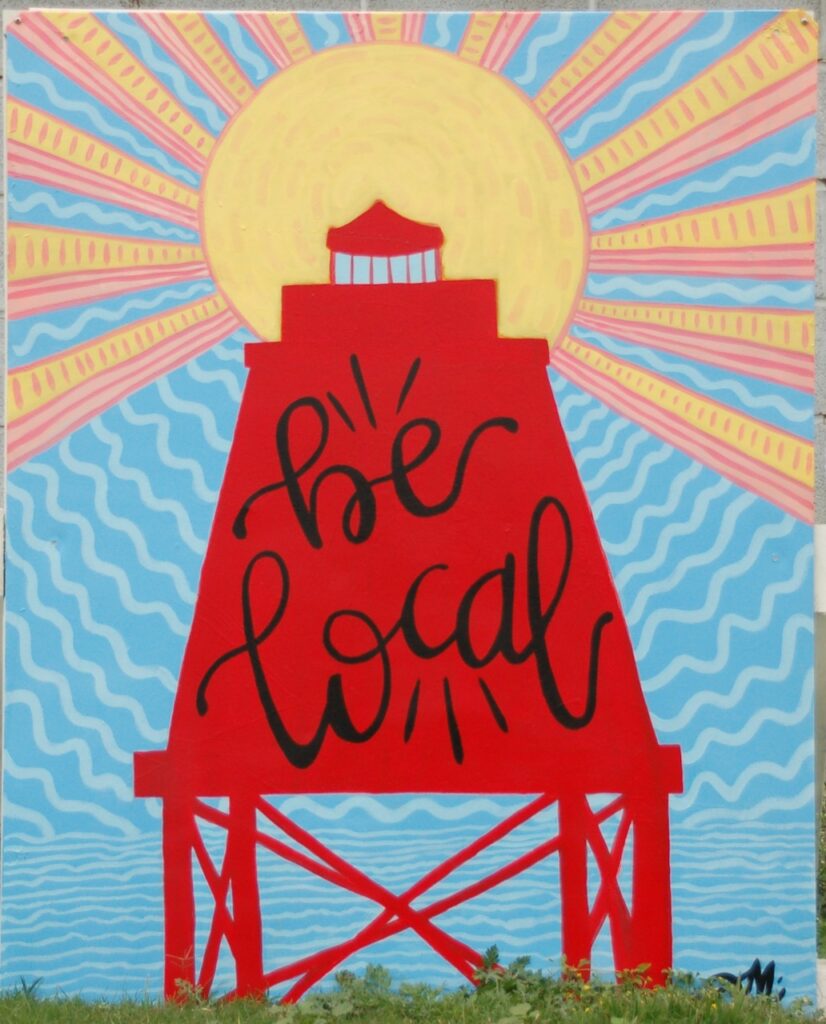
There was some sort of art installation along the waterfront park. These were 5′ x 8′ panels scattered along the dock and the lawn. There was nothing to explain who the artists were or what the theme of the display was; they were nice nonetheless.
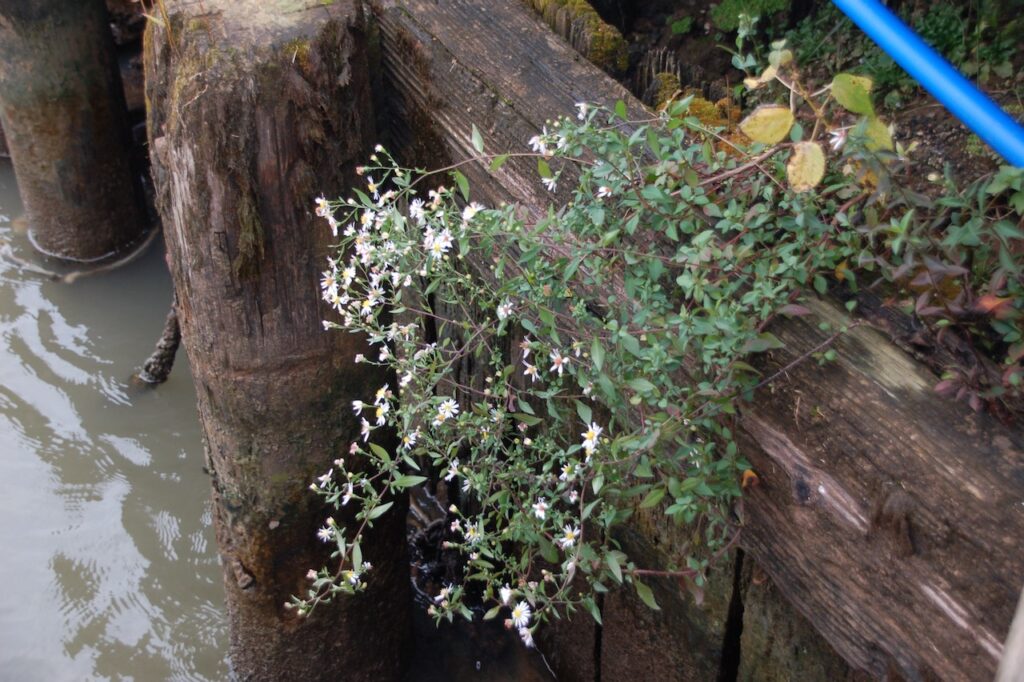
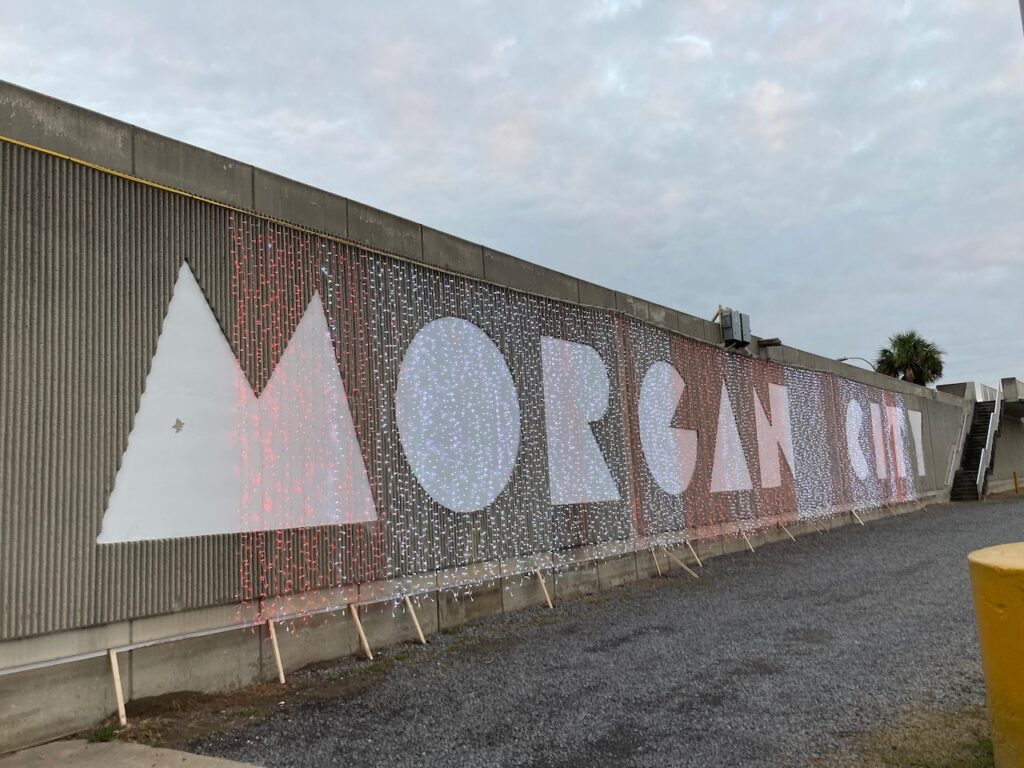
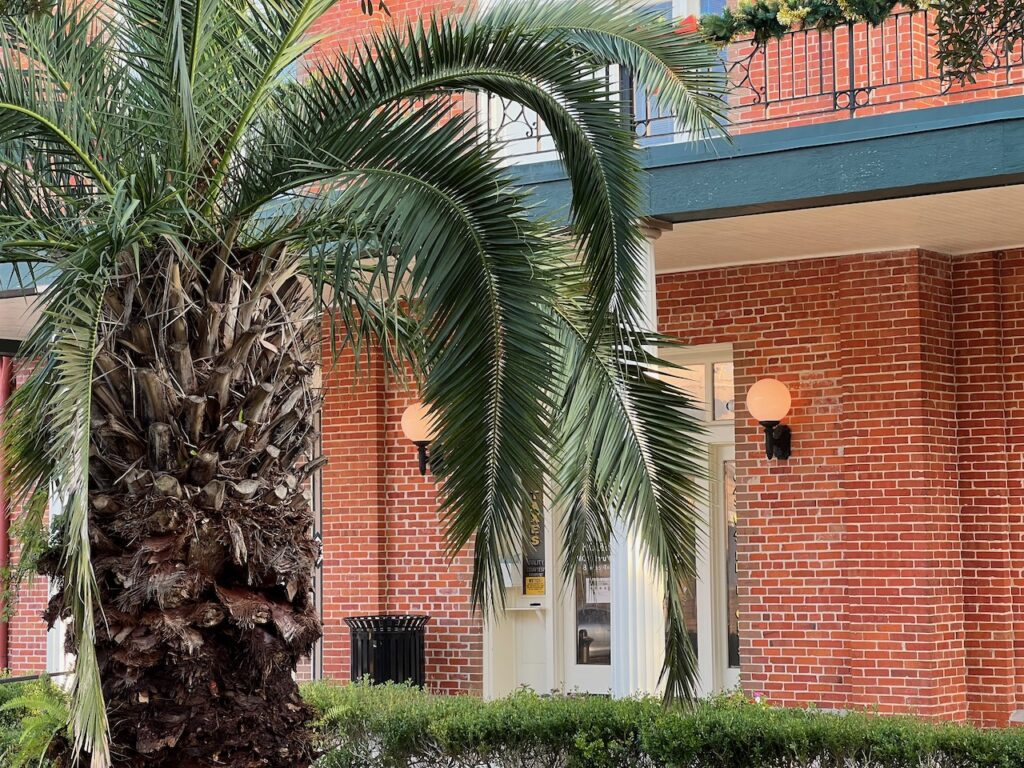
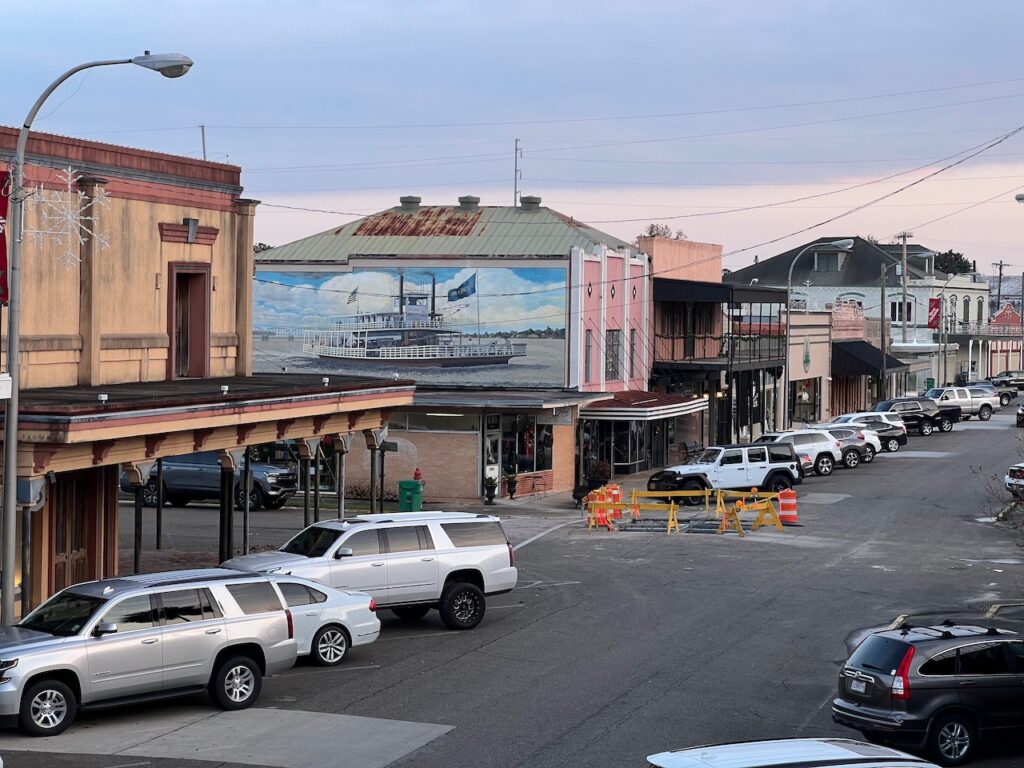

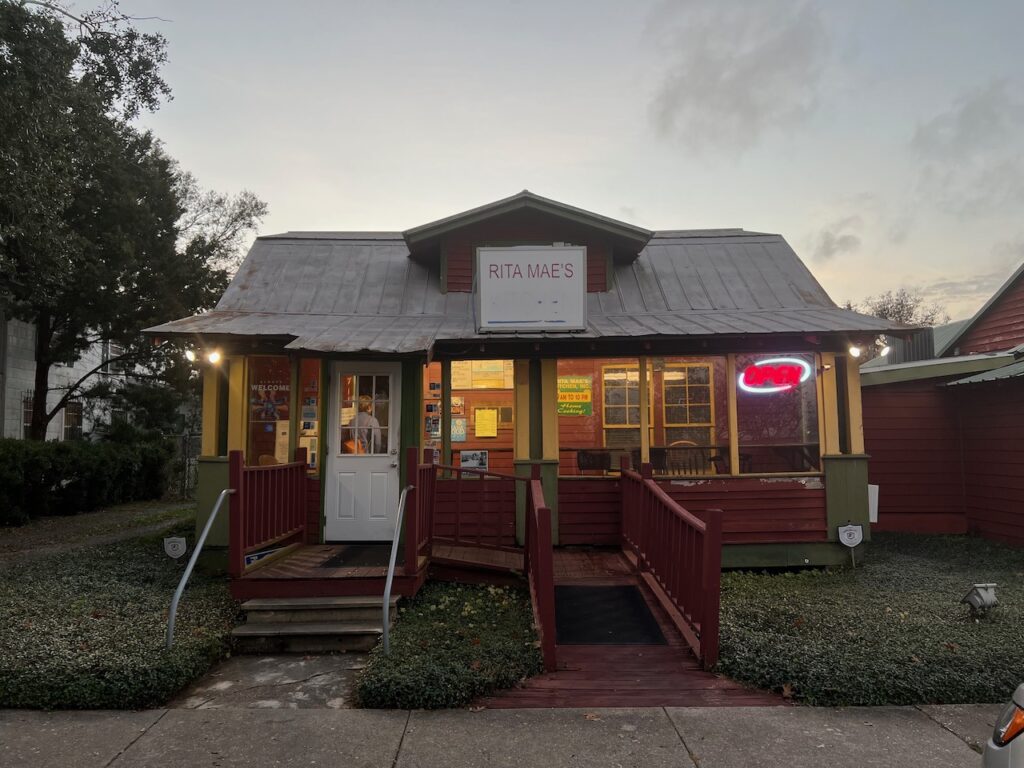
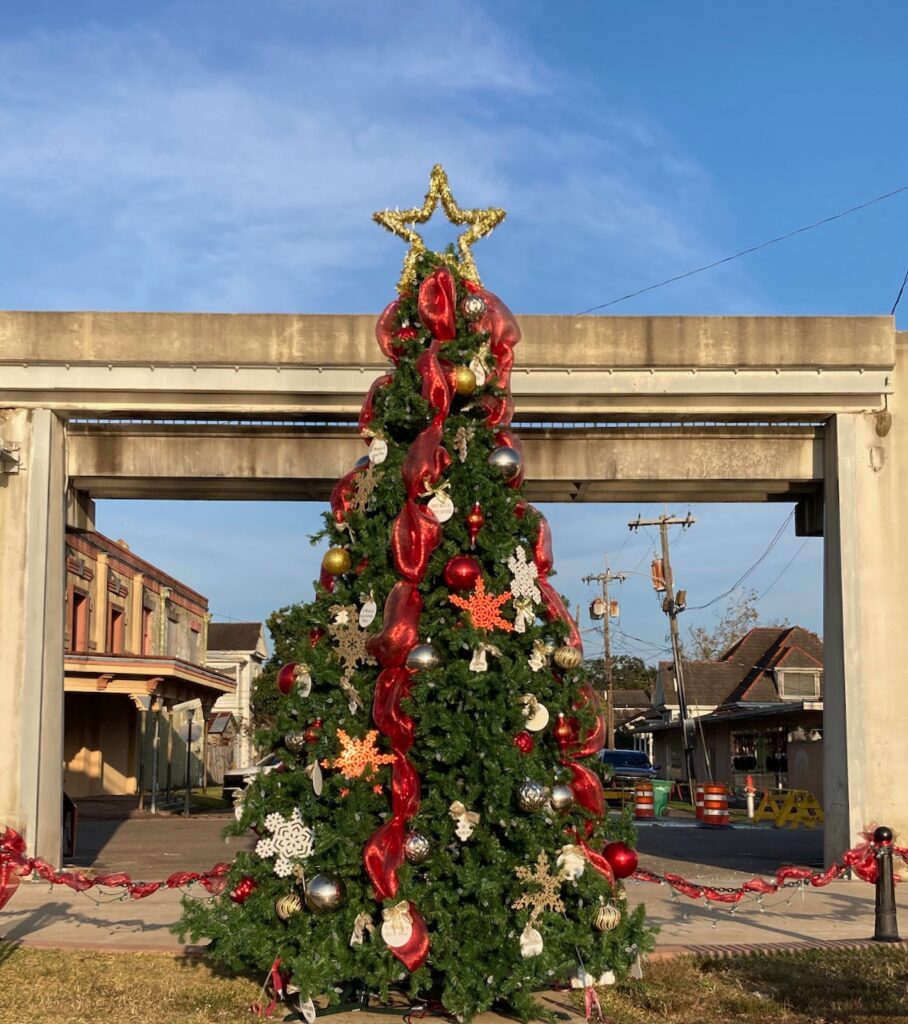

Both Berwick and Morgan City were all dressed up for Christmas. The tree in the foreground is in Morgan City and across the river you can see the Berwick Christmas display!
This is turning out to be a week of milestones! On Sunday, we reached the western most point of our trip when we left the Mississippi for the Atchafalaya River. Today, we have officially left the inland rivers we started back in Troy, NY, and are now back in tidal waters. We were 3 more days on the Mississippi, after Vicksburg, and 2 more days on the Atchafalaya River. There was nowhere to get off the boat during this 5 day stretch so, cabin fever setting in, we were thrilled to step off the boat in Morgan City. Still, we will miss the rivers and the extraordinary experiences we were lucky enough to have had.
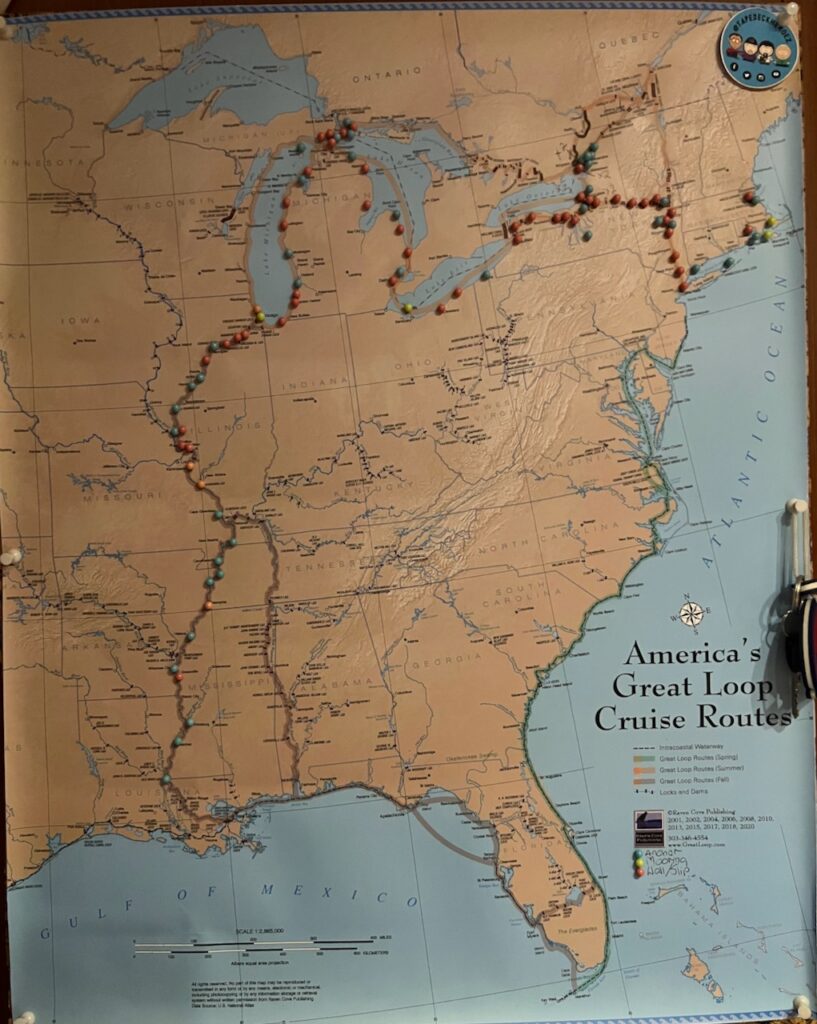
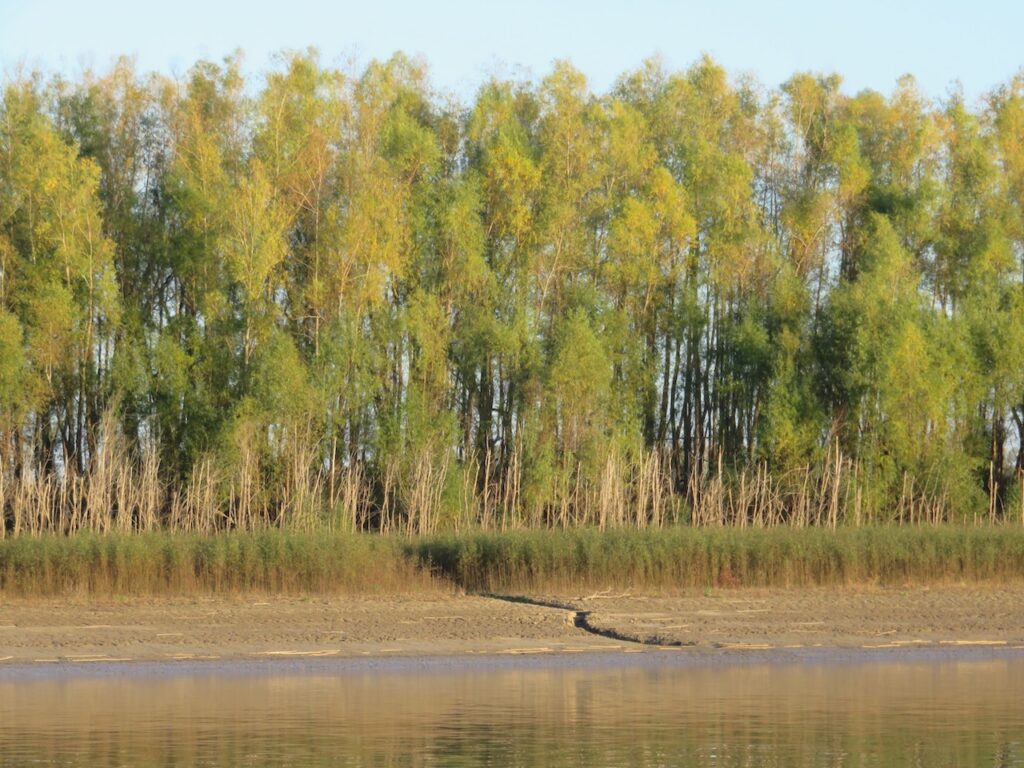

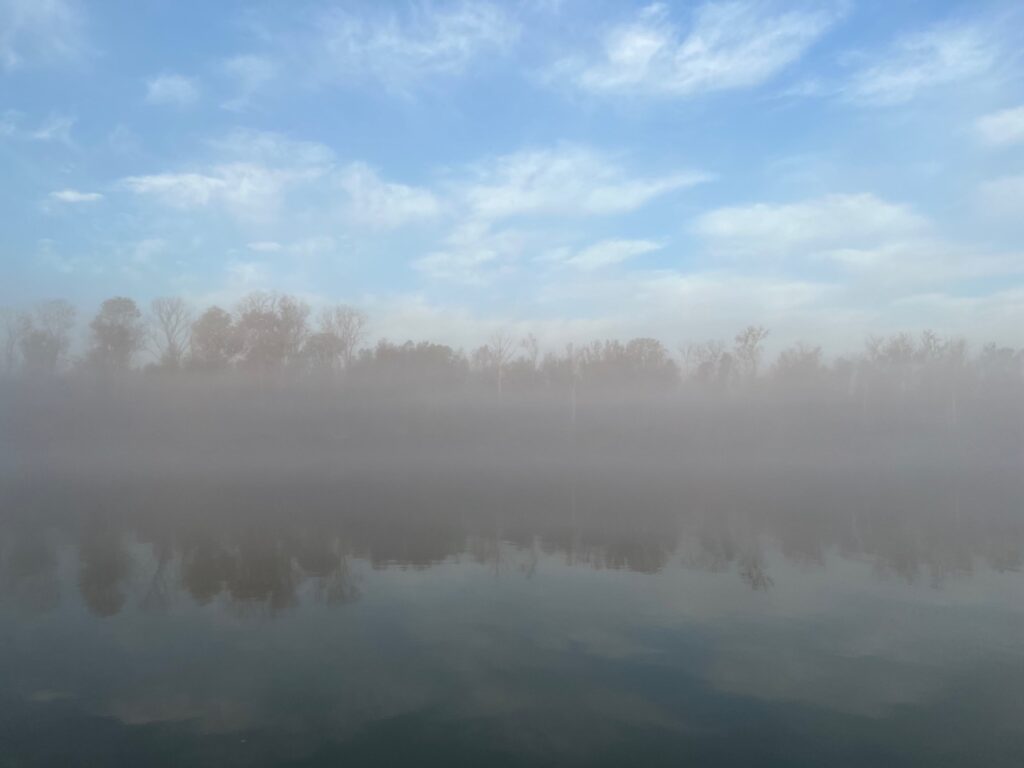

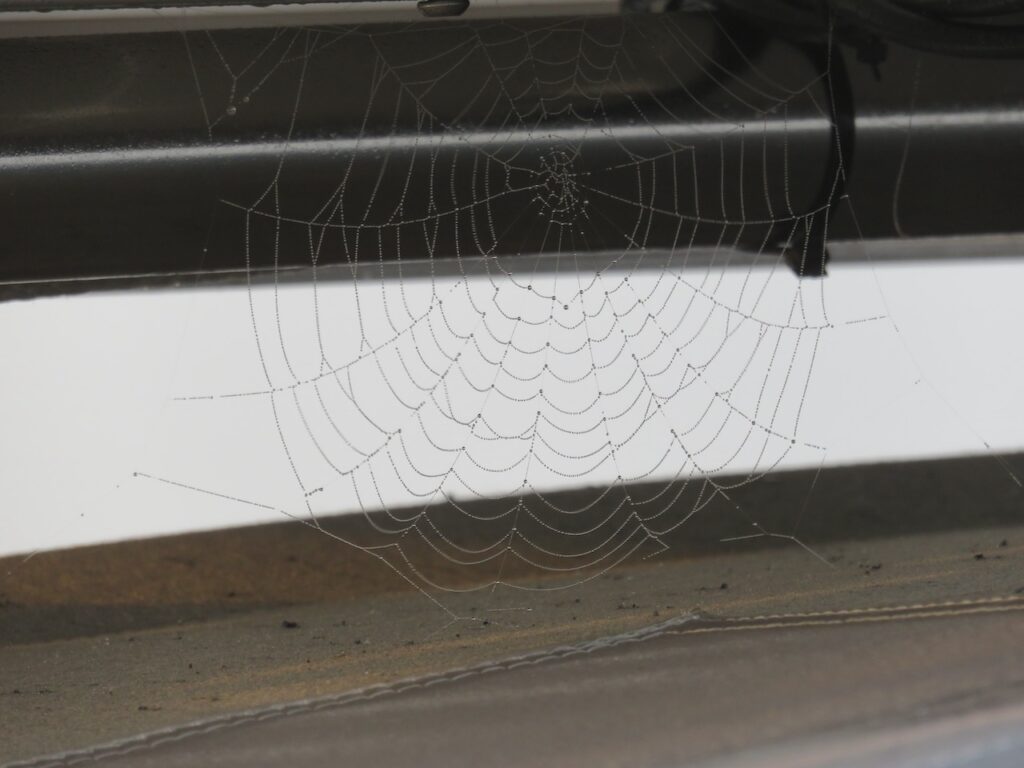

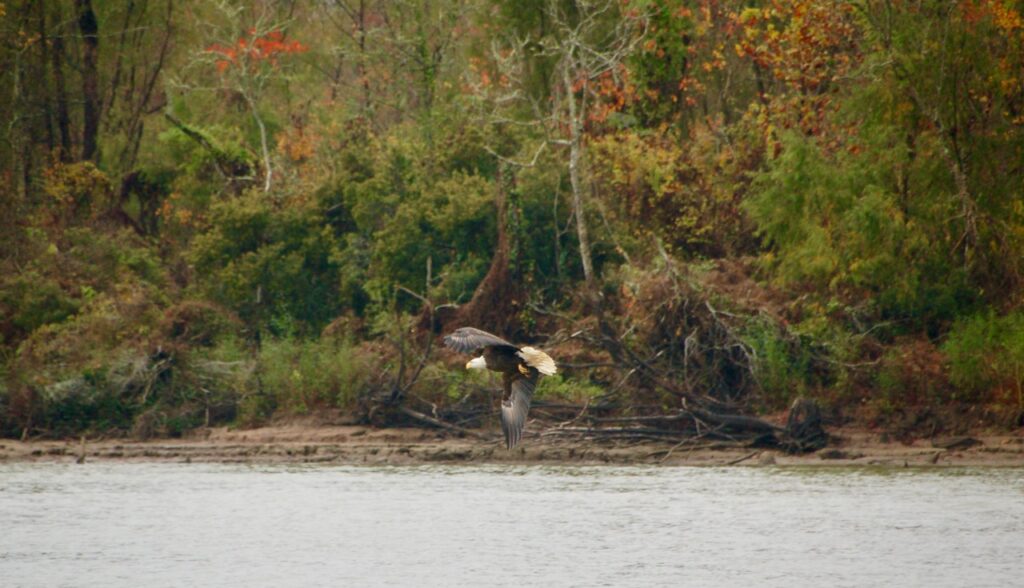
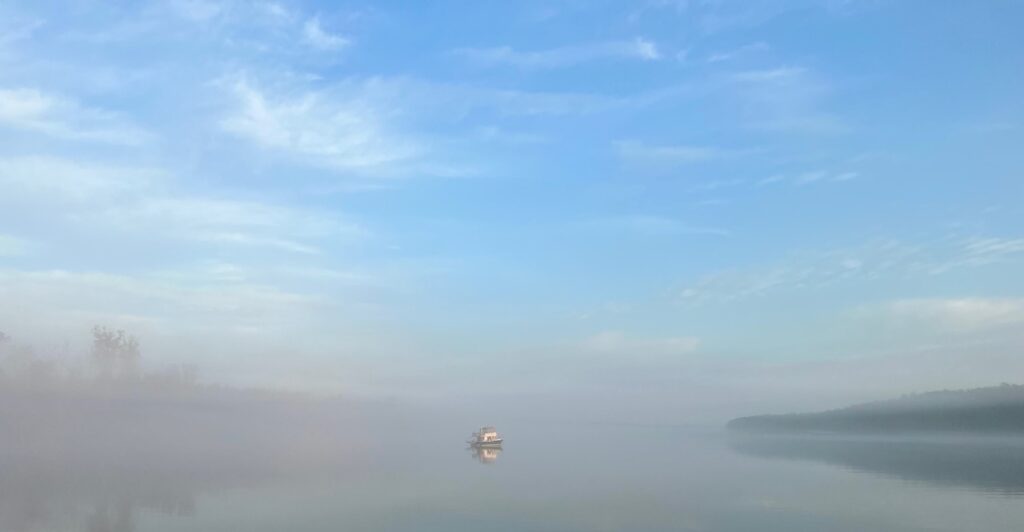
We have been posting pictures of the tows we encountered on this trip and, admittedly, it has been difficult to convey the enormity of the vehicles without special camera lenses. At the Lower Mississippi River Museum in Vicksburg, we stumbled on the perfect tool to provide context and convey size!
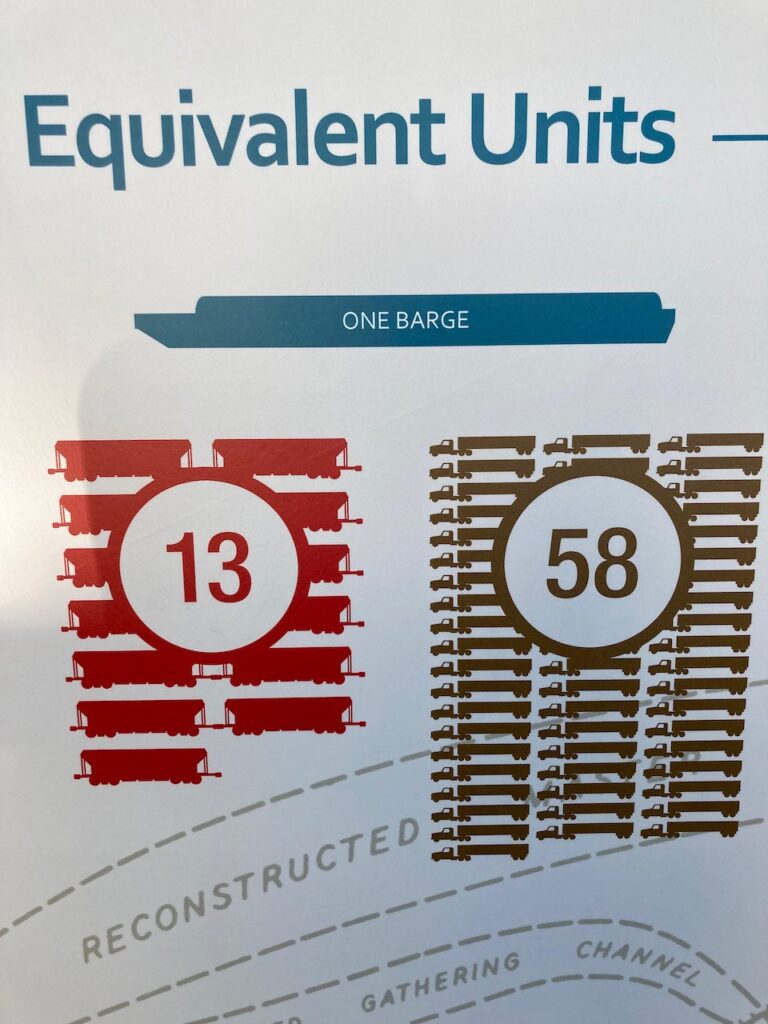
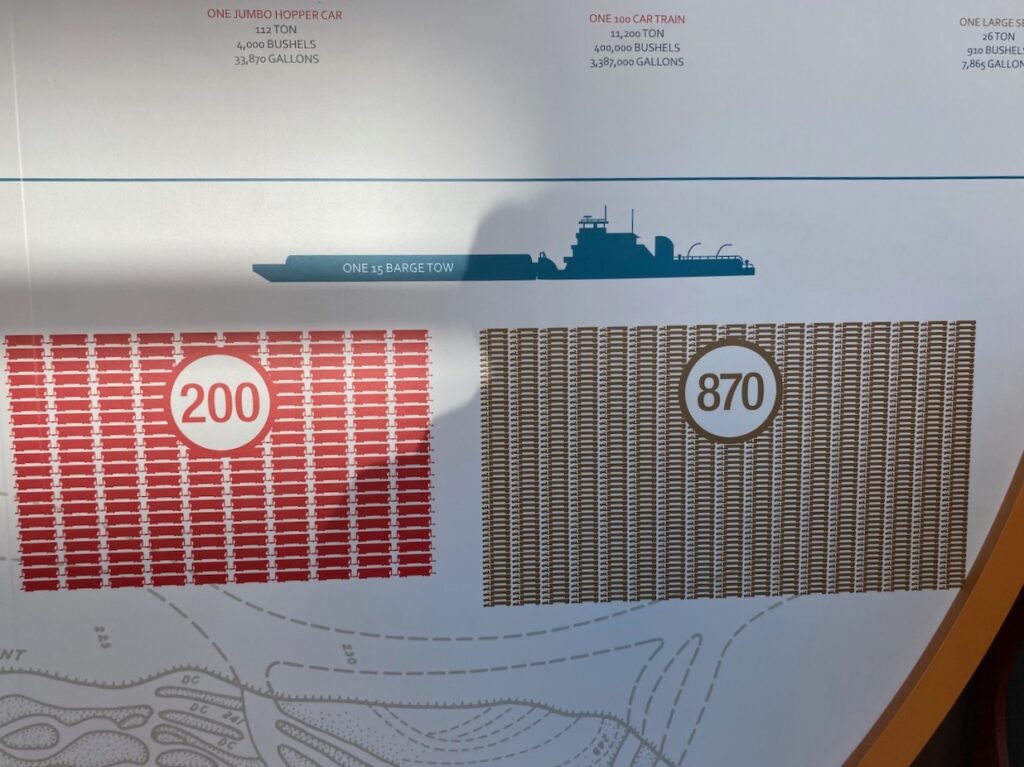
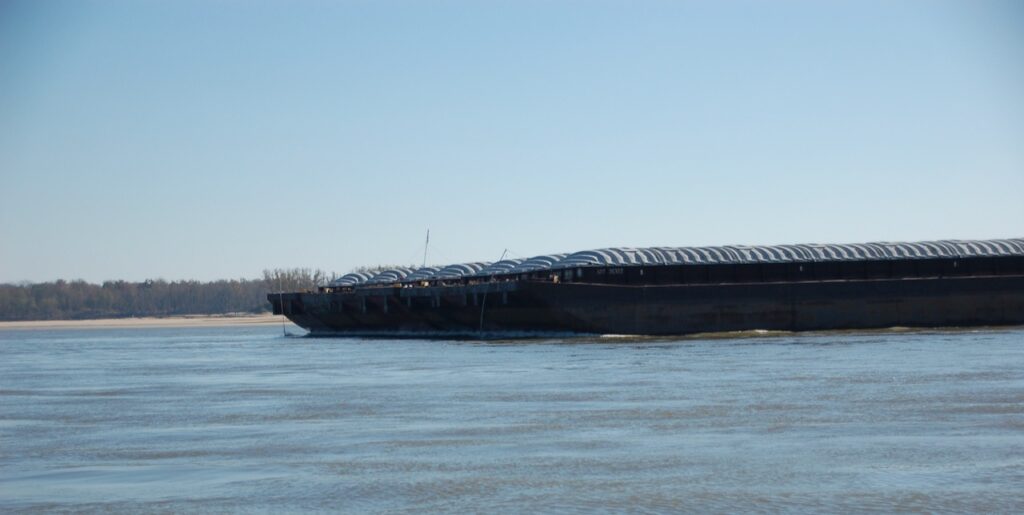

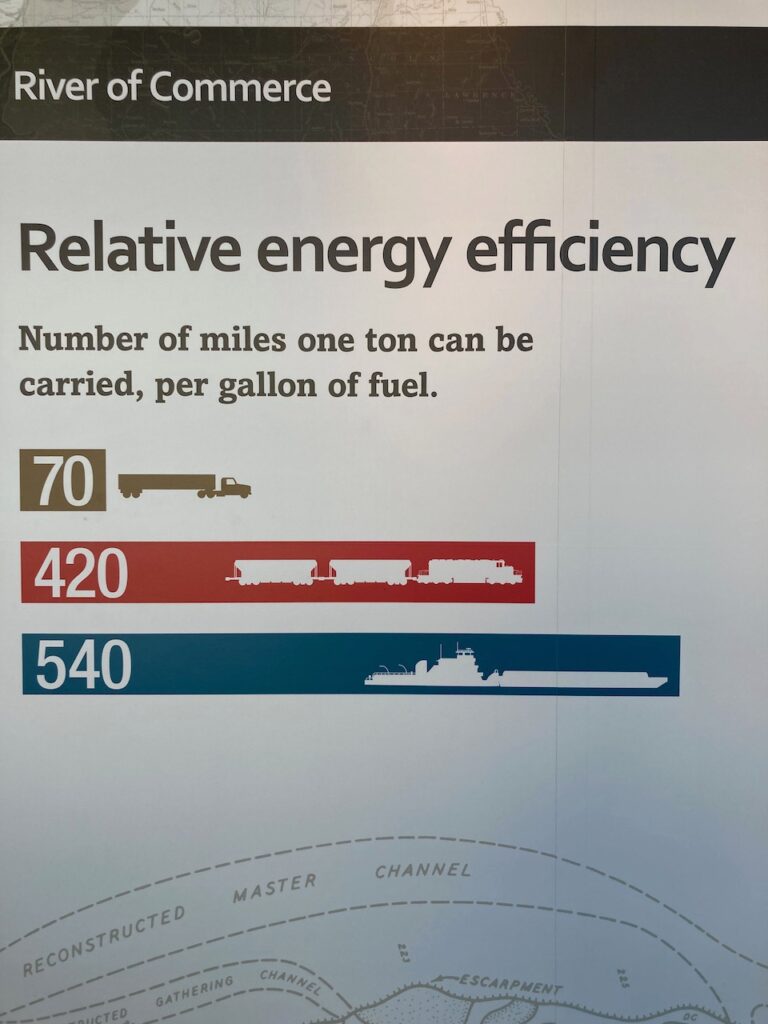
There are surprisingly few bridges over the Lower Mississippi River. They are located at the important (or formerly important) towns on the river and were natural stops for us.
Memphis is the largest of the Lower River towns we visited; it is a vibrant, colorful city and we enjoyed the barbecue, blues and Beale Street.
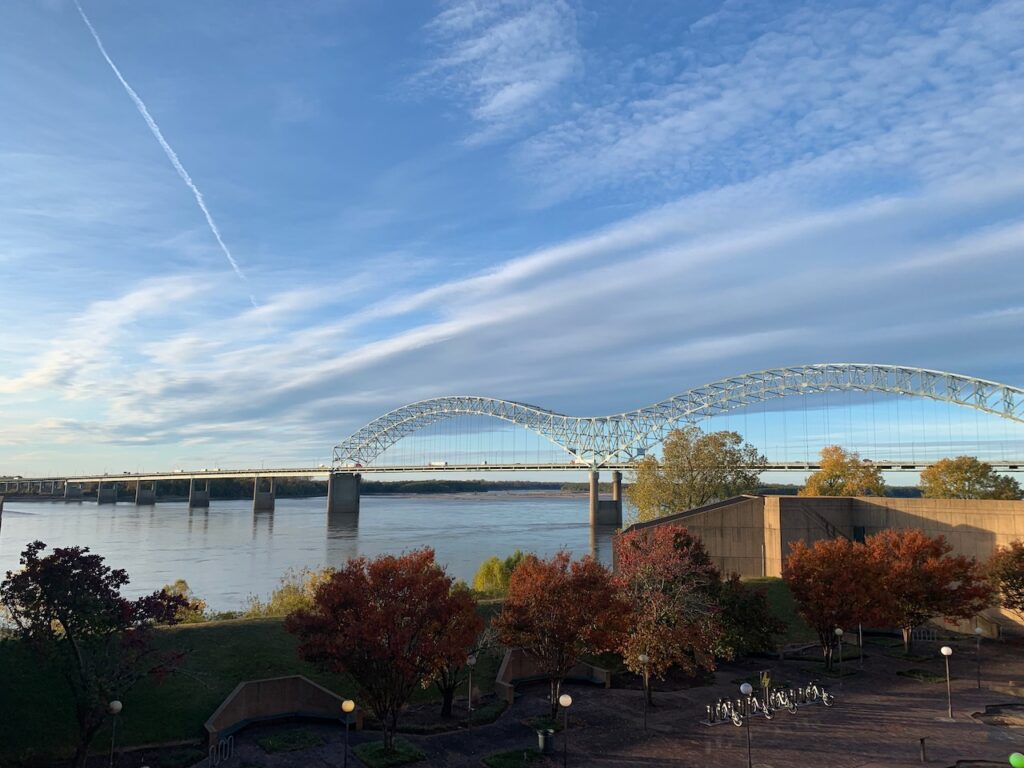

Memphis actually has multiple bridges spanning the Mississippi. On the left the I-40 interstate bridge and on the right the pedestrian bridge to Mud Island.
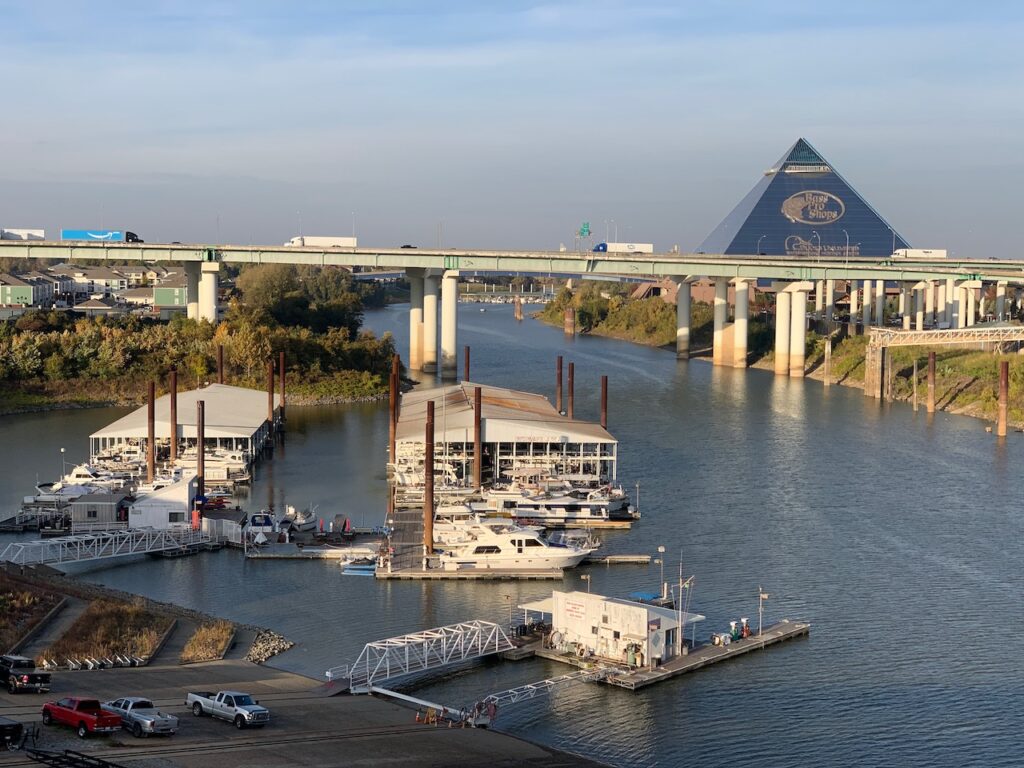
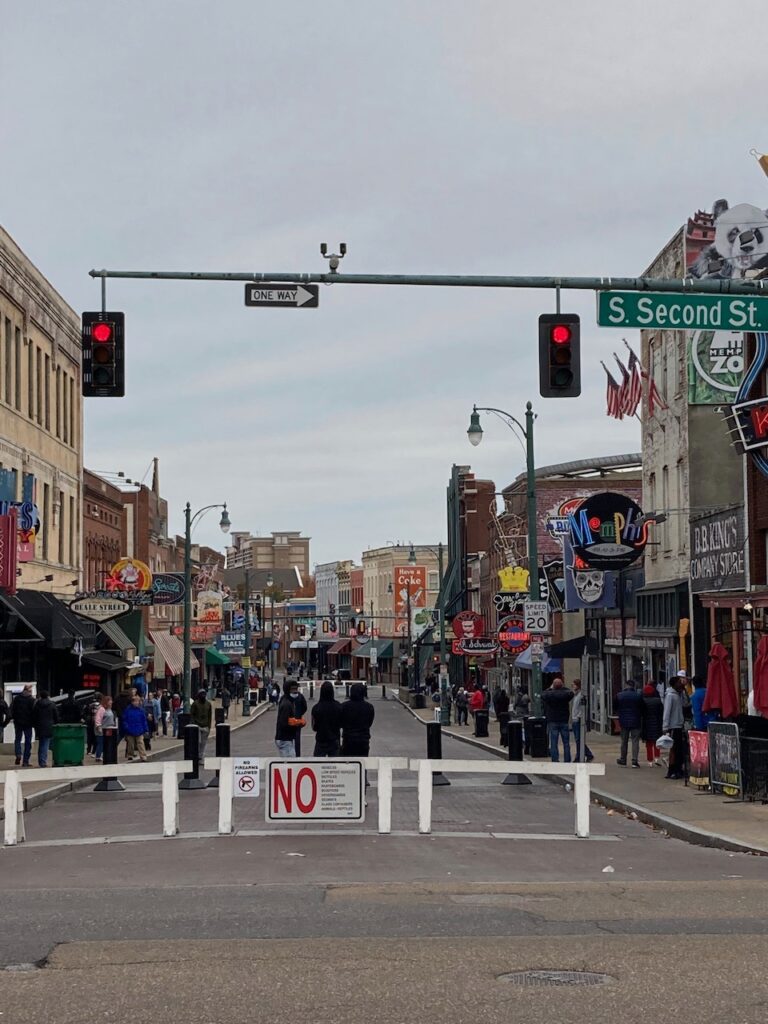

Beale Street and the South Main shopping district.



Mud Island Park’s Riverwalk. This is a model of the Mississippi River from Cairo, Illinois to the Gulf of Mexico. The model includes the river’s meanderings, towns and the bridges spanning the river. It is 2000 ft (600 m) long with a scale of 30 inches to a mile (1:63360). The last image is our destination, New Orleans, represented in the model.
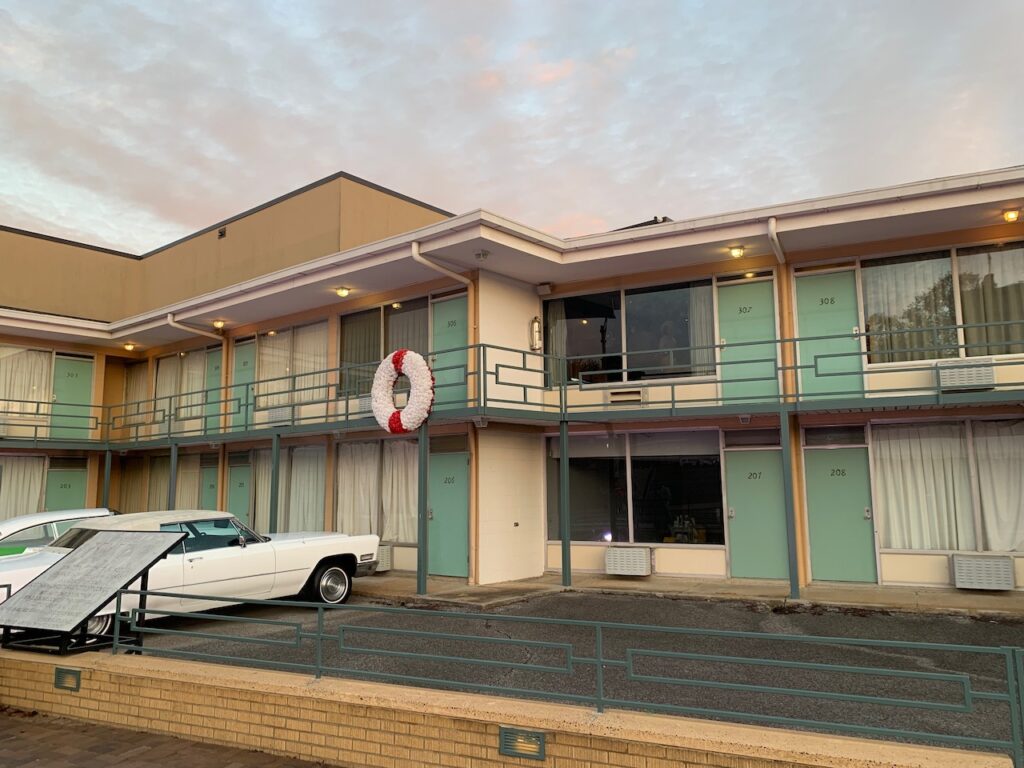

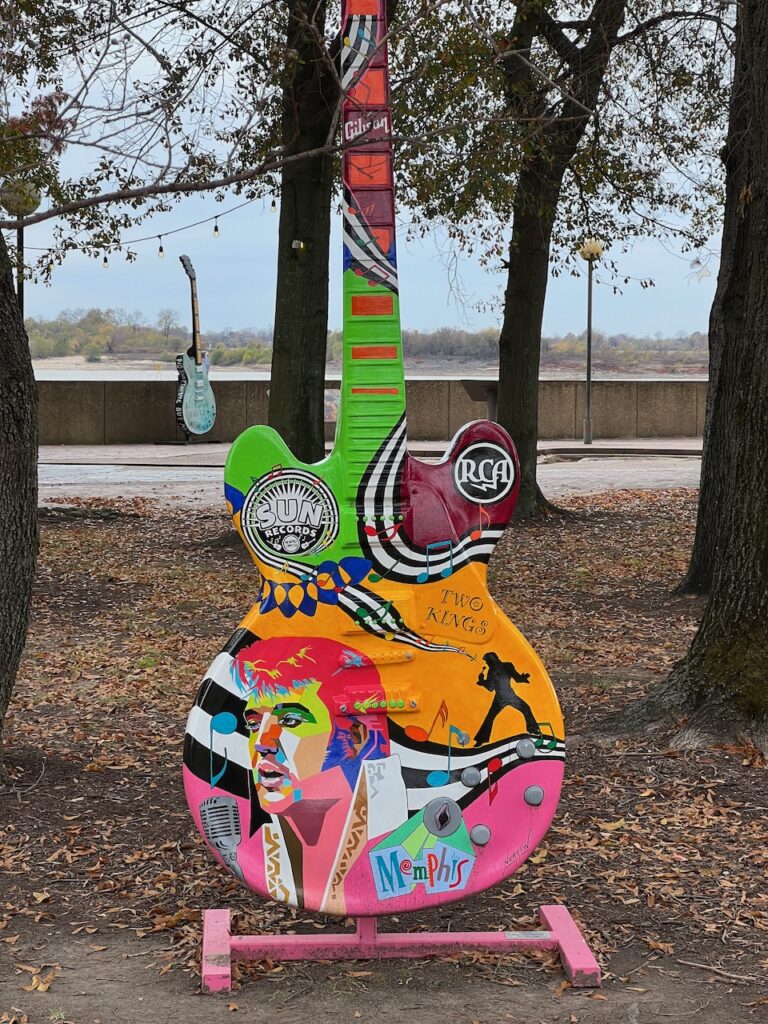


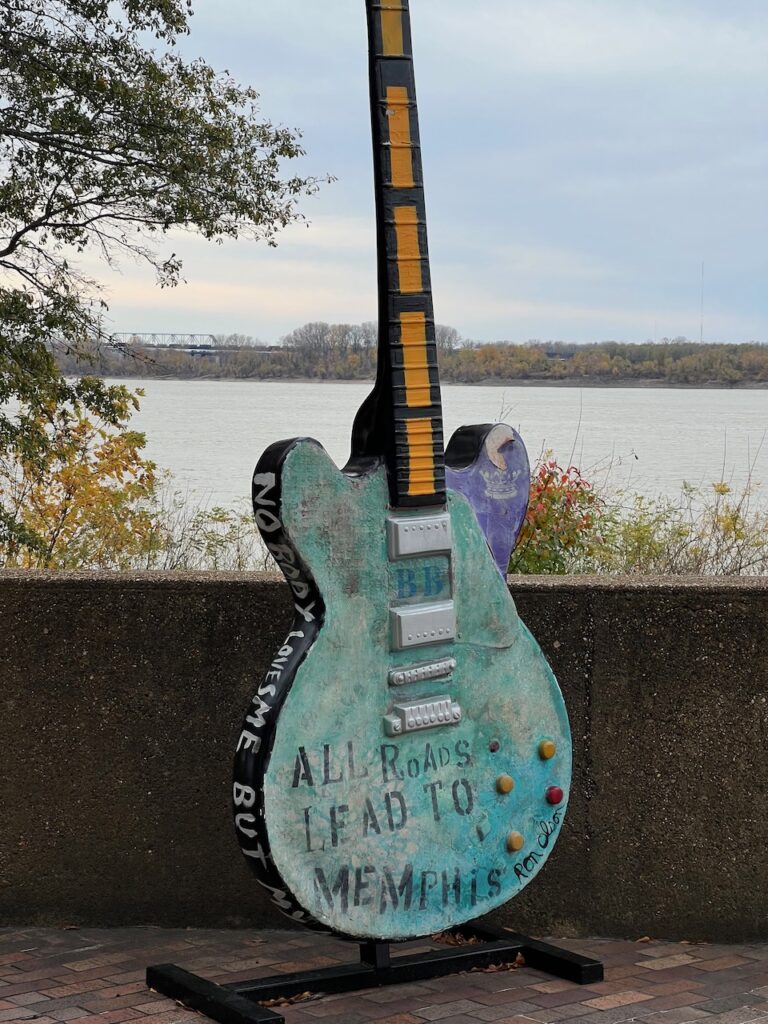
Memphis, home of the Memphis Blues

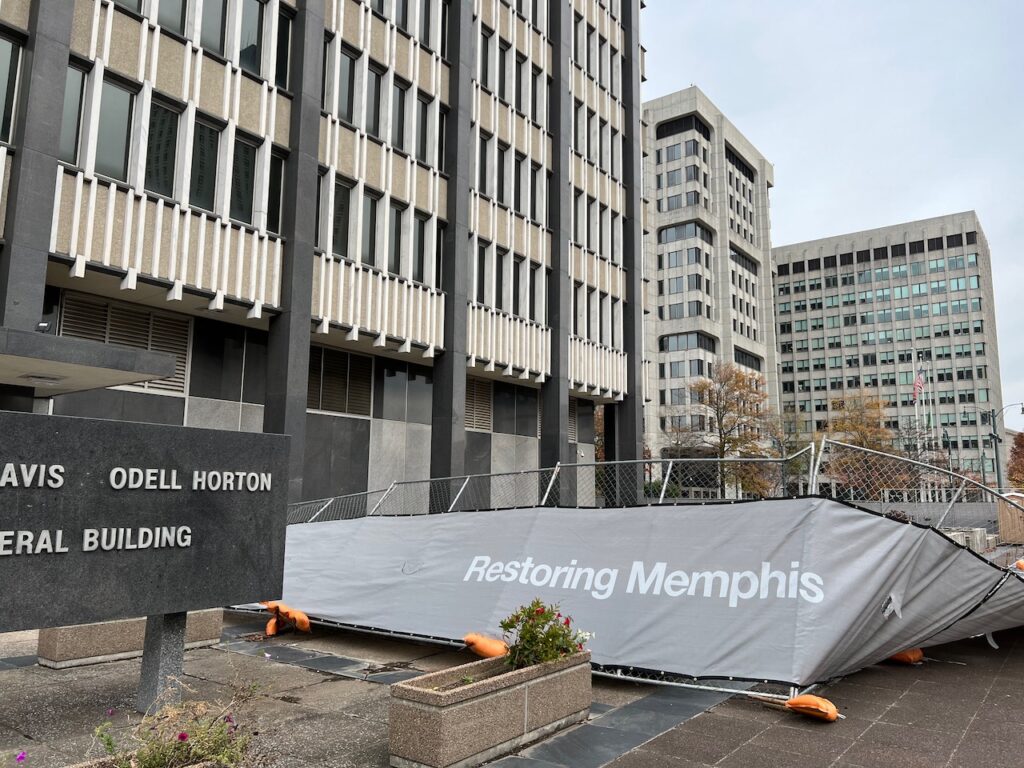
Helena was once the seat of the highest cotton producing county in the US. It is the birthplace of Conway Twitty and Sonny Boy Williamson. The annual King Biscuit Blues festival is held here every October and 30,000+ blues fans bolster the local economy for four days. (Helena is home to radio station KFFA; the original King Biscuit Hour was broadcast from here.) Today, Helena is a shadow of its former self. To be fair, we visited on a Sunday, but it was as if we stumbled onto a movie set during off hours…
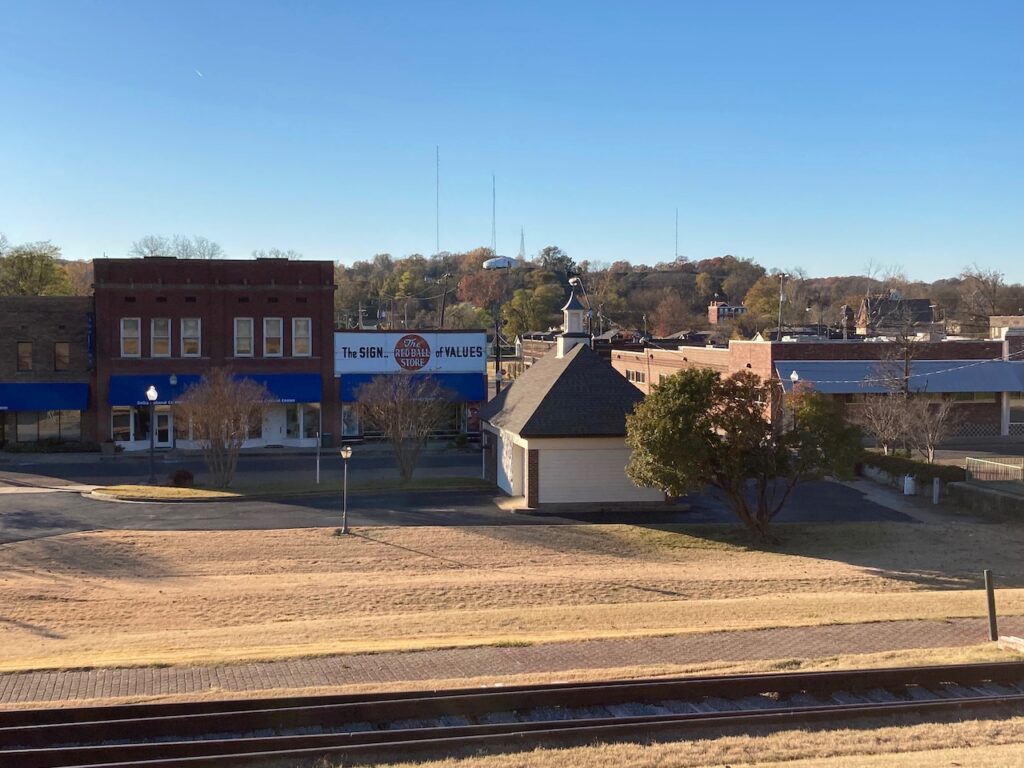

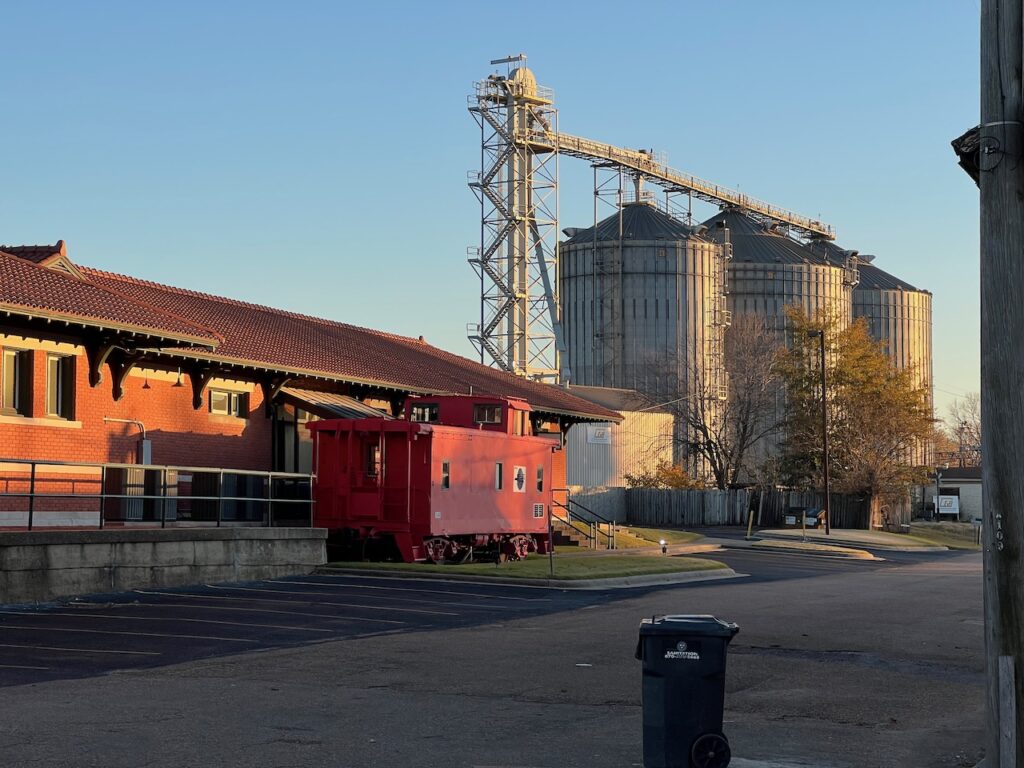
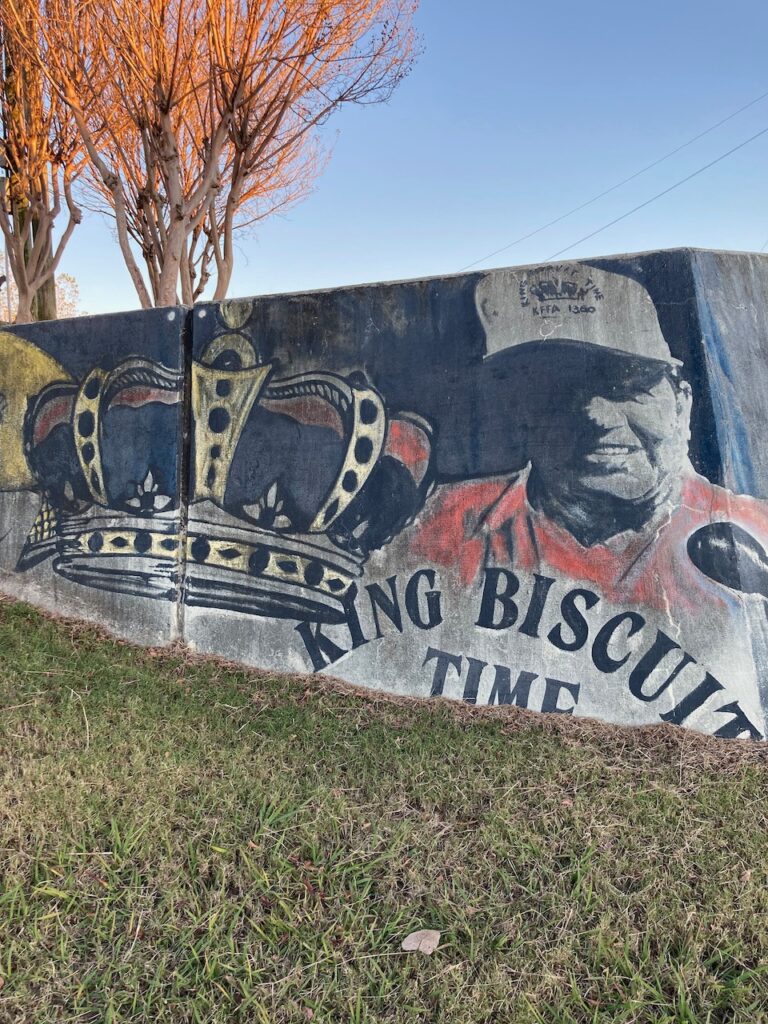
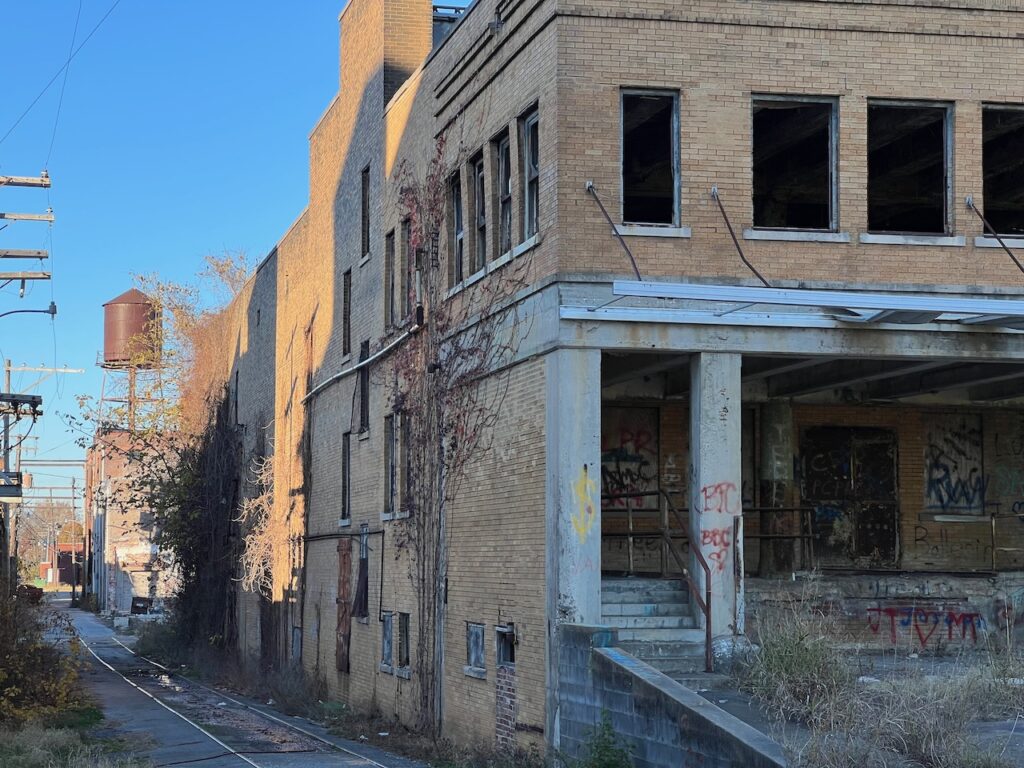
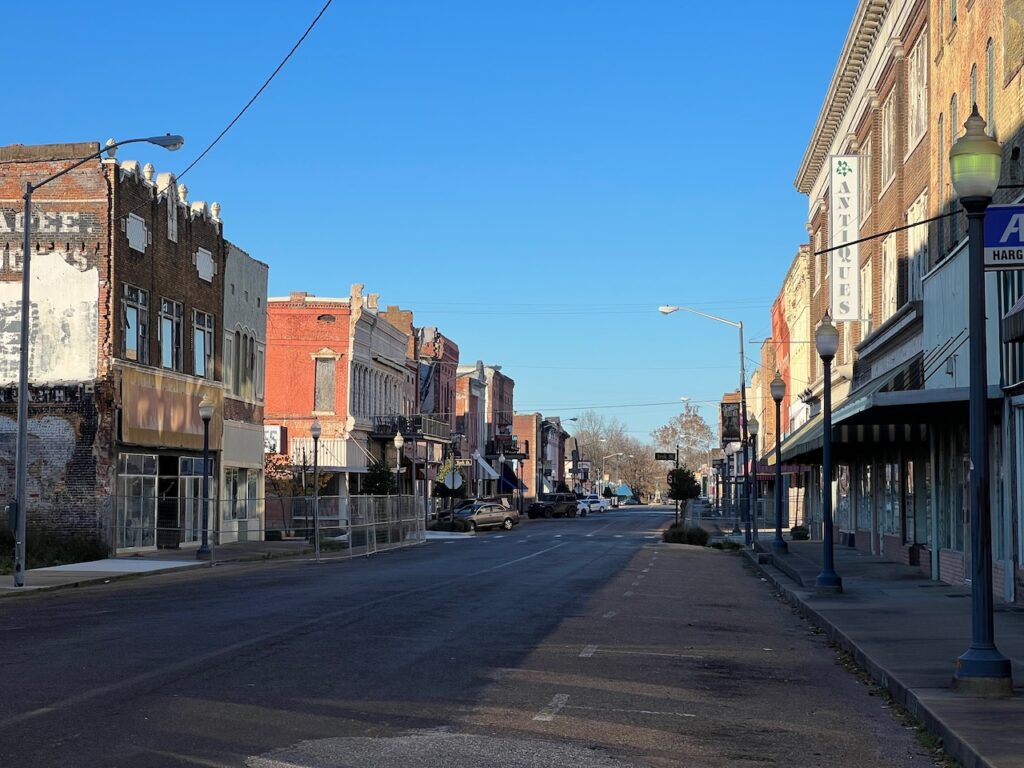
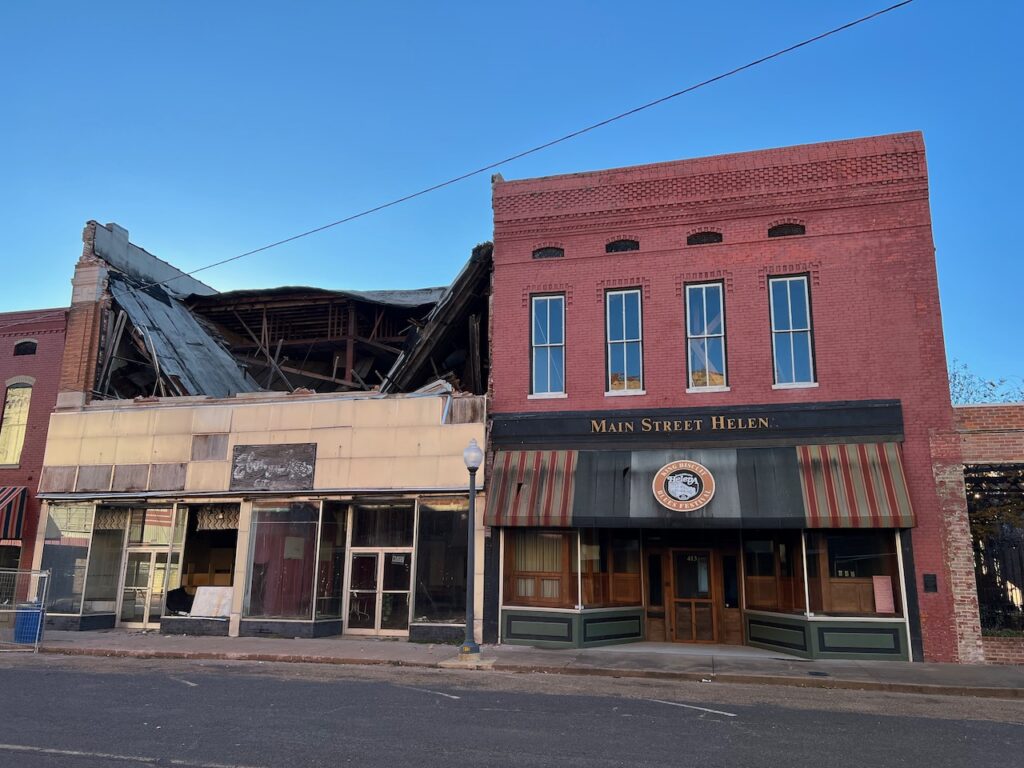
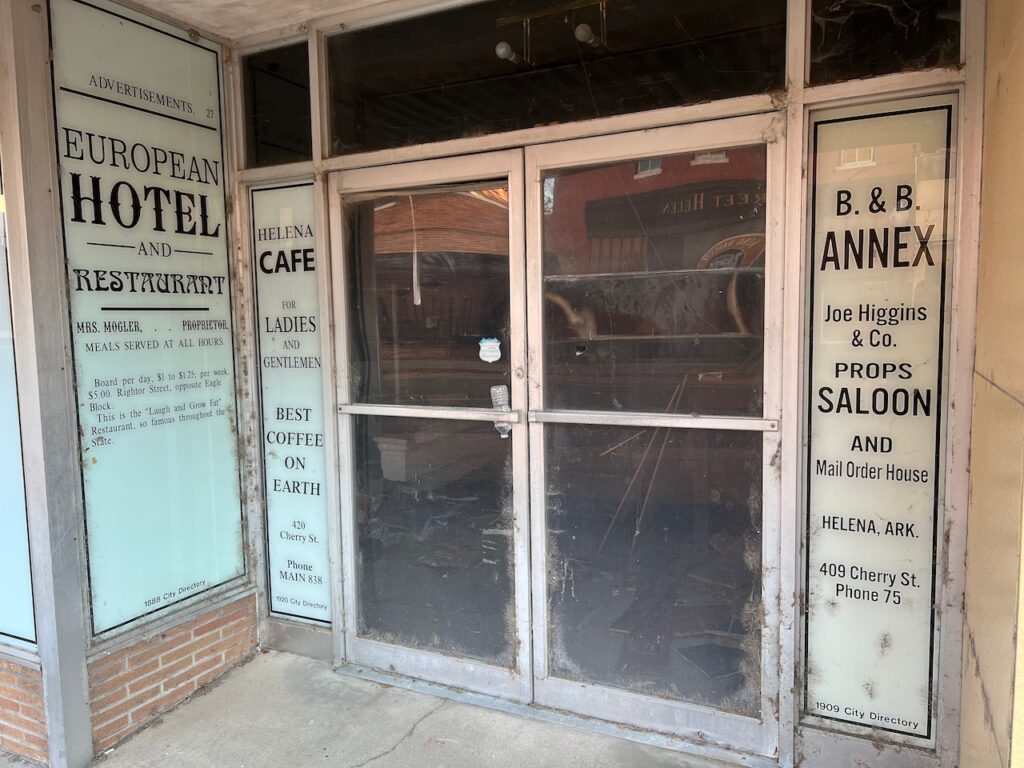


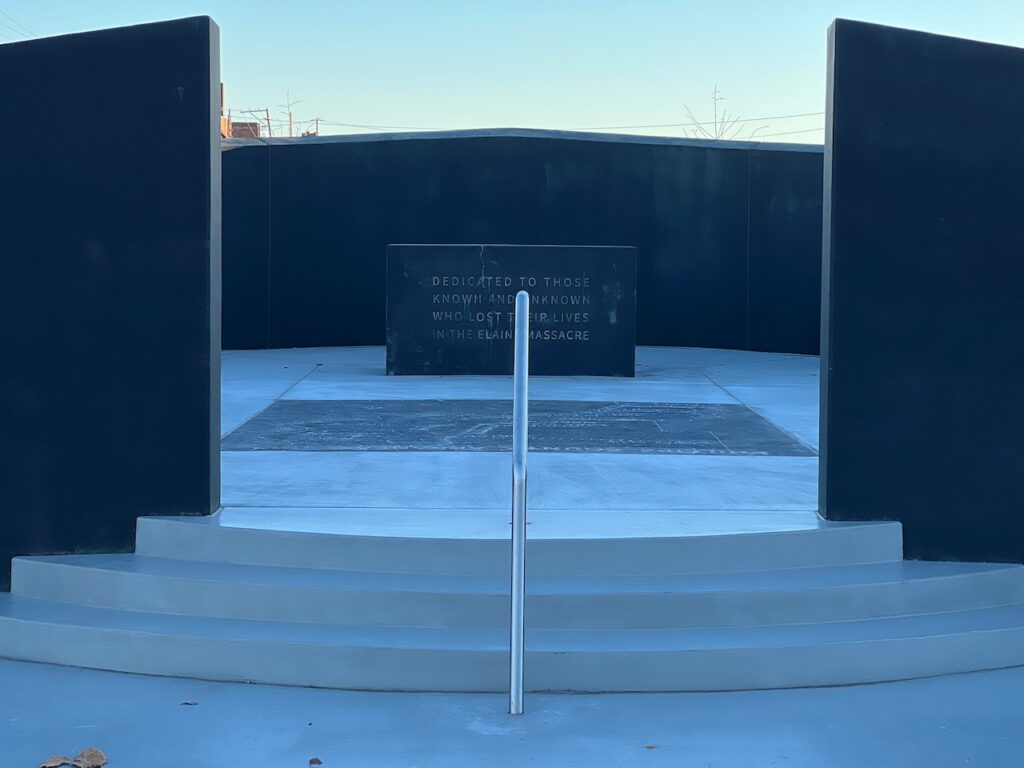
There is a small, neat park at the end of Cherry St which dispelled a bit of the gloom… until you googled “What was the Elaine Massacre?”. The image on the right is a memorial to the victims of the massacre. From the memorial alone, unless you had previous knowledge, you would never know it was the largest race riot in the history of the US.

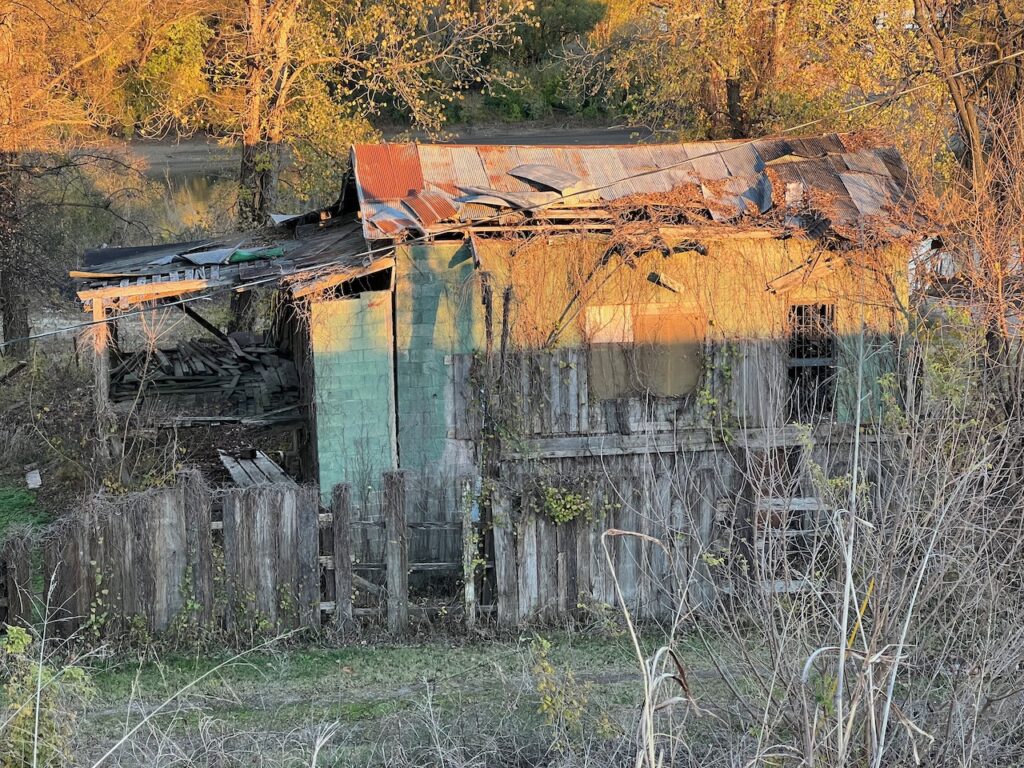

We left Helena-West Helena more aware of the havoc the loss of economic activity can have on a community. We saw this played out in upstate New York but, moving quickly into the tourist infrastructure of the Erie Canal, quickly forgot the dismal places. Here, in the middle of the country, you get reminded almost every day.
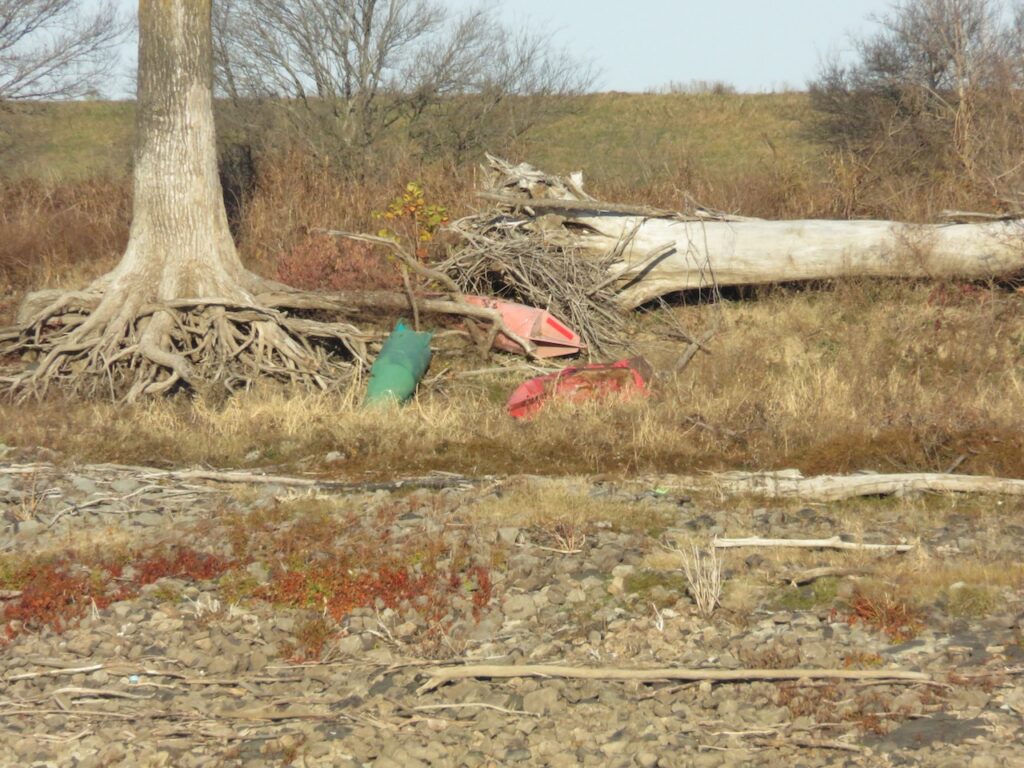
Greenville is another struggling river town. At one point, Greenville had a large marine industry servicing the tows and barges that run the river. The Carter administration’s Soviet Union grain embargo wiped out many of the players when grain transport for export was halted. Today there is only a single service still in operation. The Delta Blues scene was also a vibrant component of life in Greenville. Nelson Street was once lined with music venues like Beale Street in Memphis. Doe’s Eat Place, on Nelson St, was one of the blues clubs but continues today only as a restaurant, one the few remaining in town.
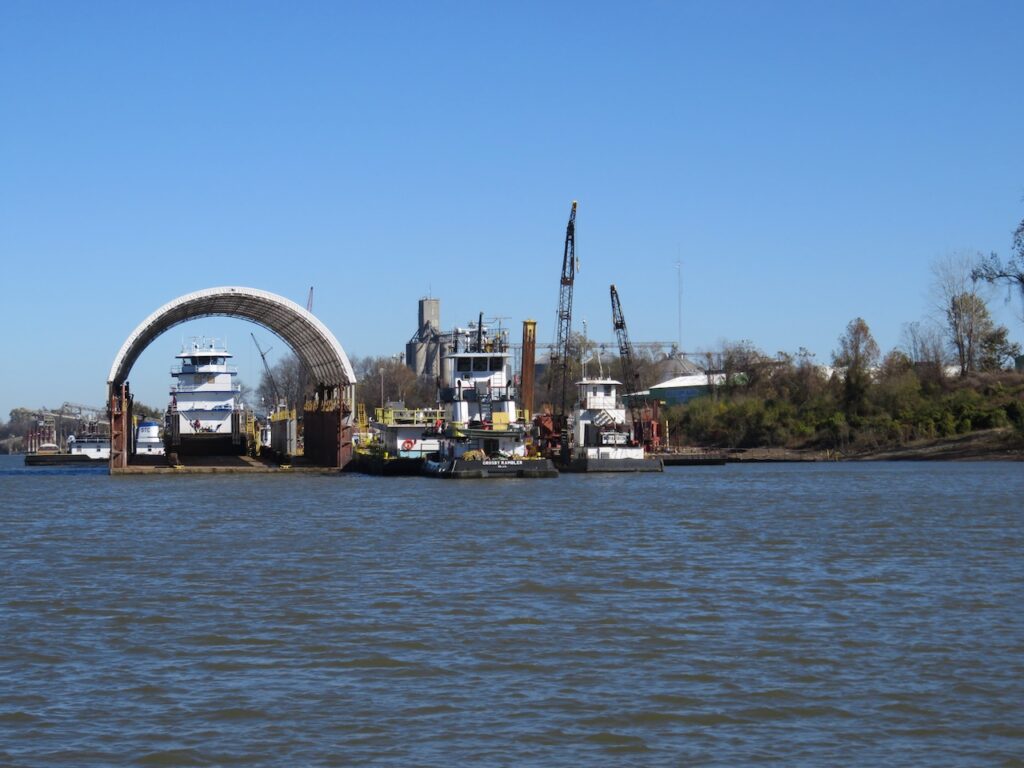
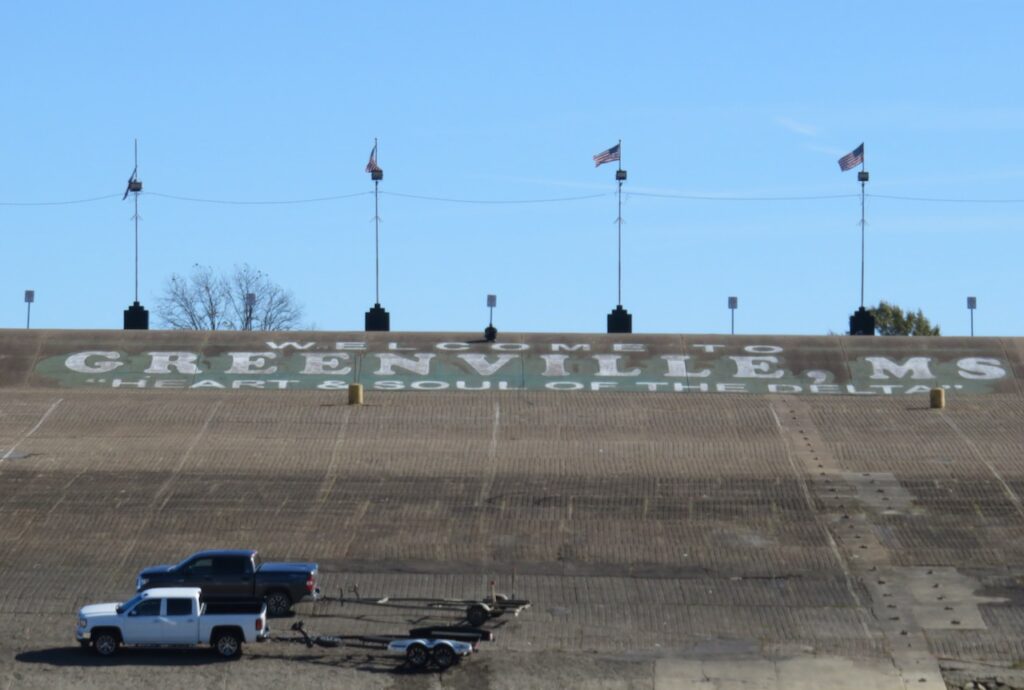
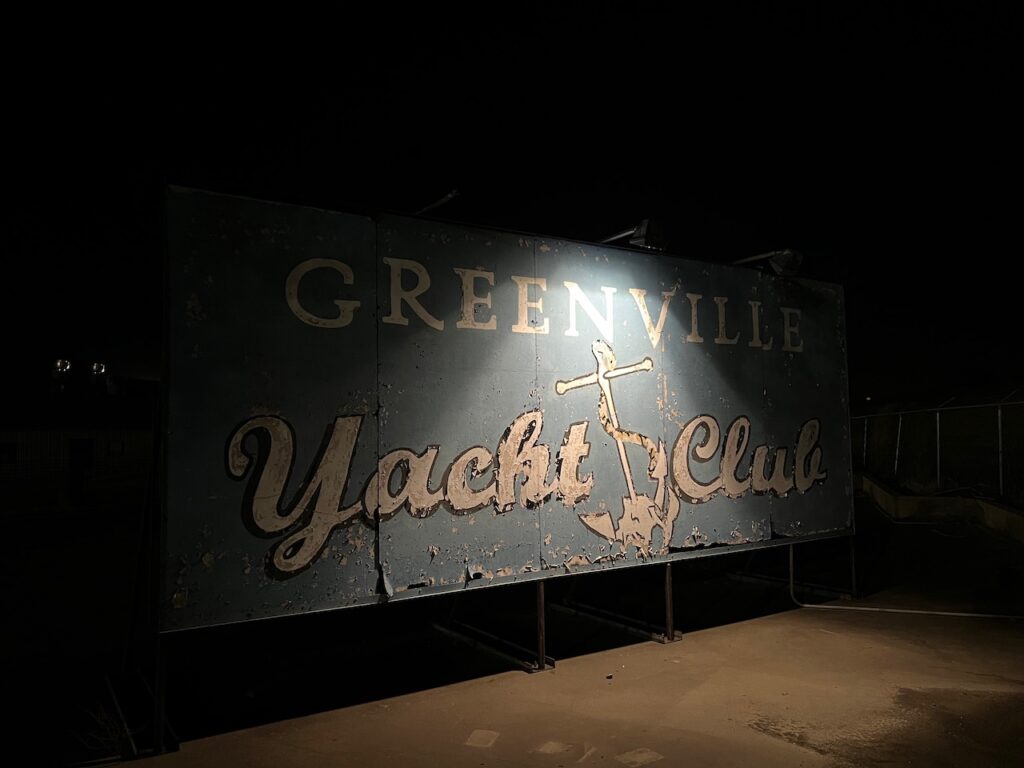

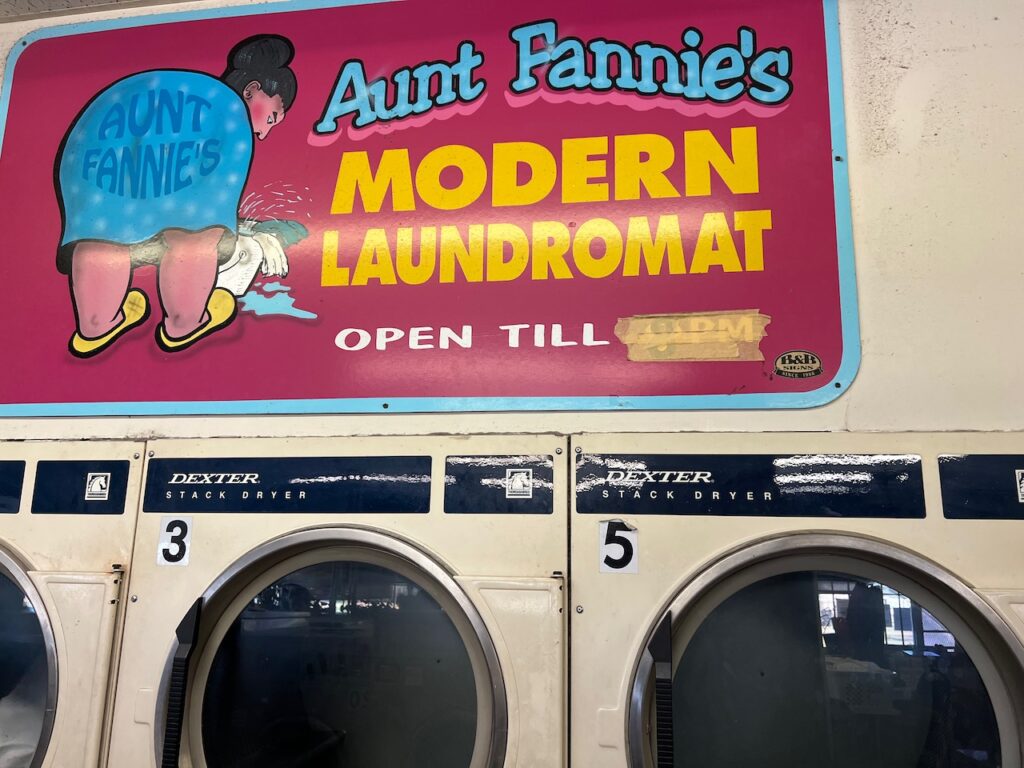
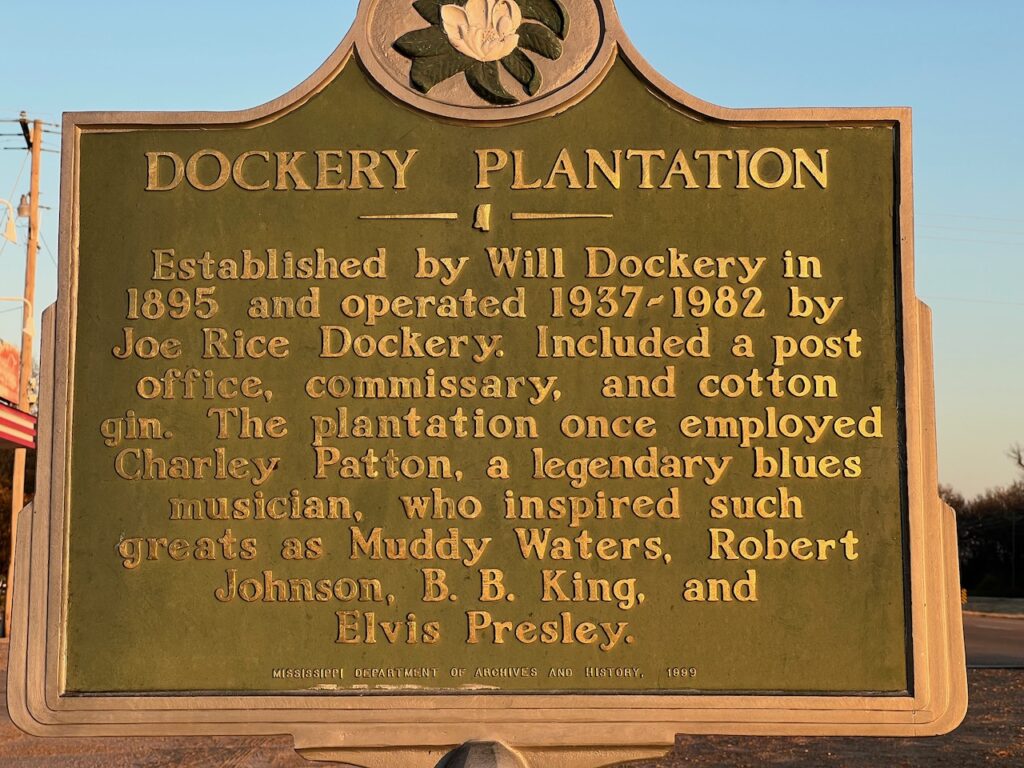


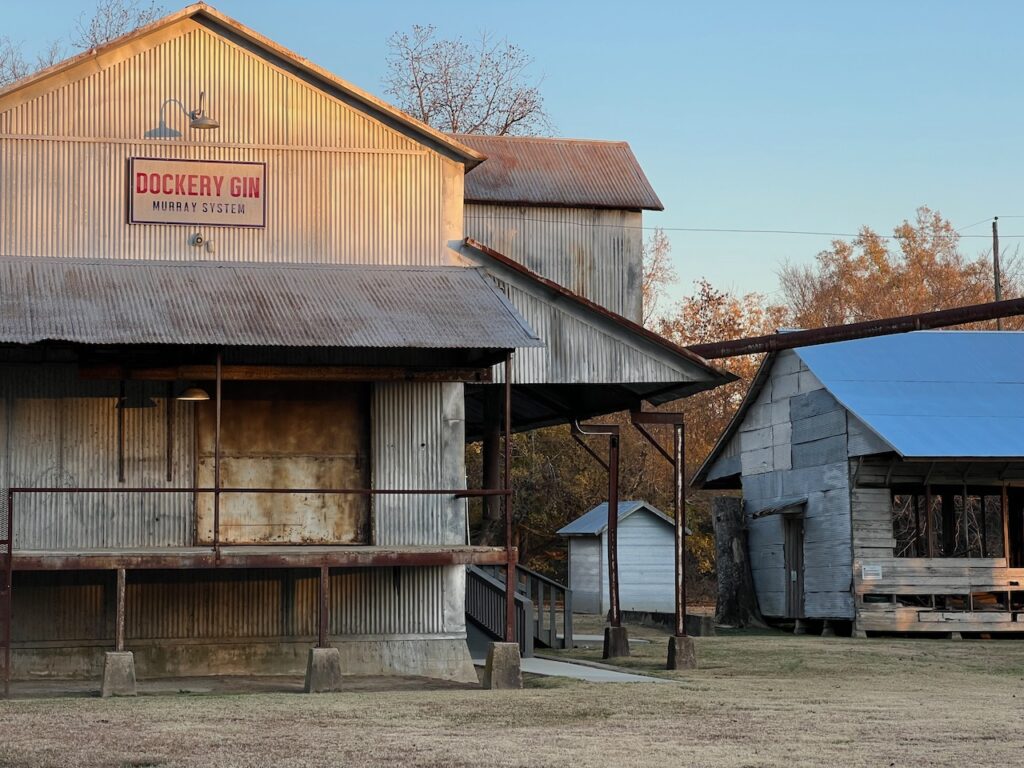
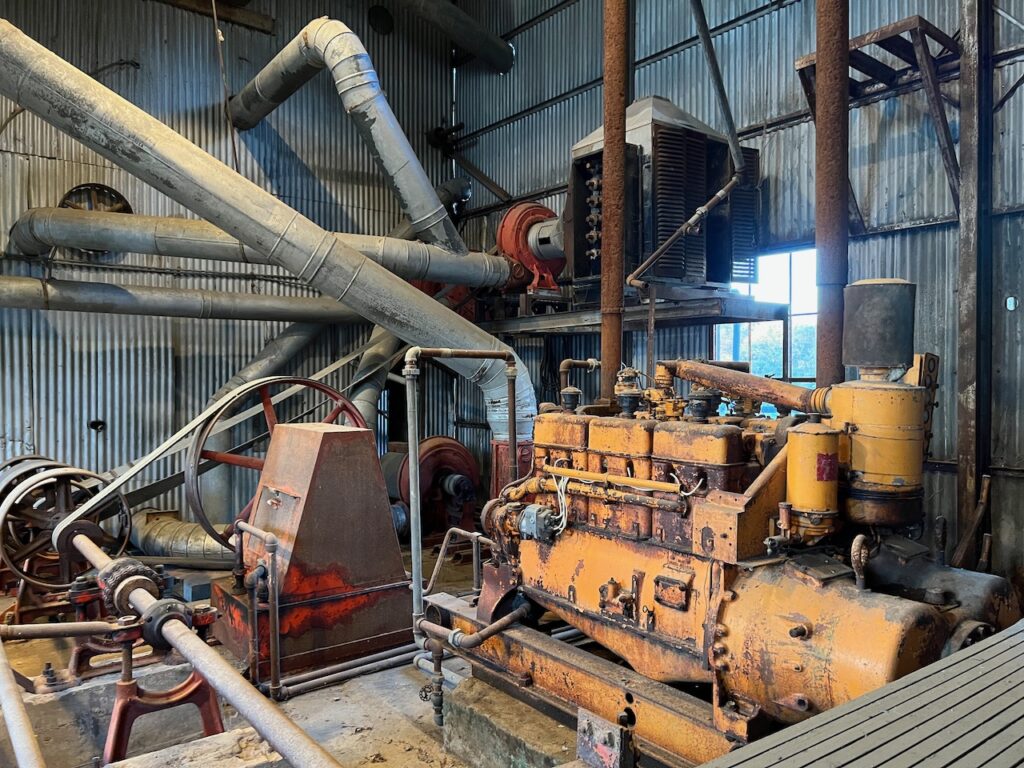
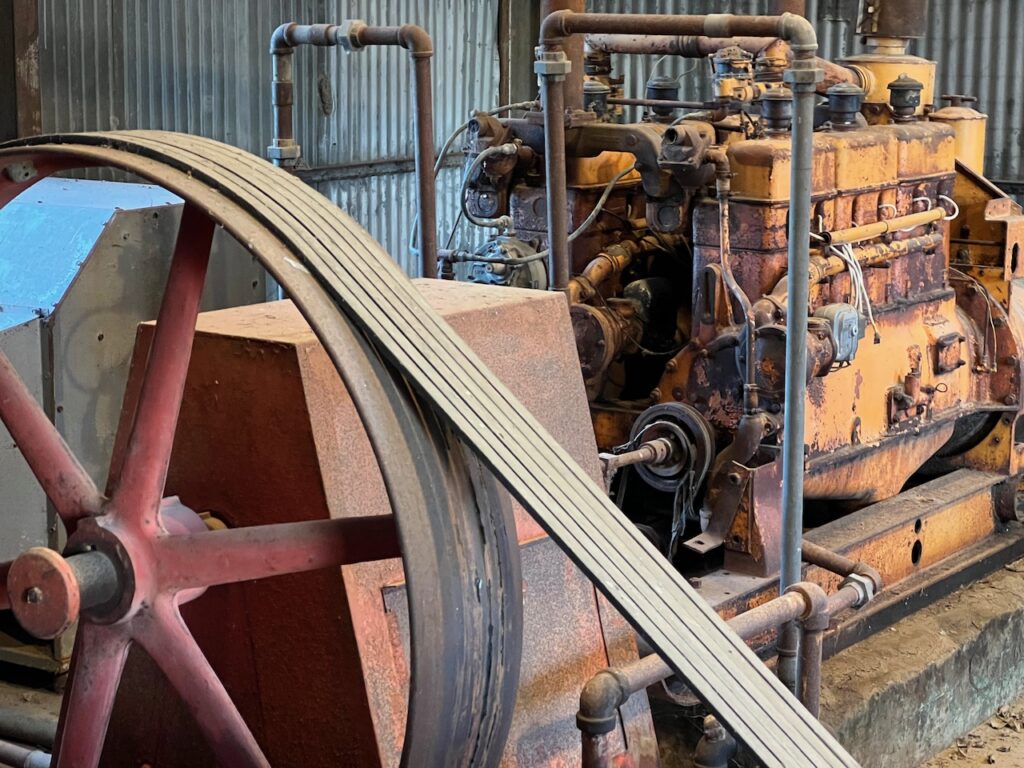
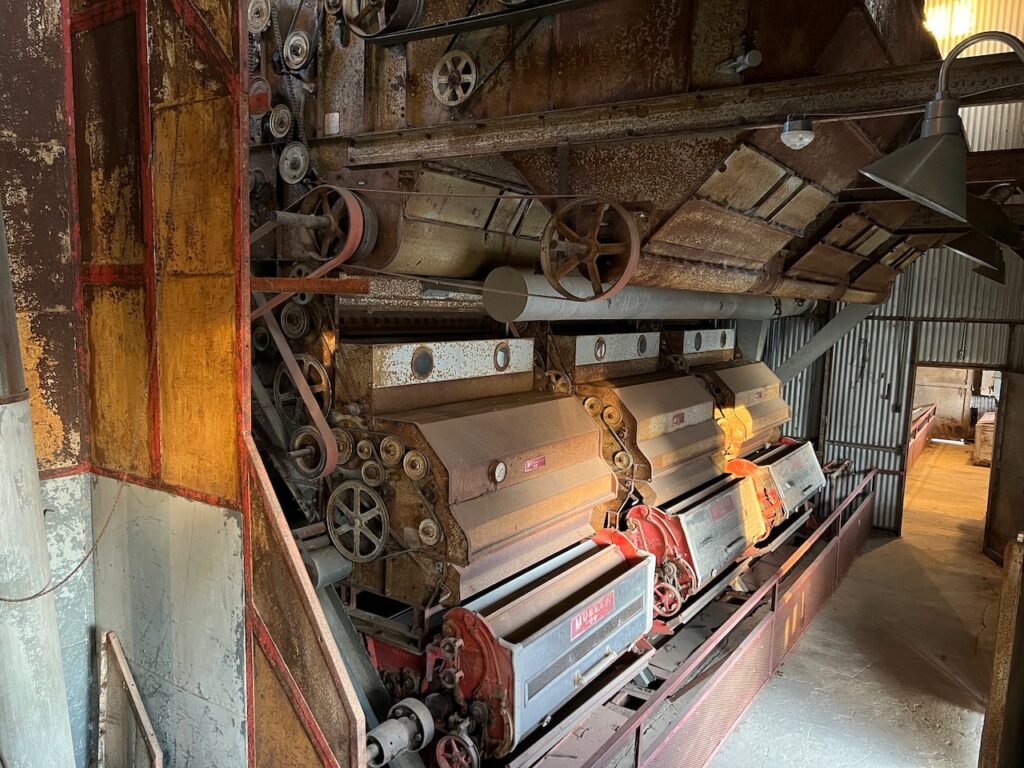
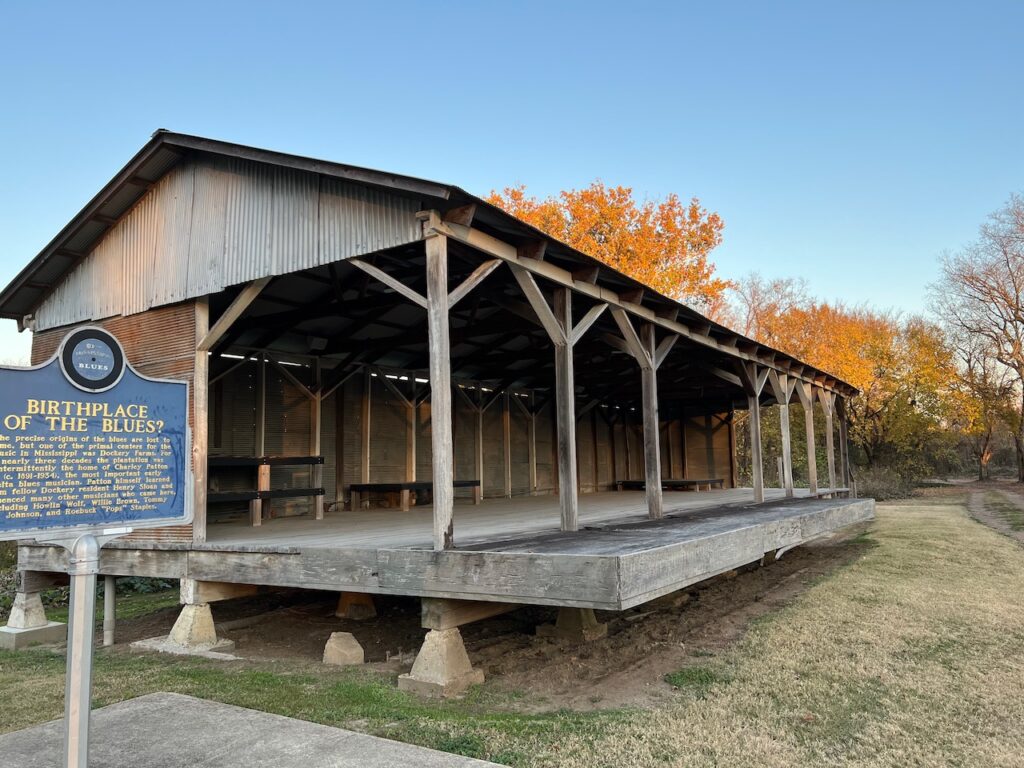
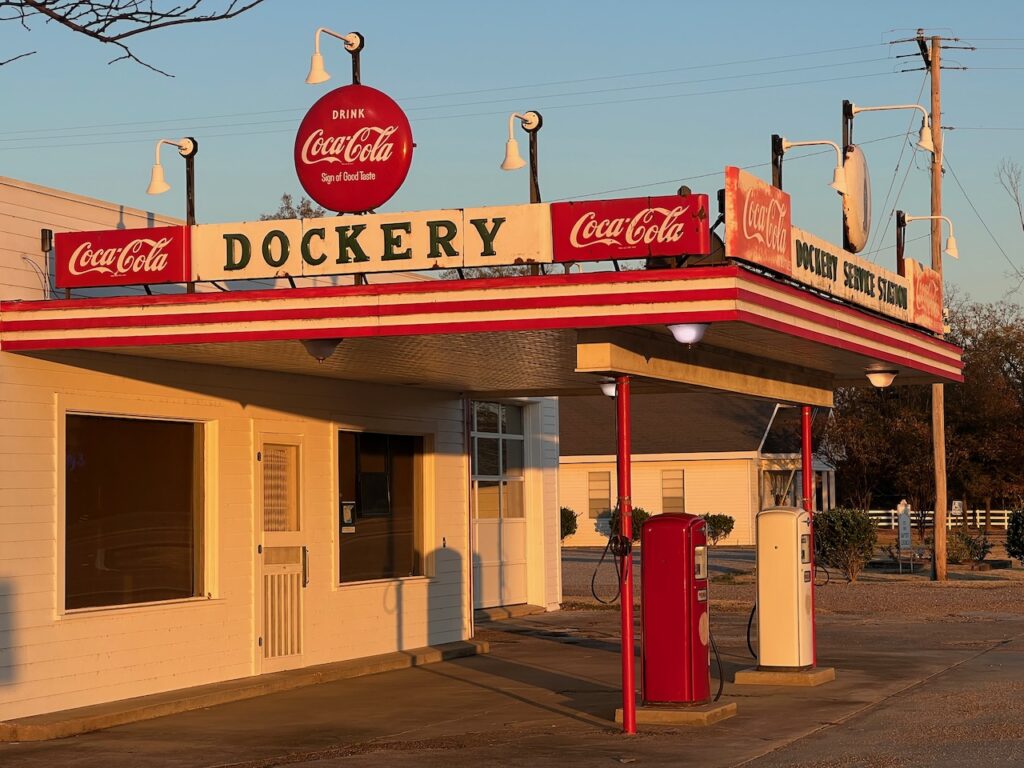
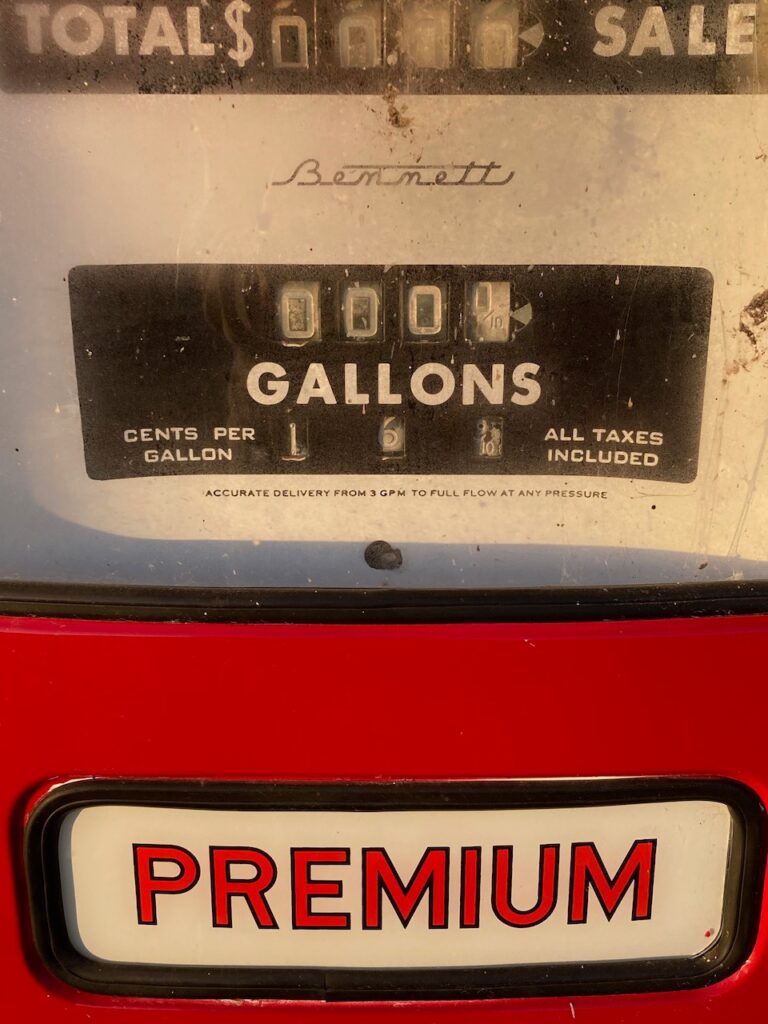

We stopped at Dockery Plantation on the way back to Greenville. The plantation was extremely well maintained and the inside workings of the cotton gin were fascinating. Check out the price for Premium at the gas station!!!

All of the marketing material and tourist info we saw refer to Vicksburg as “The Key to the South”. The moniker was earned when Lincoln referred to Vicksburg’s strategic importance for Union victory during the Civil War and remains relevant today with the well-preserved historical and cultural attractions. Vicksburg is home to the National Military Park, which commemorates the battle for Vicksburg, and the Jesse Brent Lower Mississippi River Museum, which showcases the river and the Army Corp of Engineers efforts to mange it.
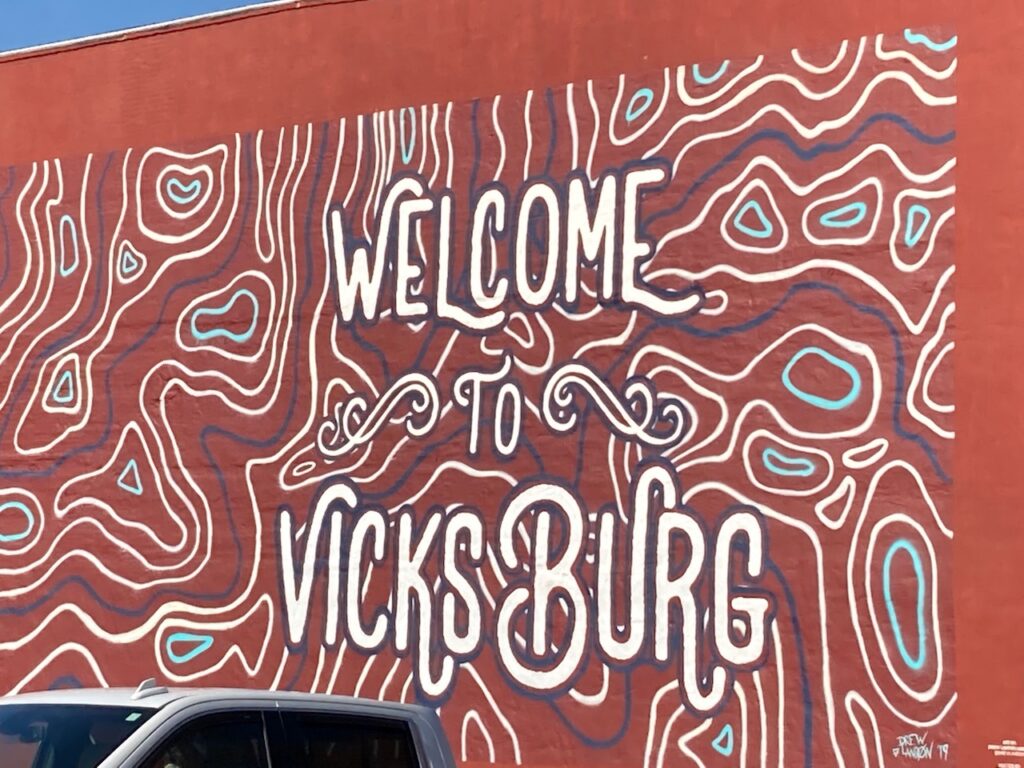
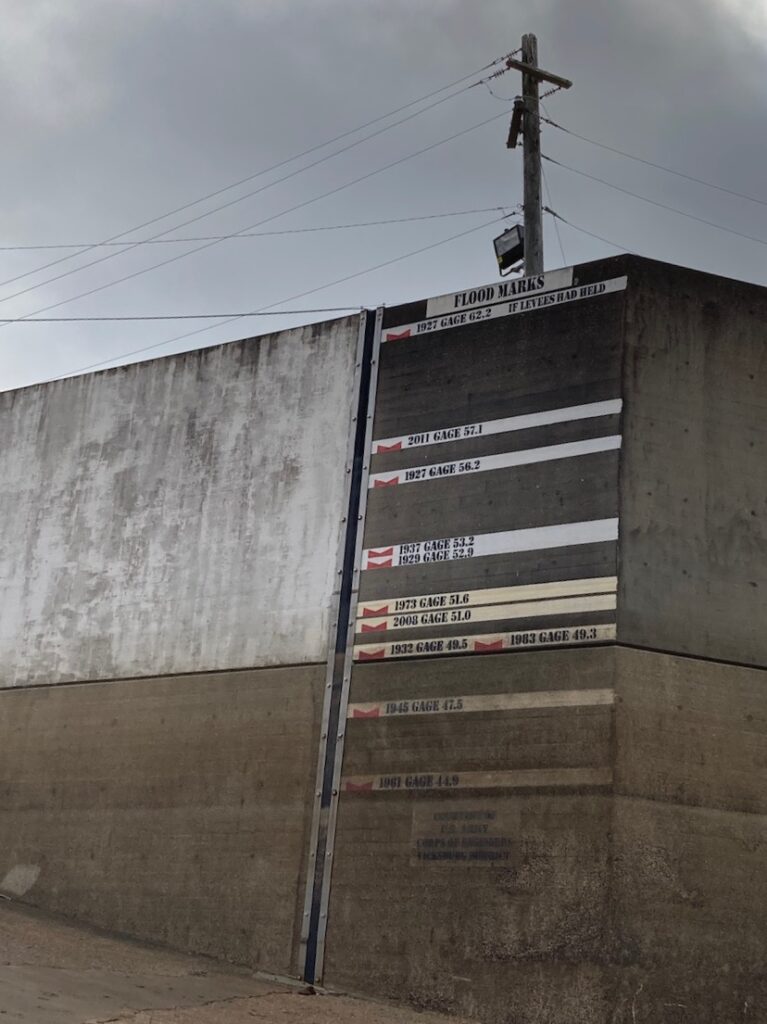
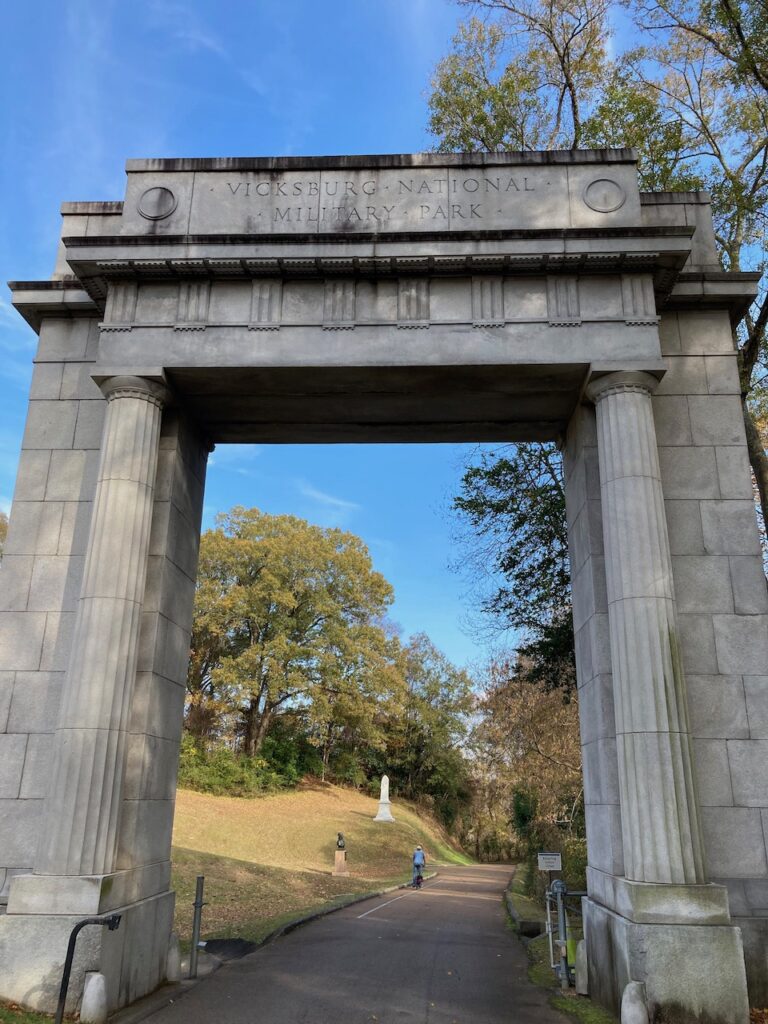
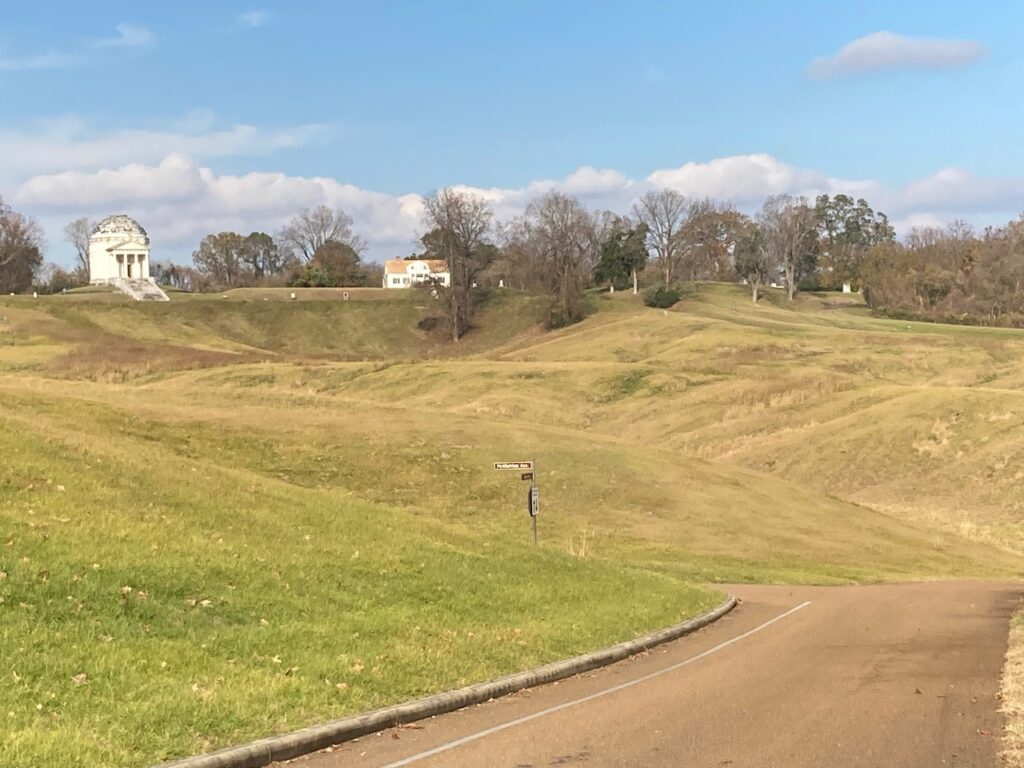
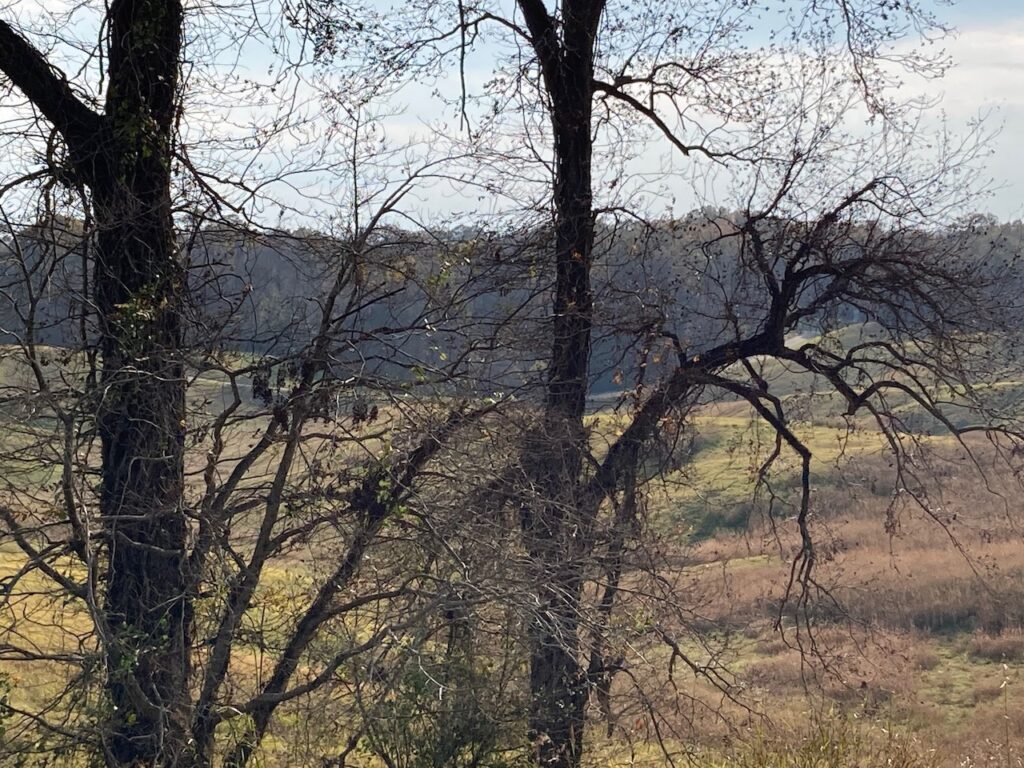
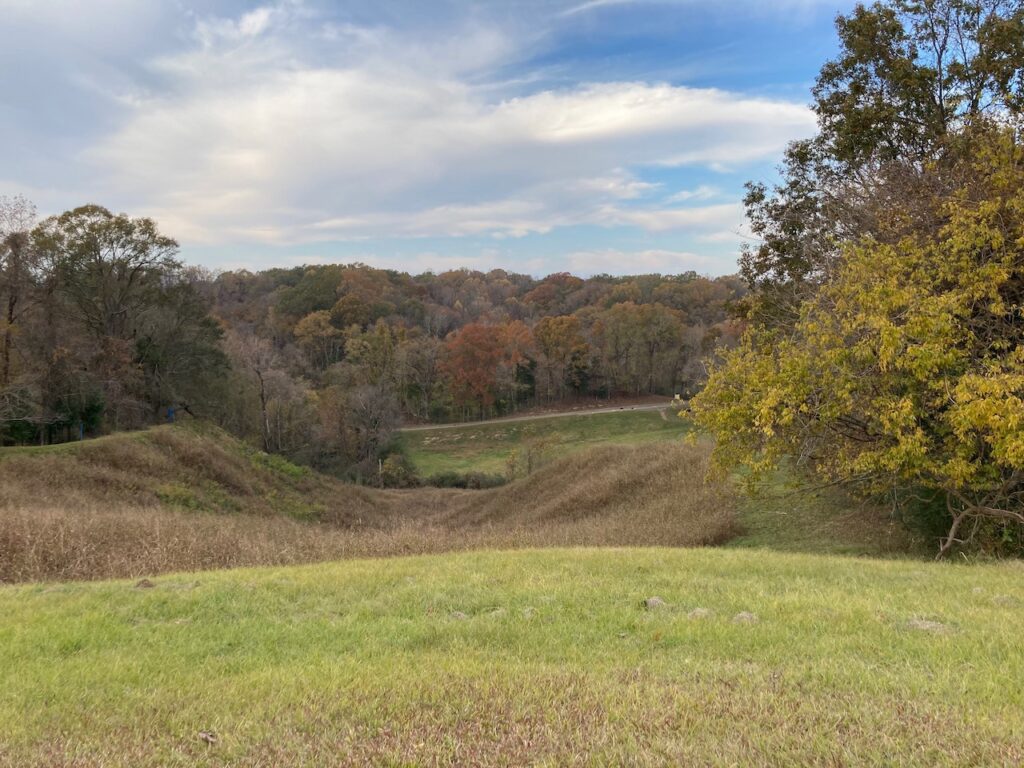

The Union and Confederate lines are documented with blue and red plaques throughout the park. In some places, the lines are only a couple of feet apart… Also, this was all farm land before the battle and, like most all of the Delta farm lands, probably cleared by hand.

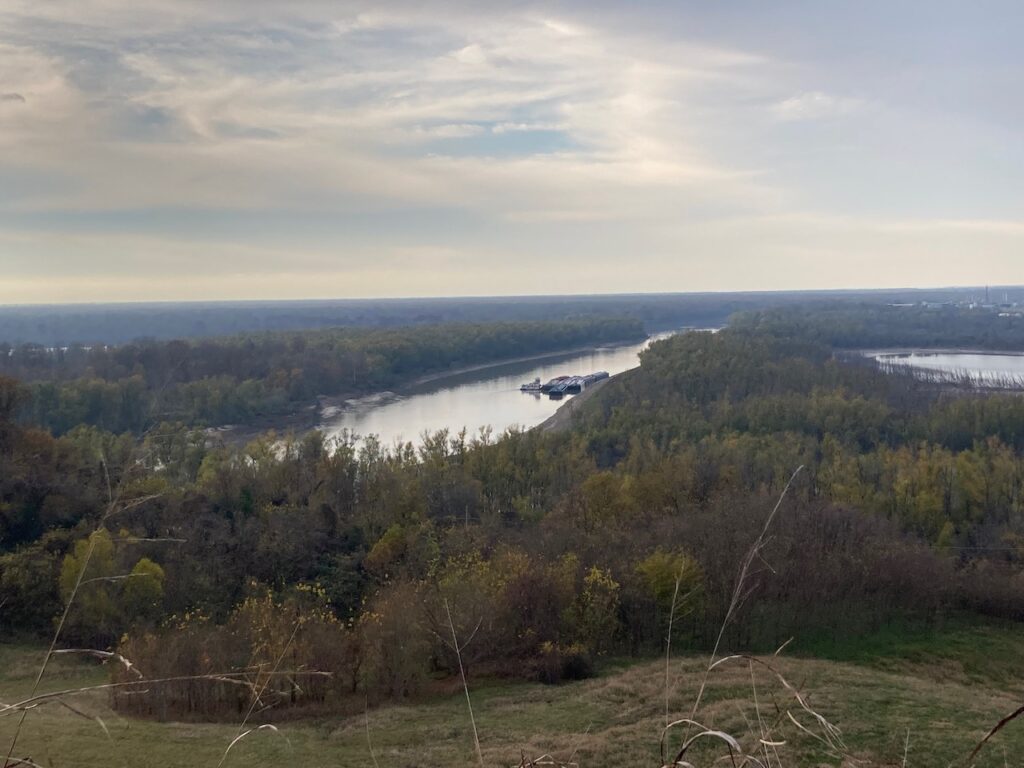
At the highest point in the park, you begin to understand why Vicksburg was so important a military asset. It was the highest terrain we had seen since Memphis.
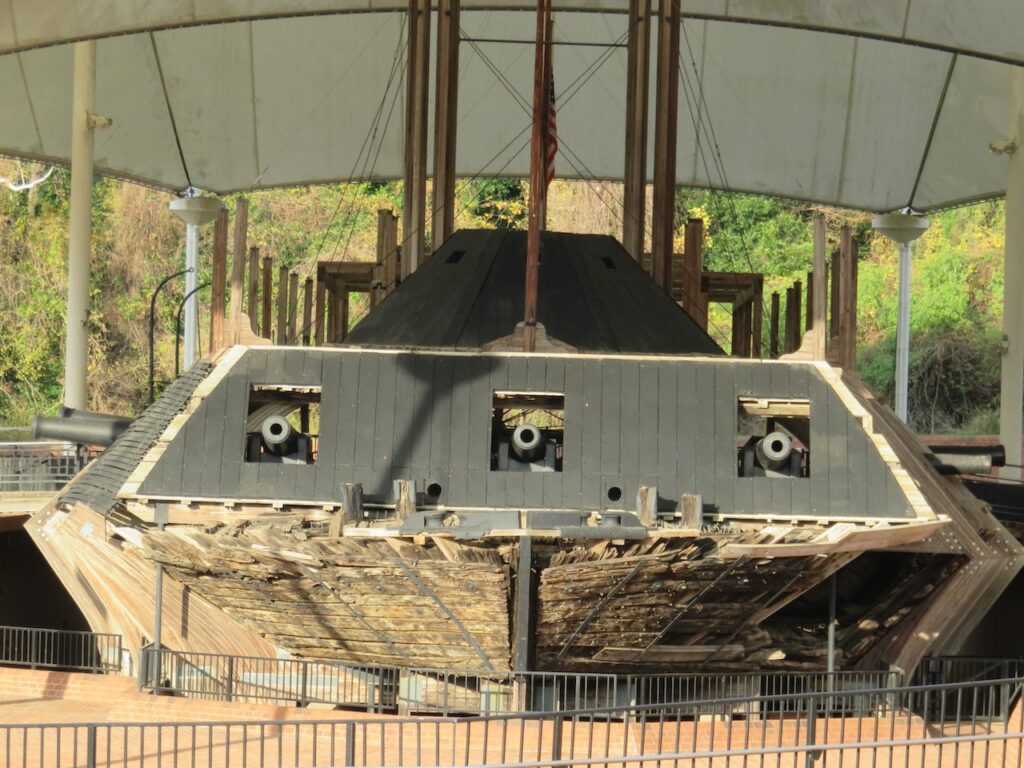
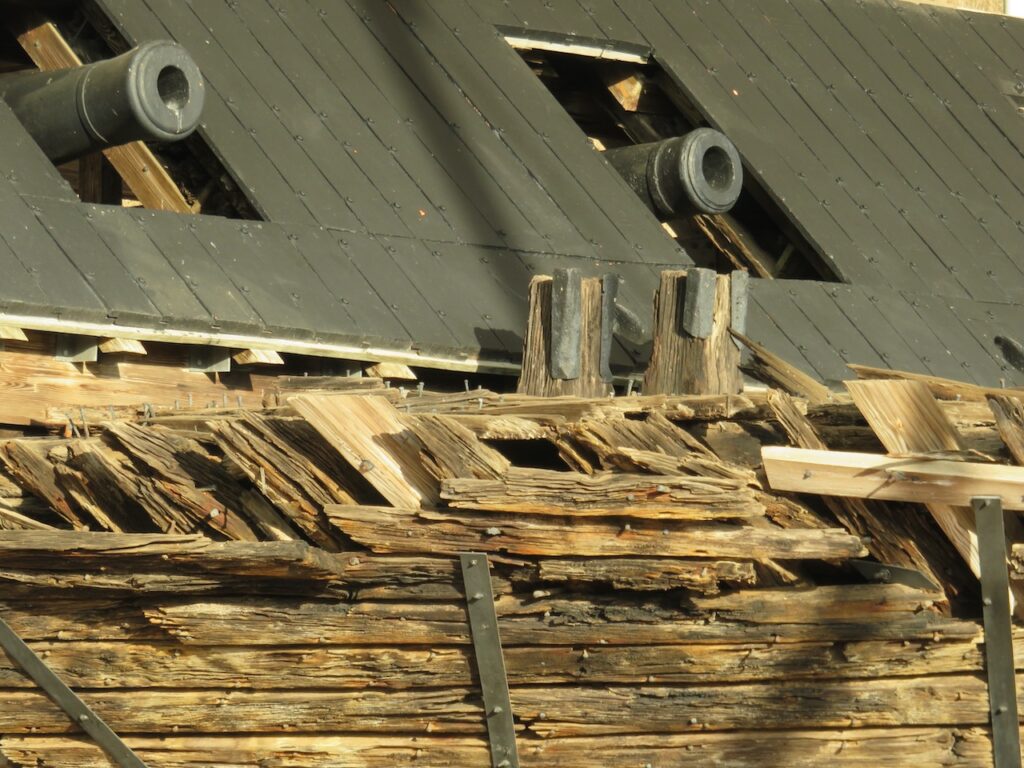


The USS Cairo was one of seven ironclads, naval military vessels designed to navigate the river’s shallows. The Cairo was damaged in the battle of Vicksburg, sunk and was recovered in 1964. The museum has reconstructed the Cairo from parts salvaged from the original.



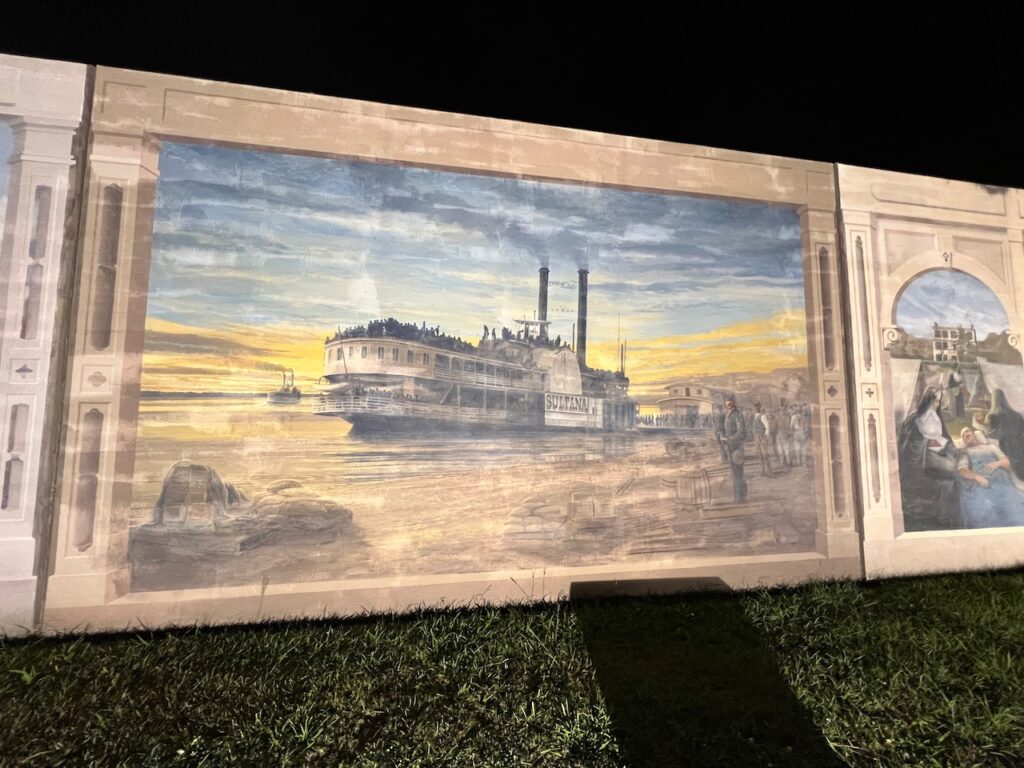
The Riverfront Murals on Catfish Row, the downtown arts district in Vicksburg.
